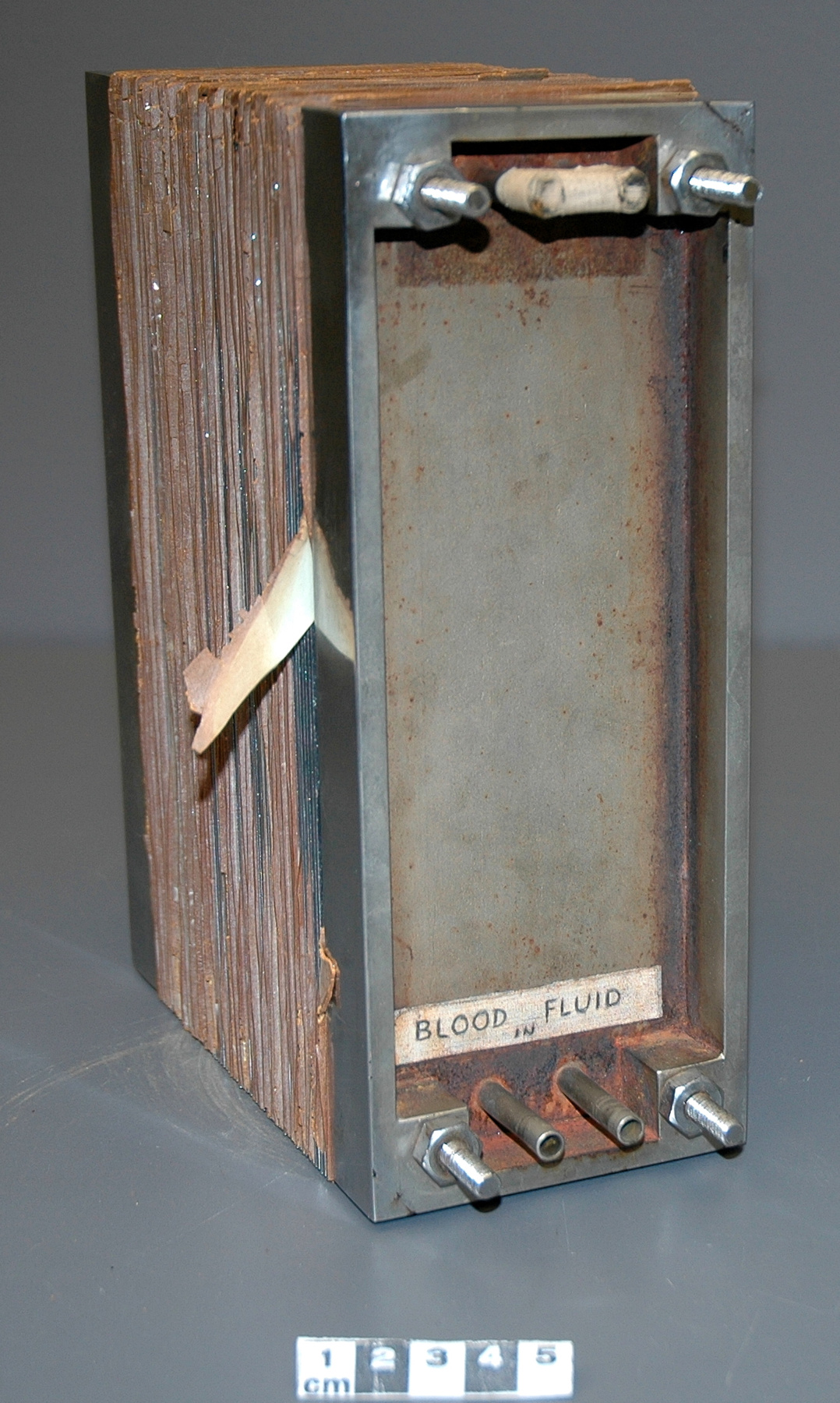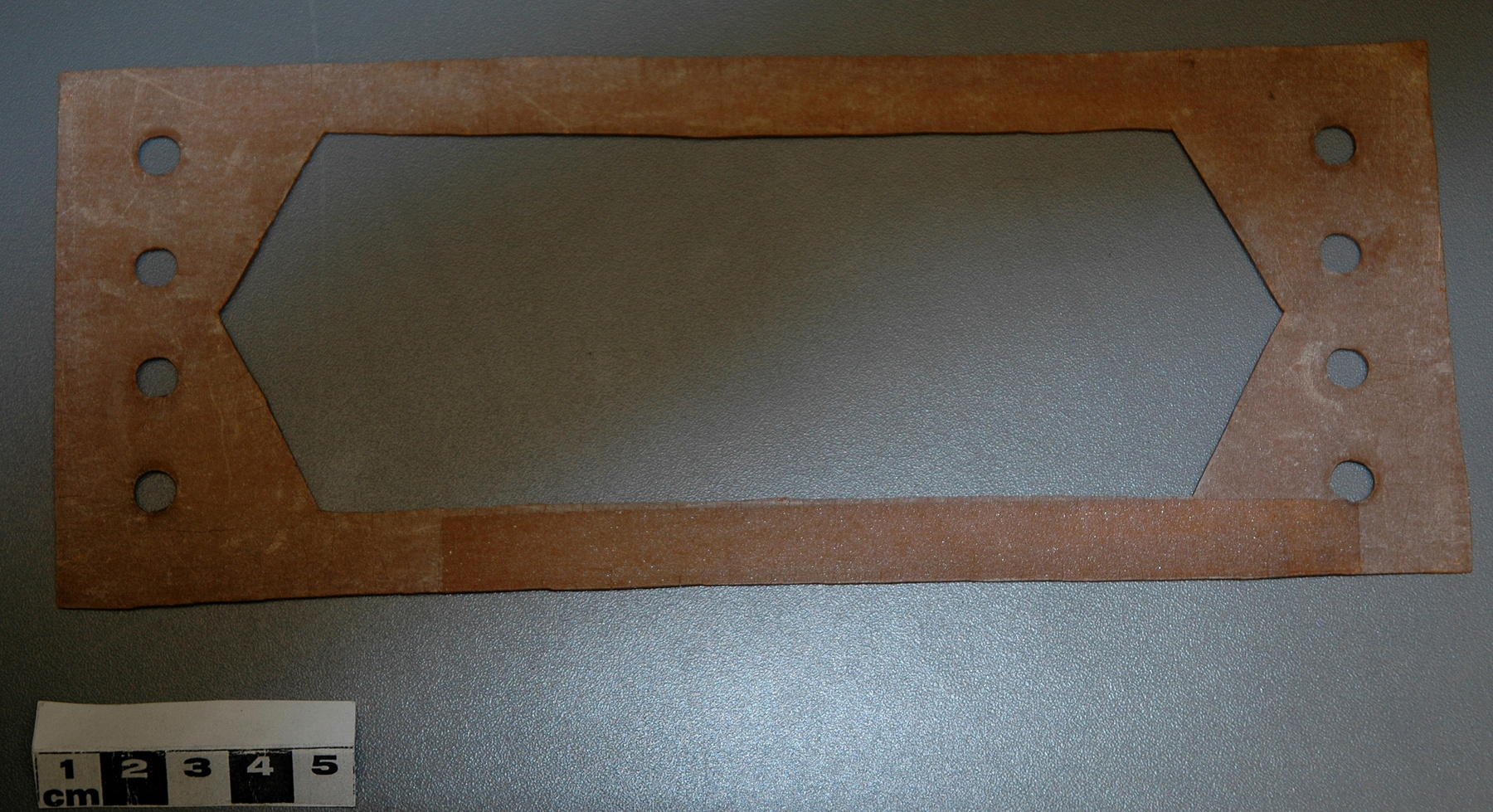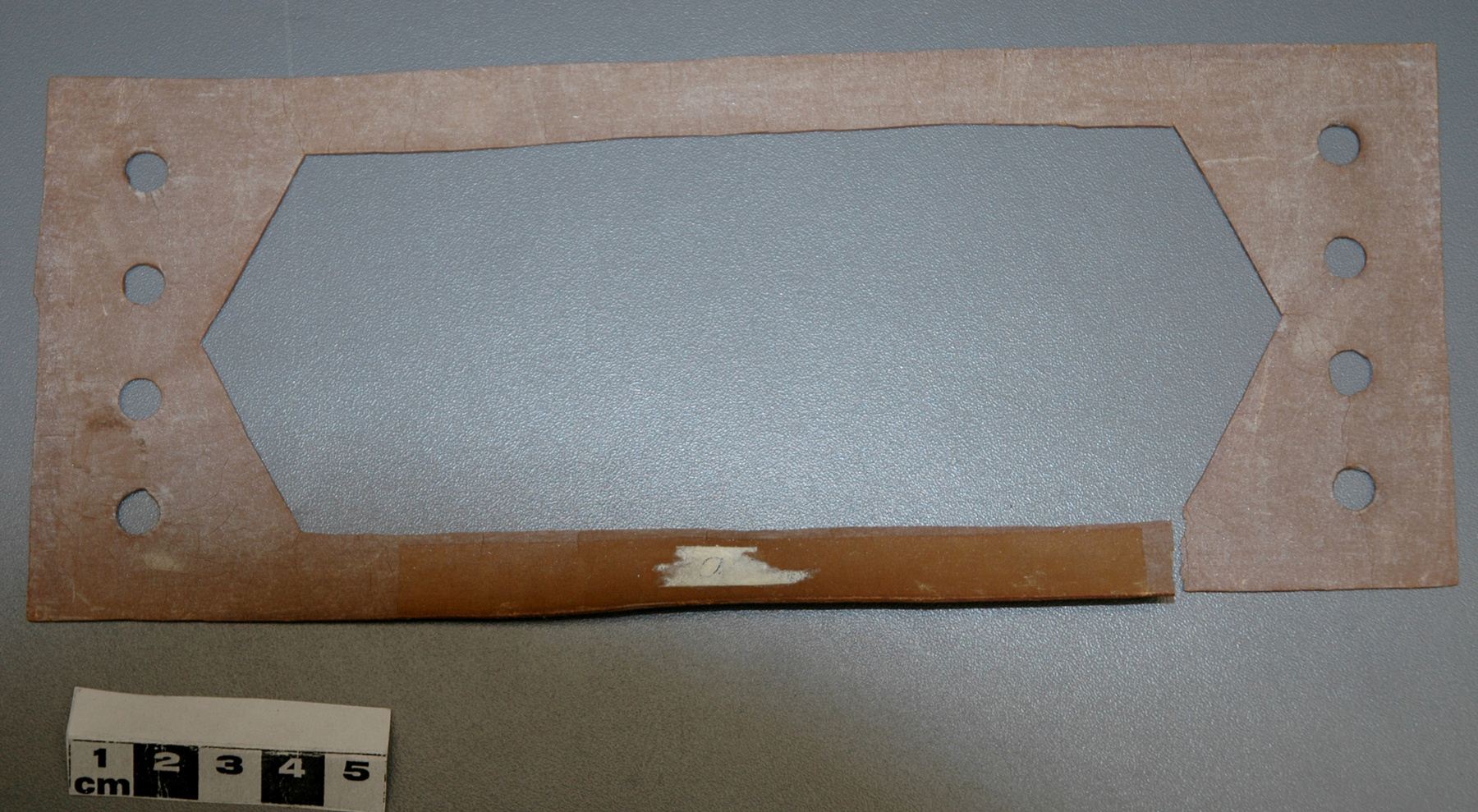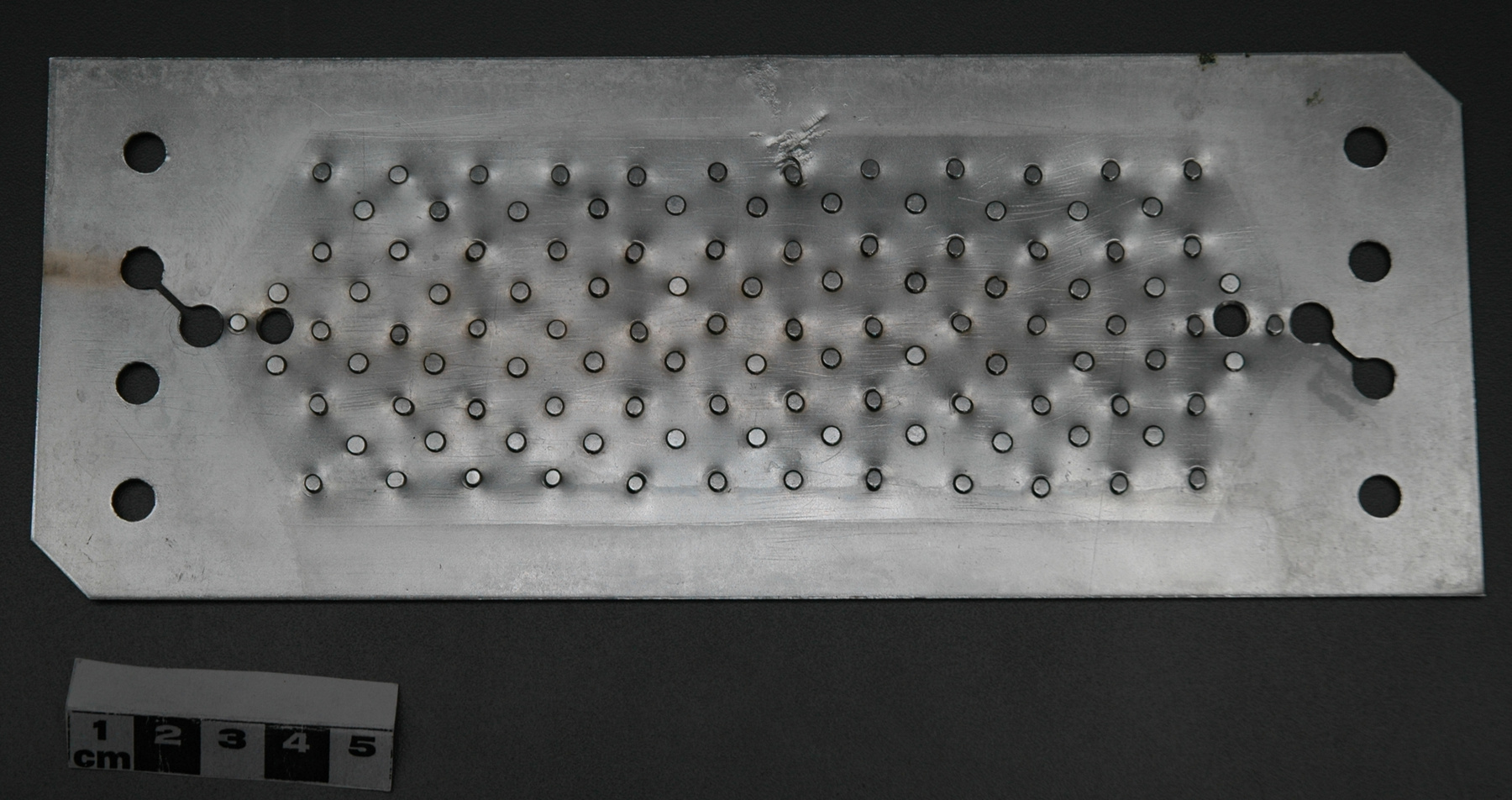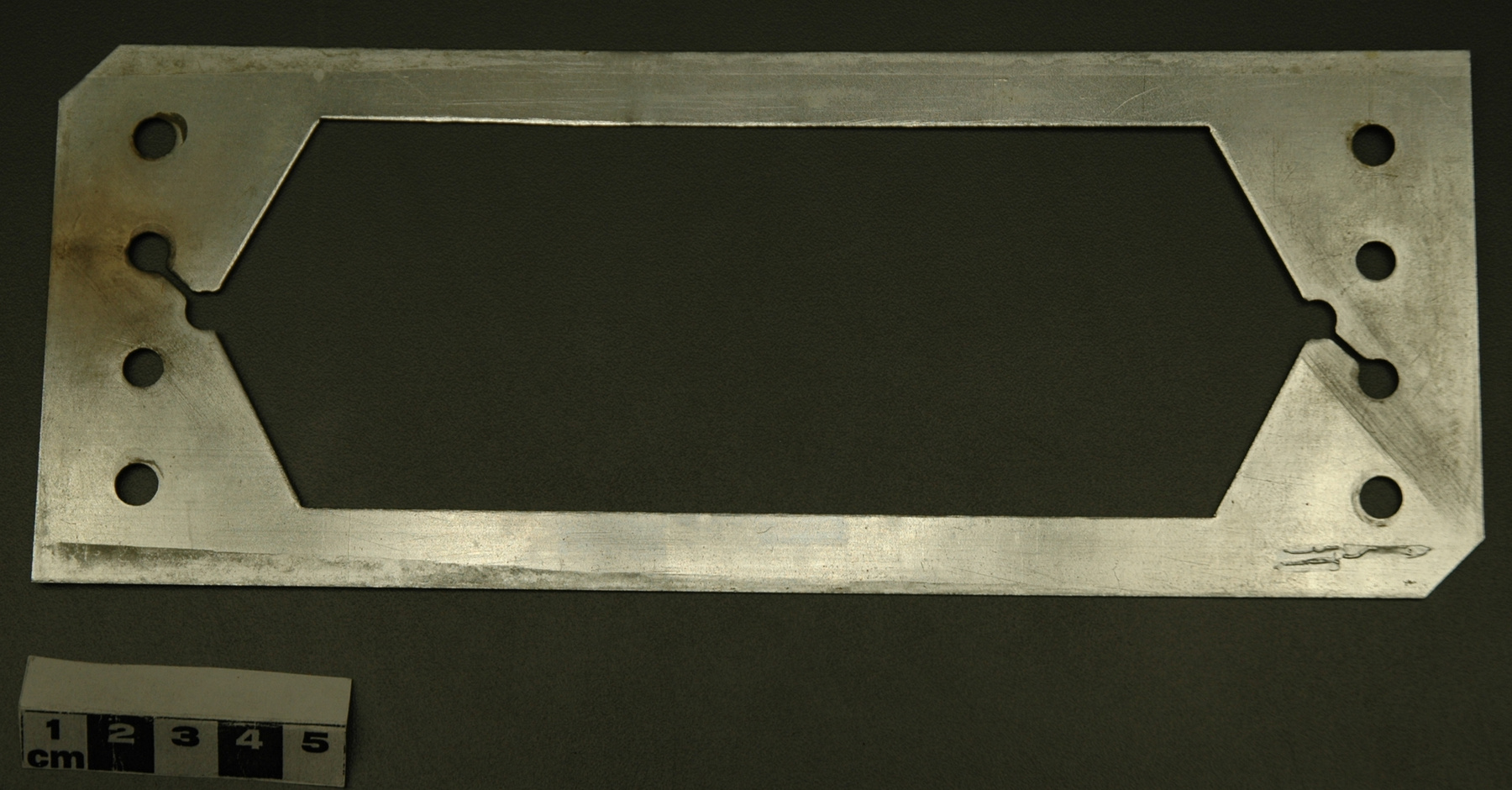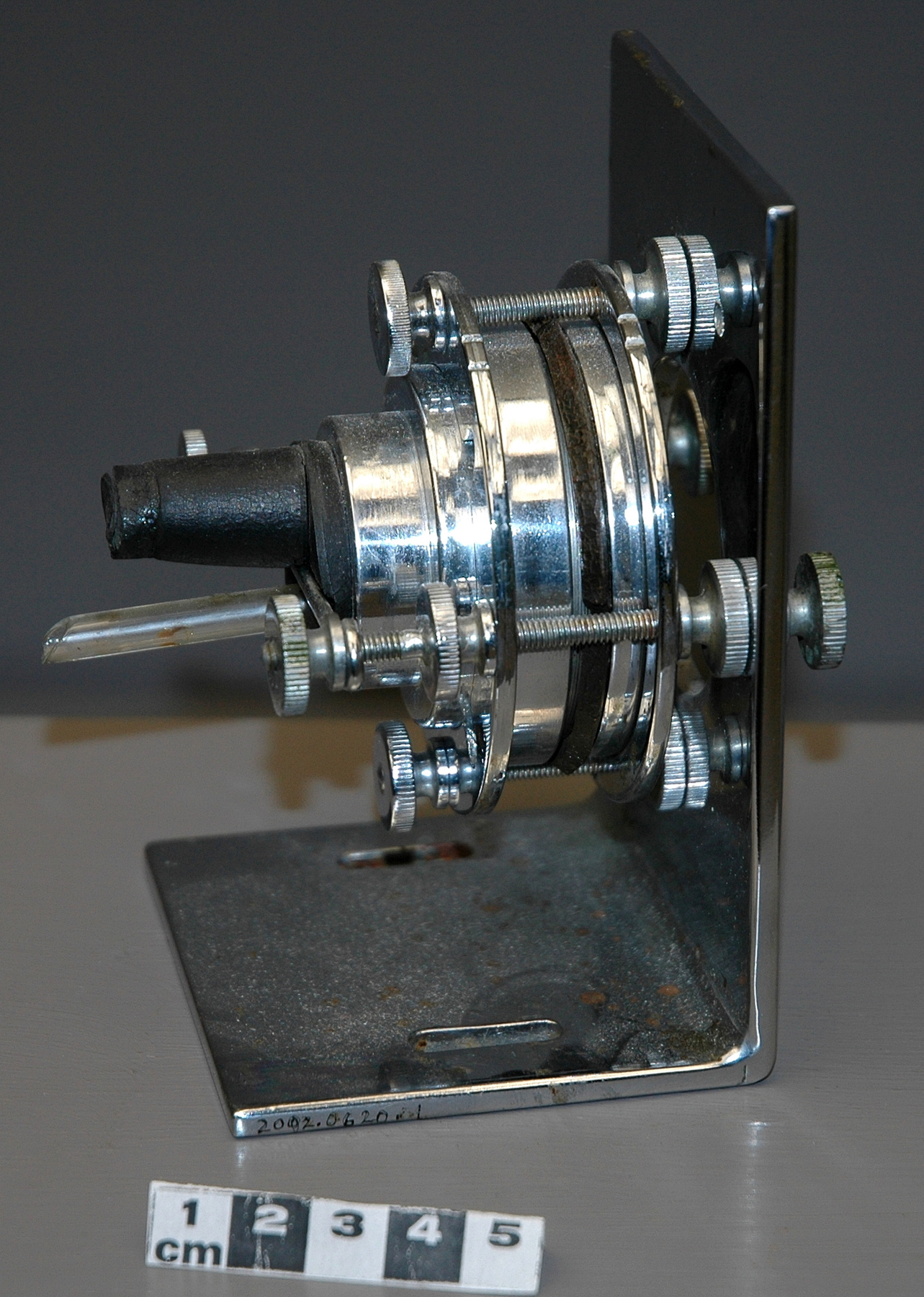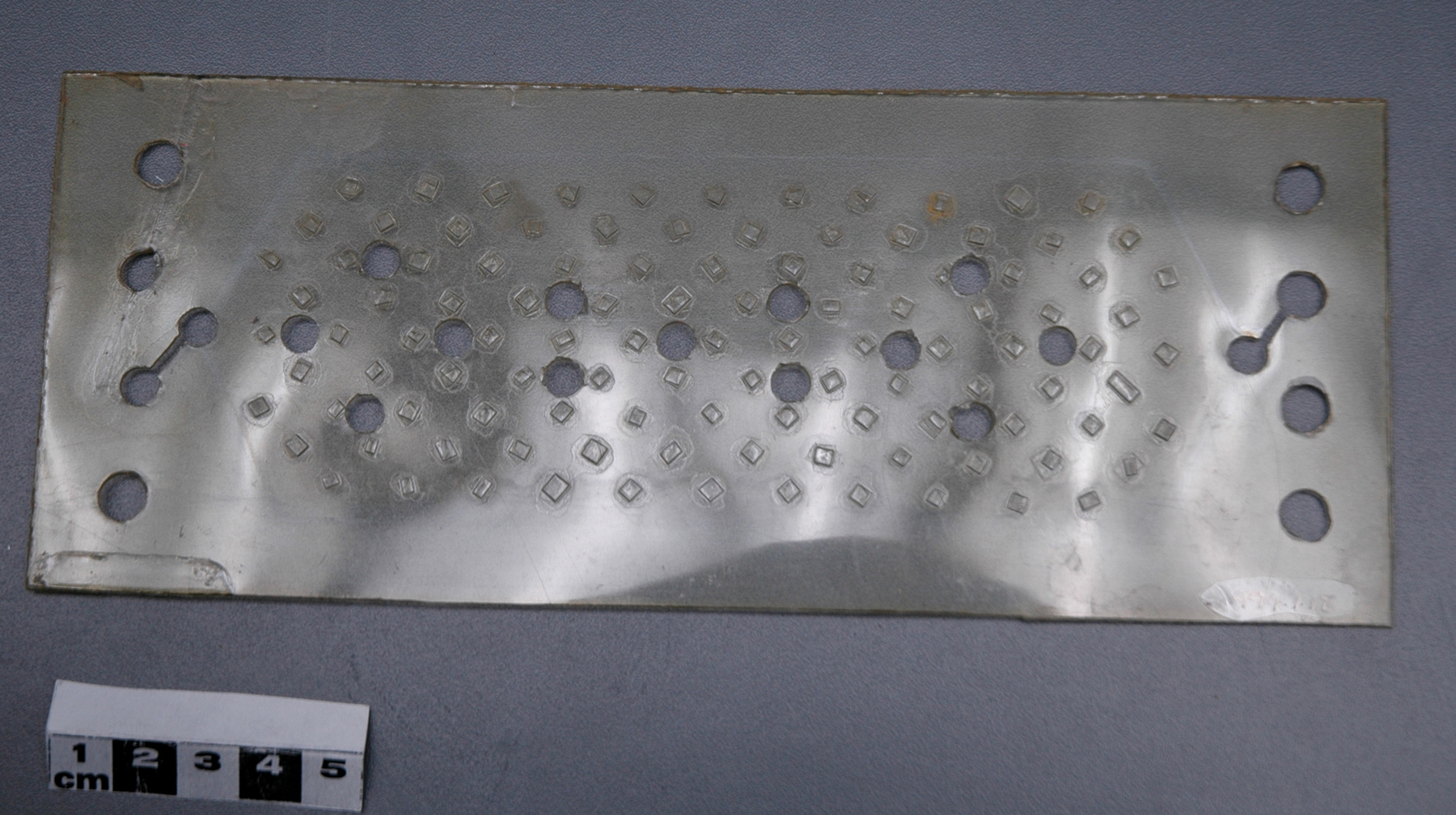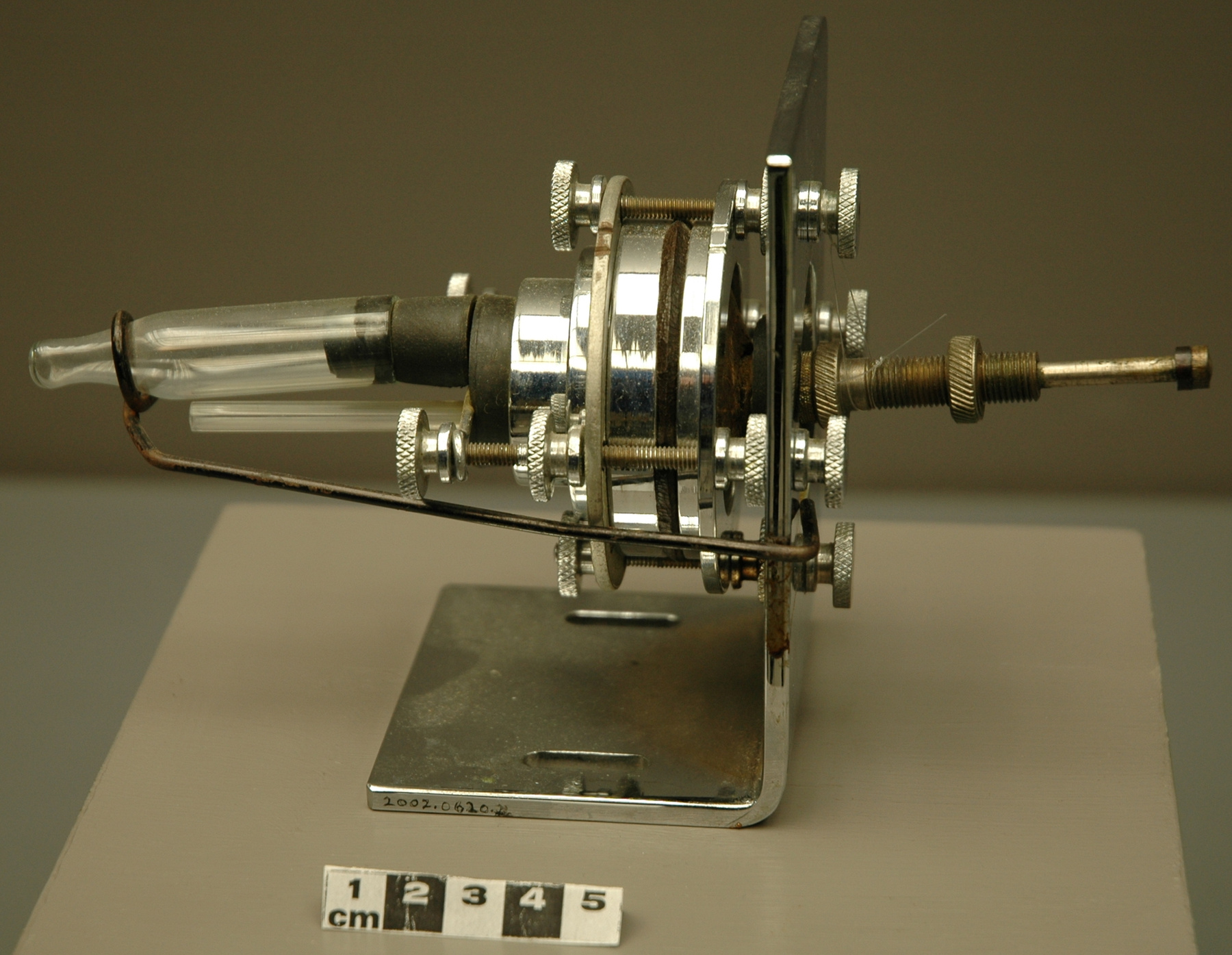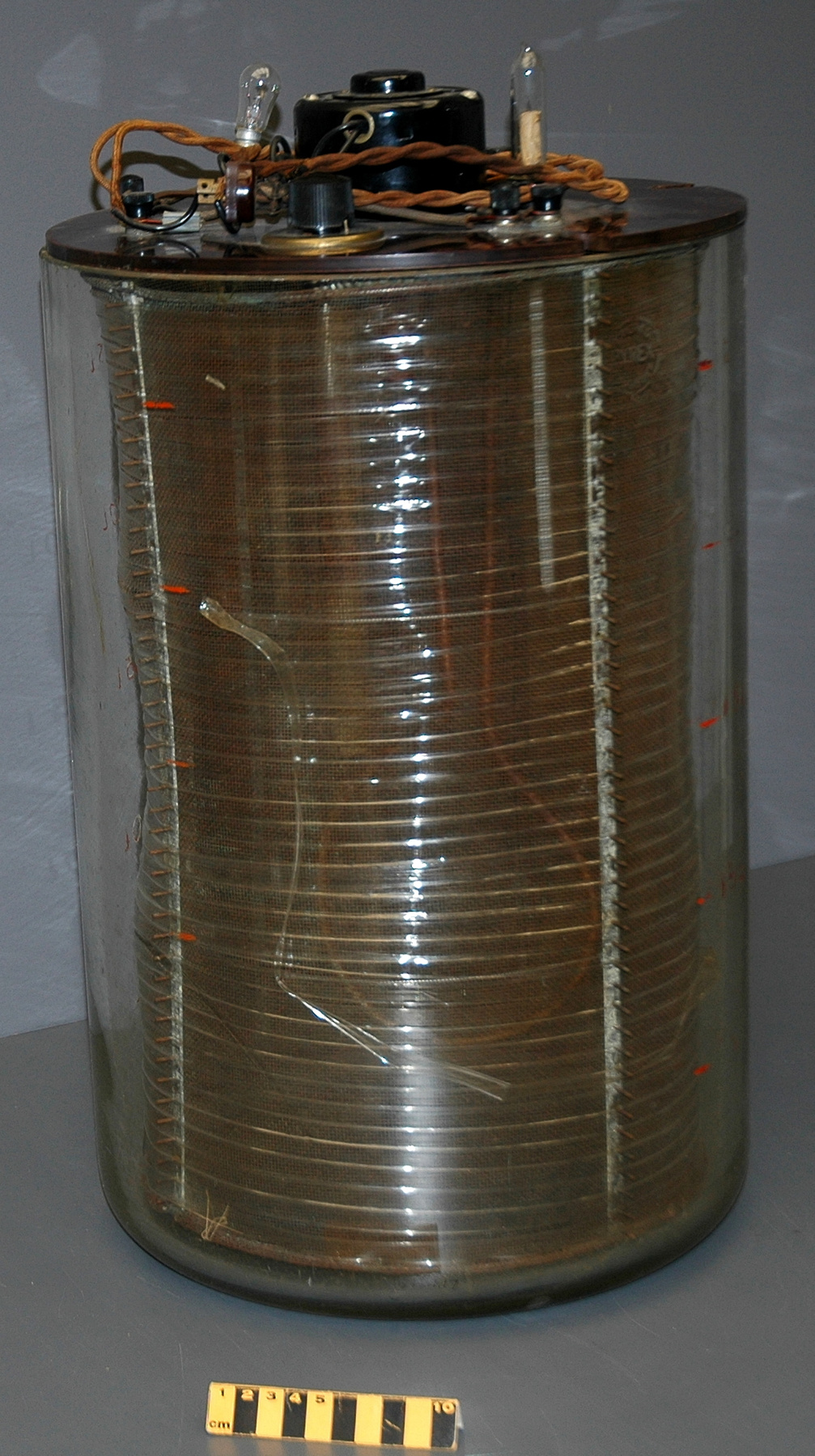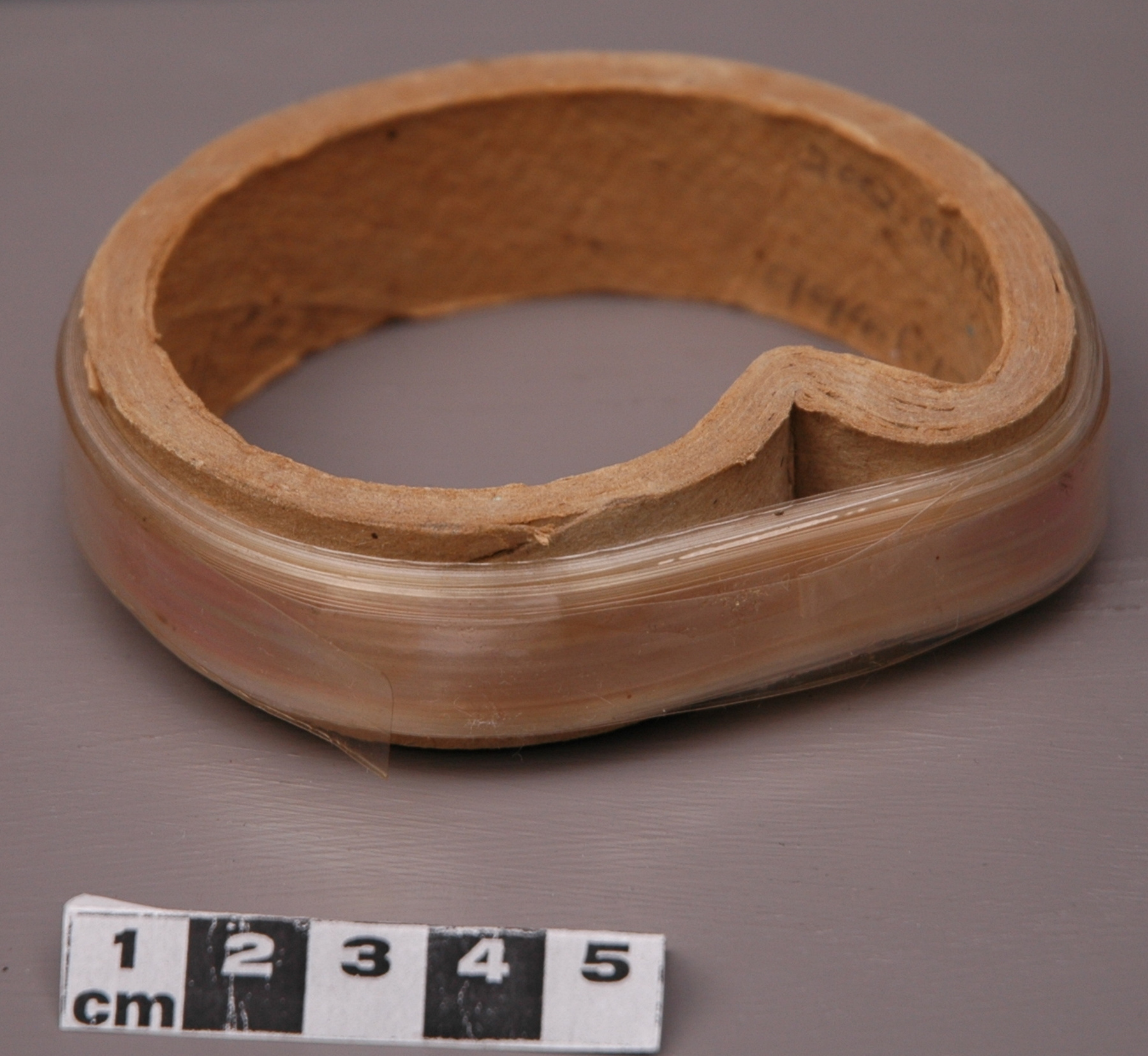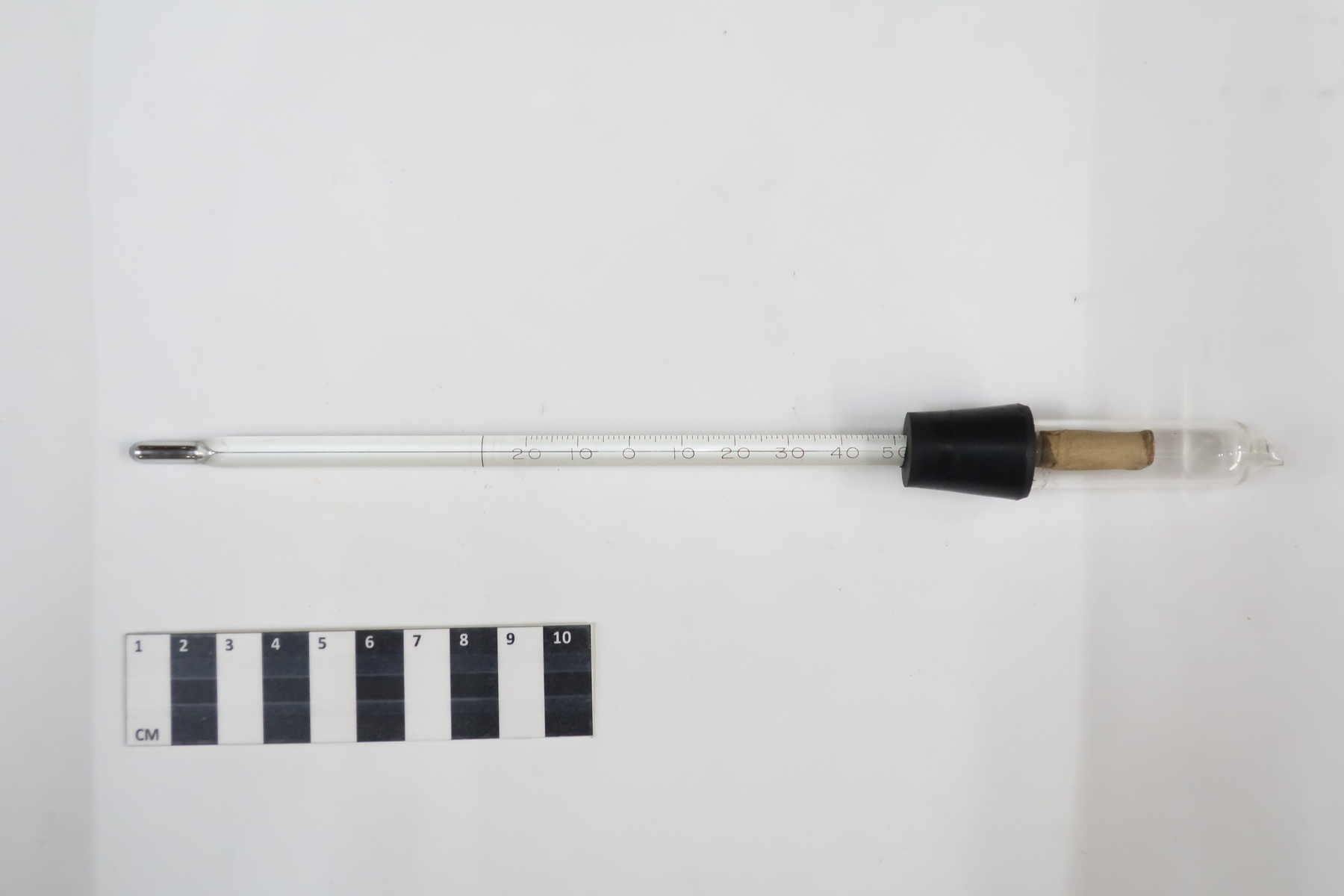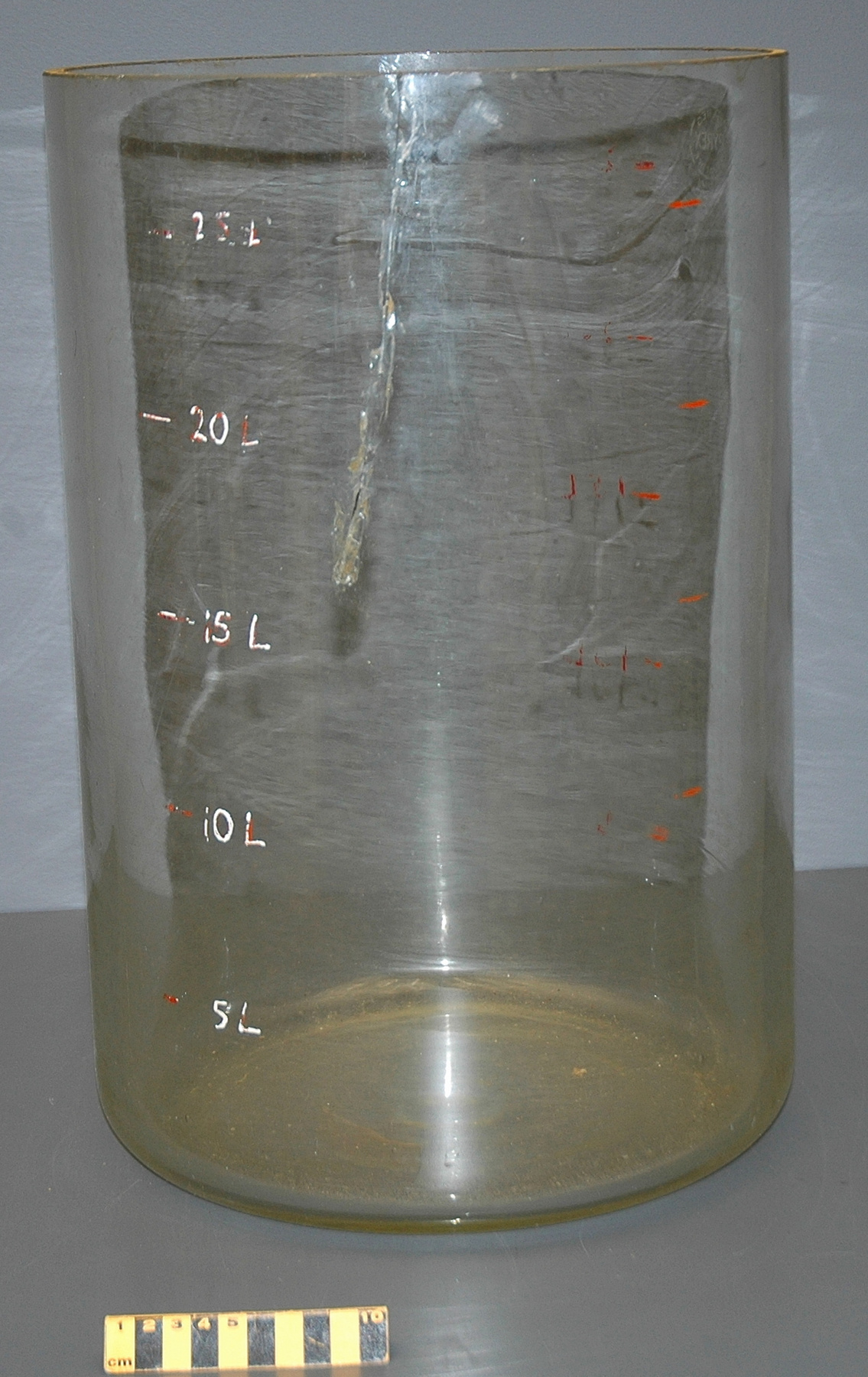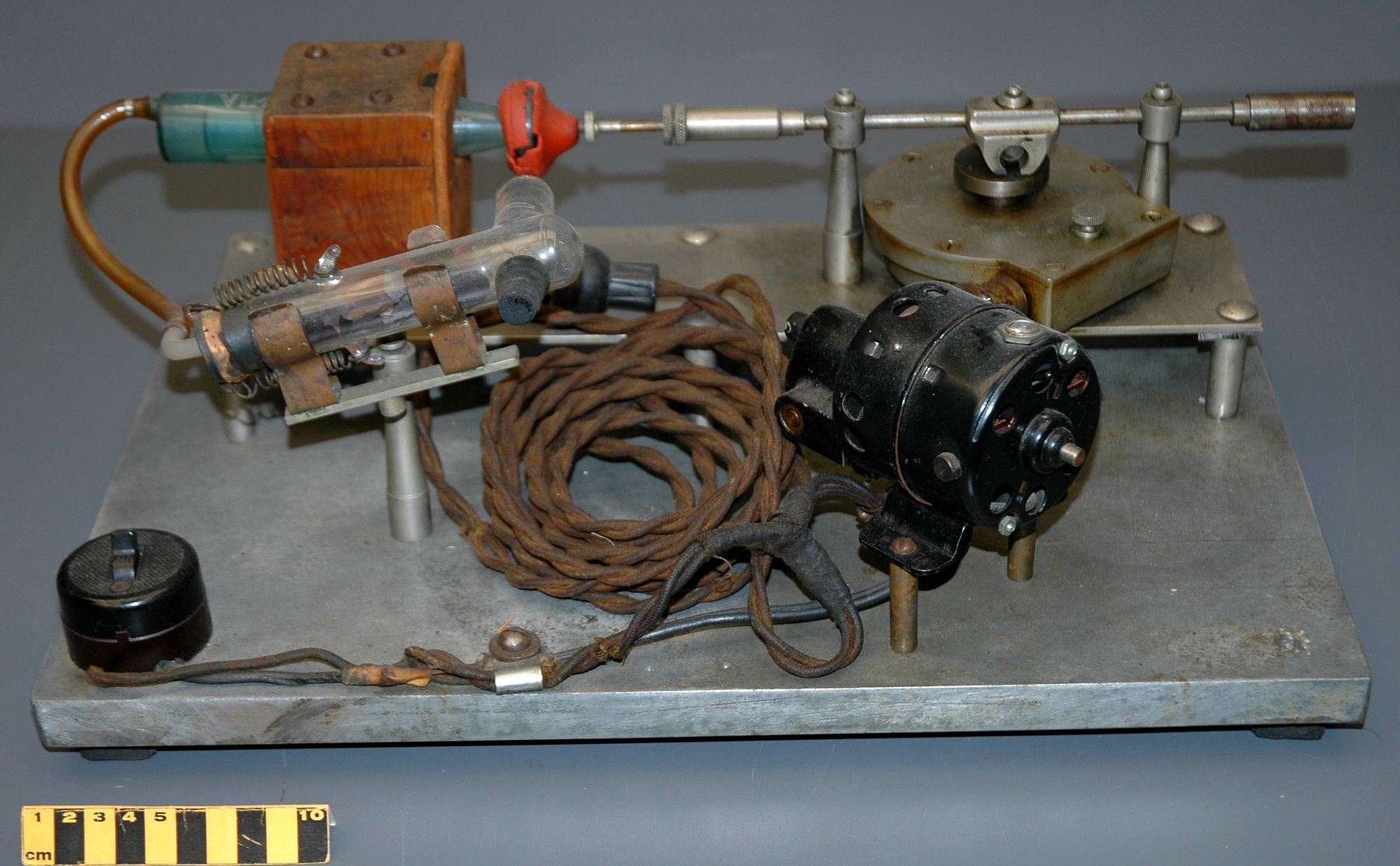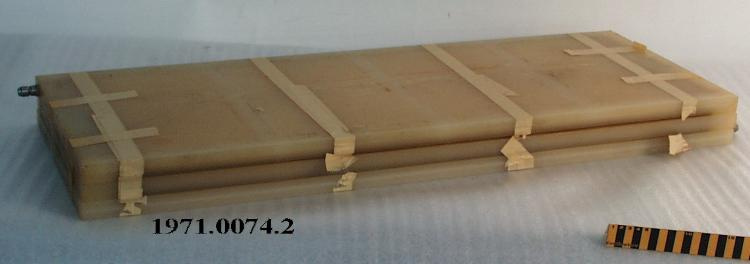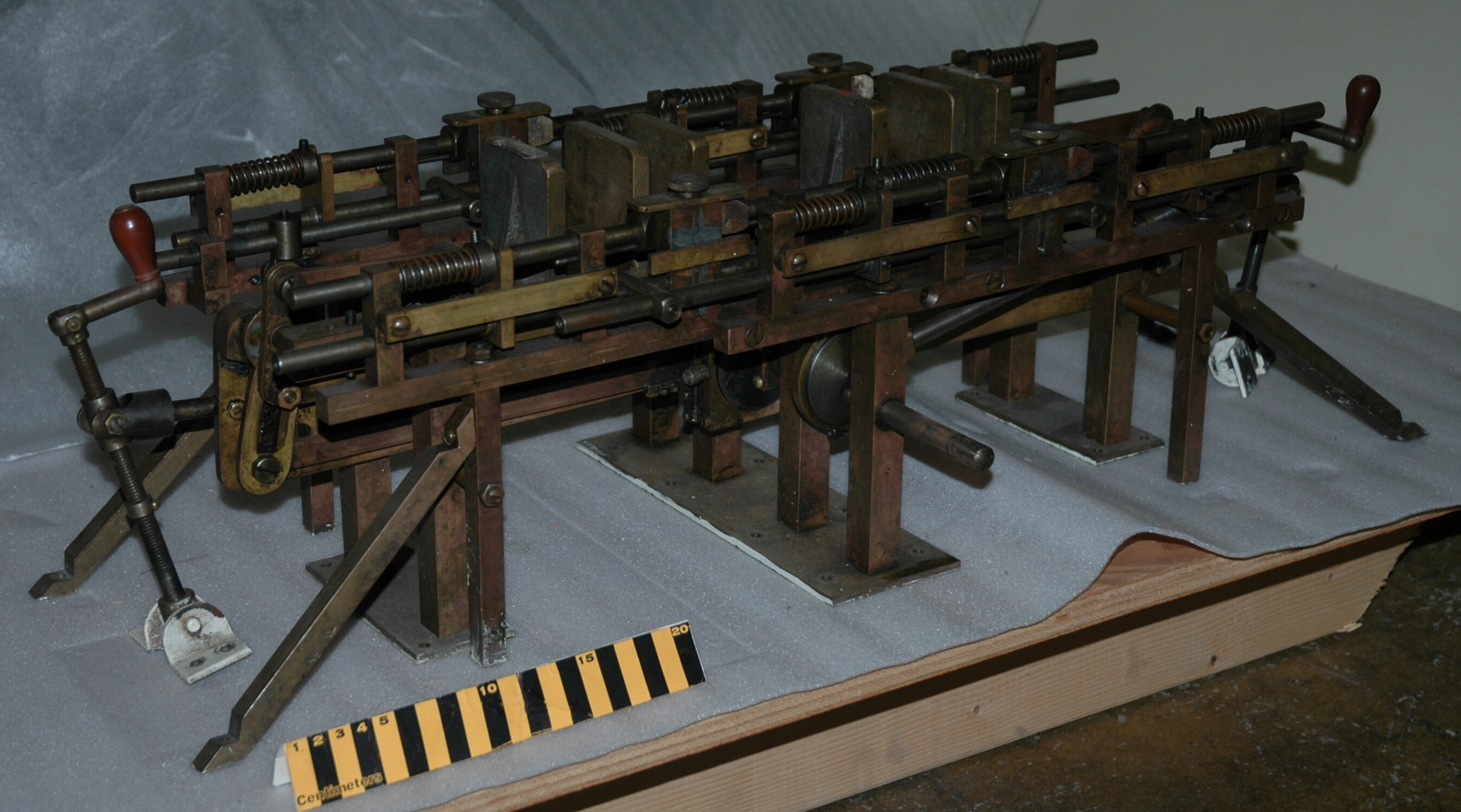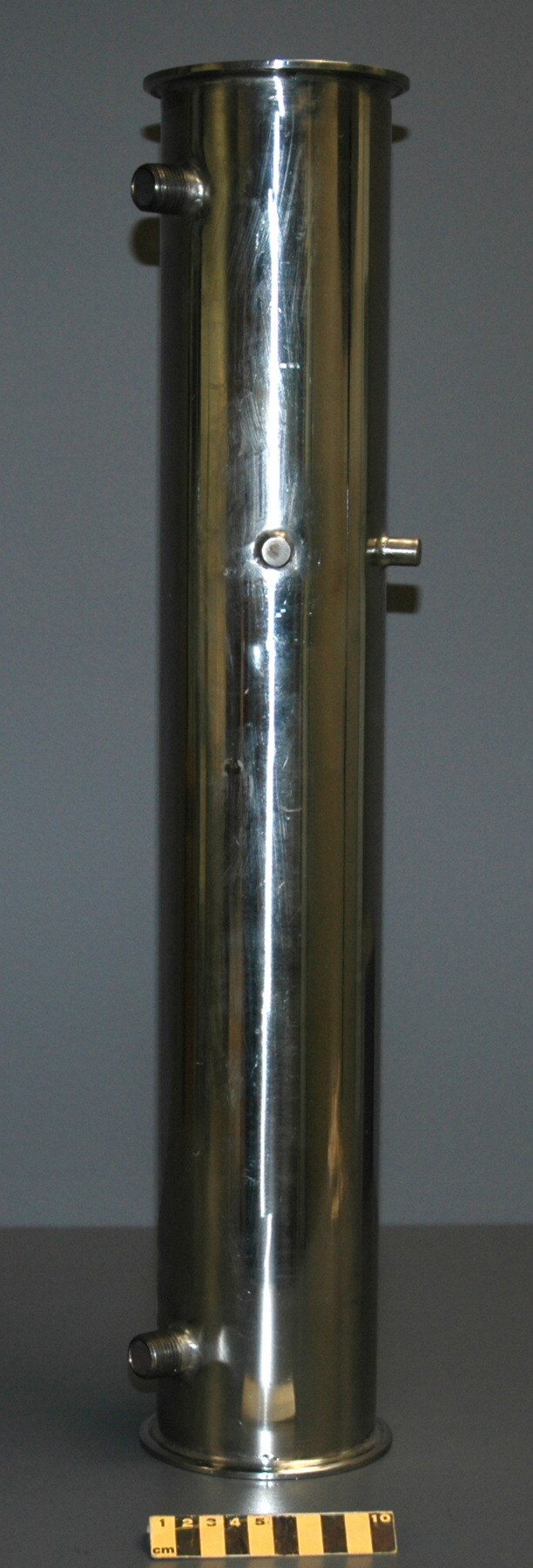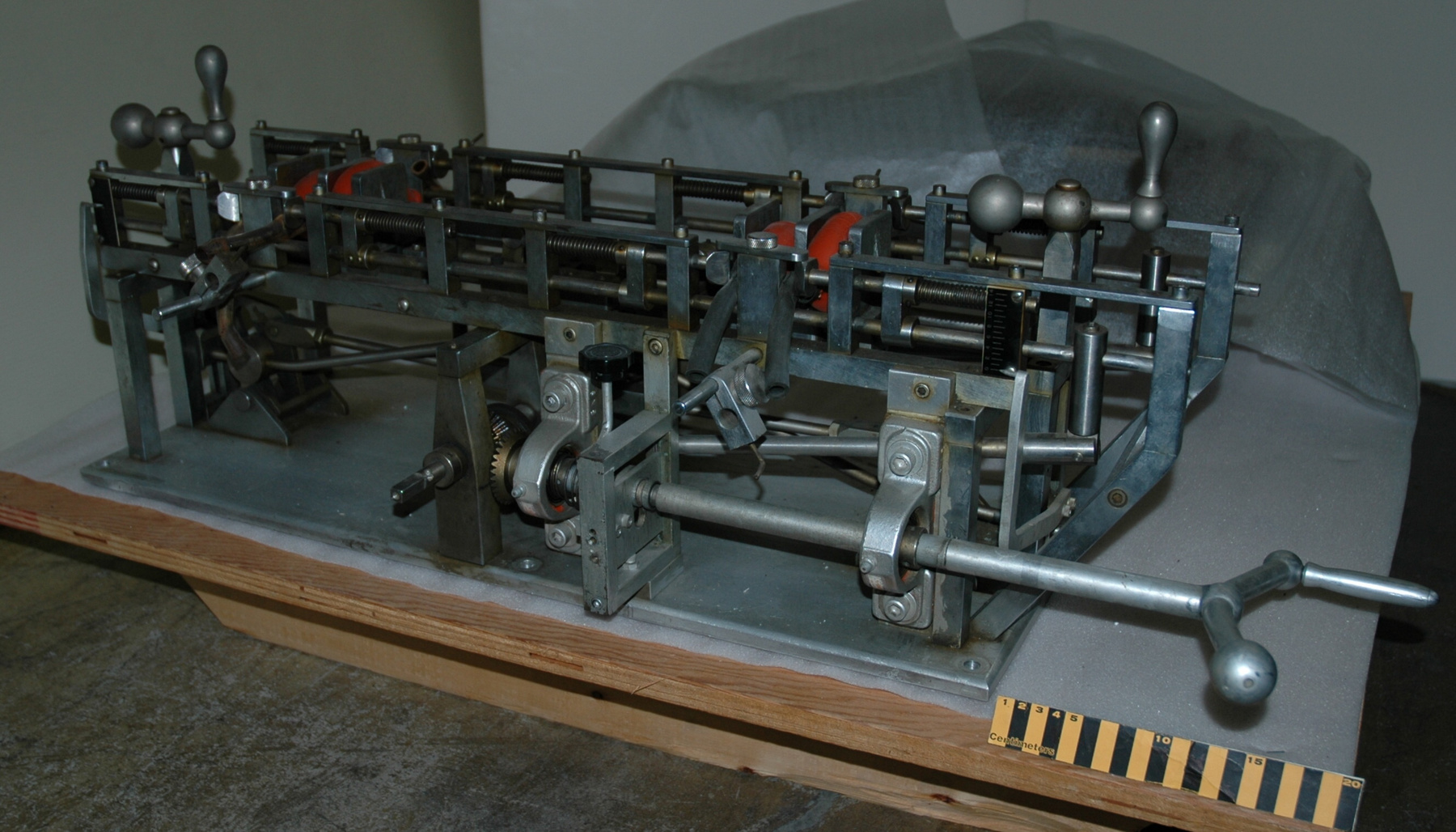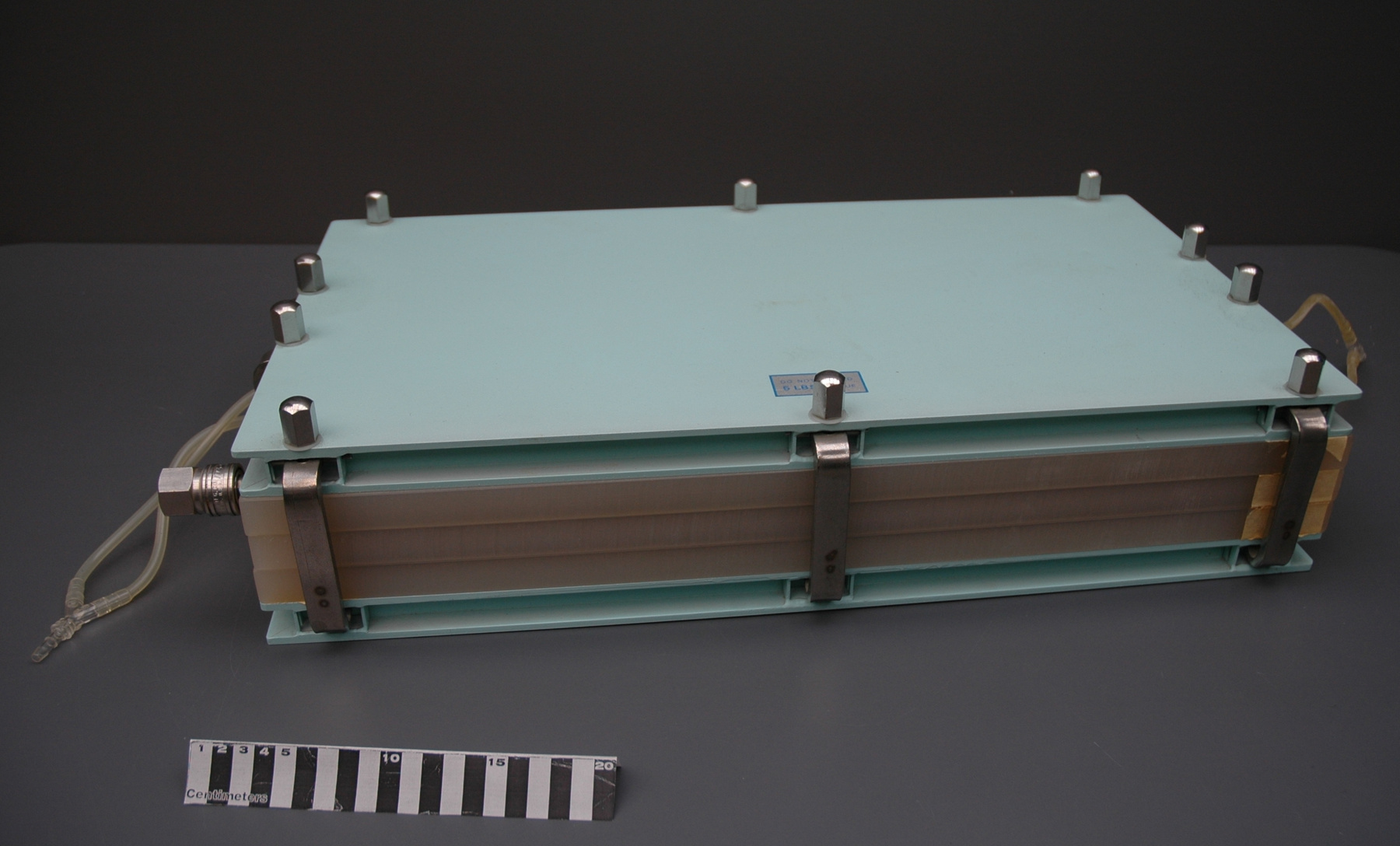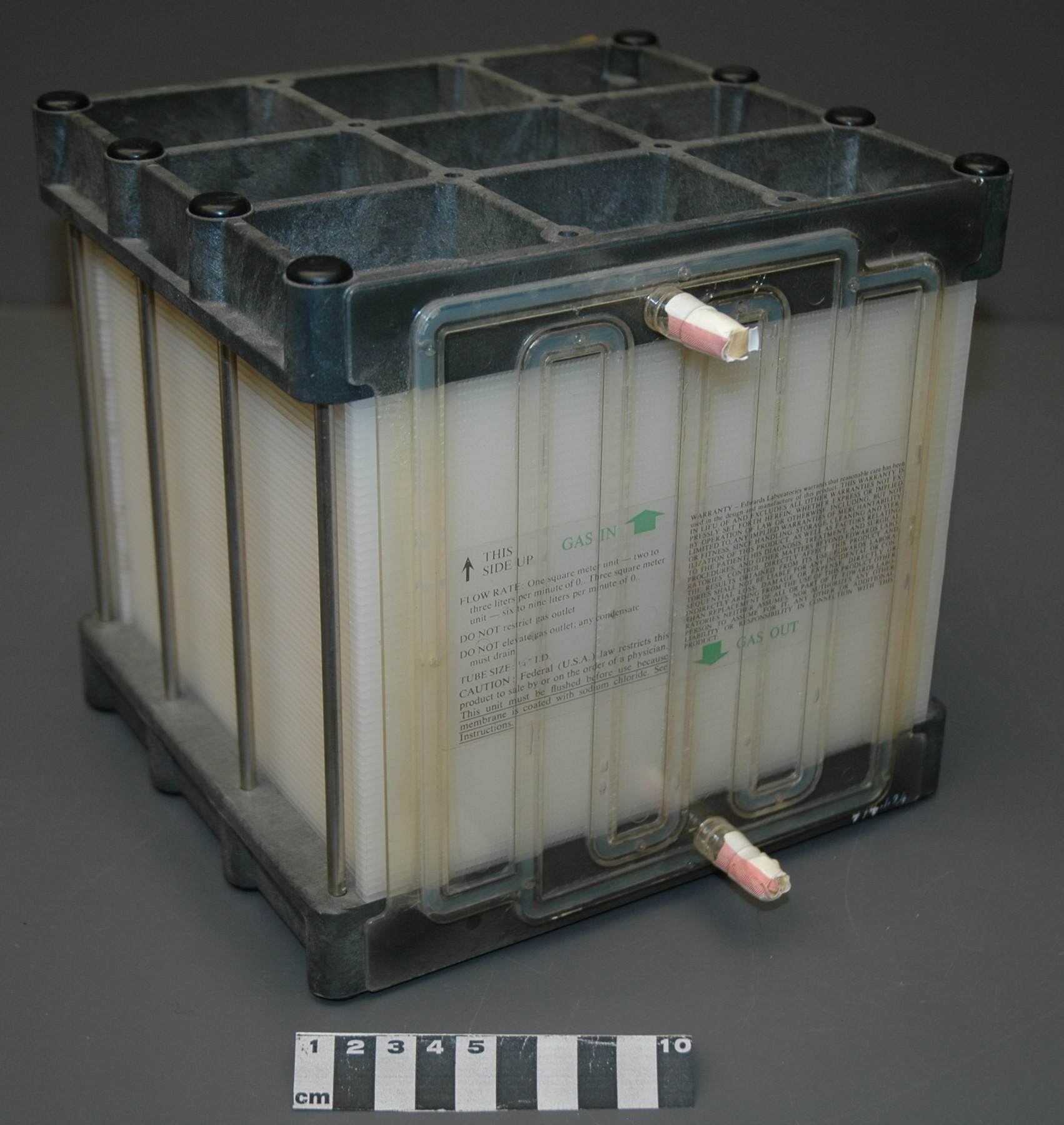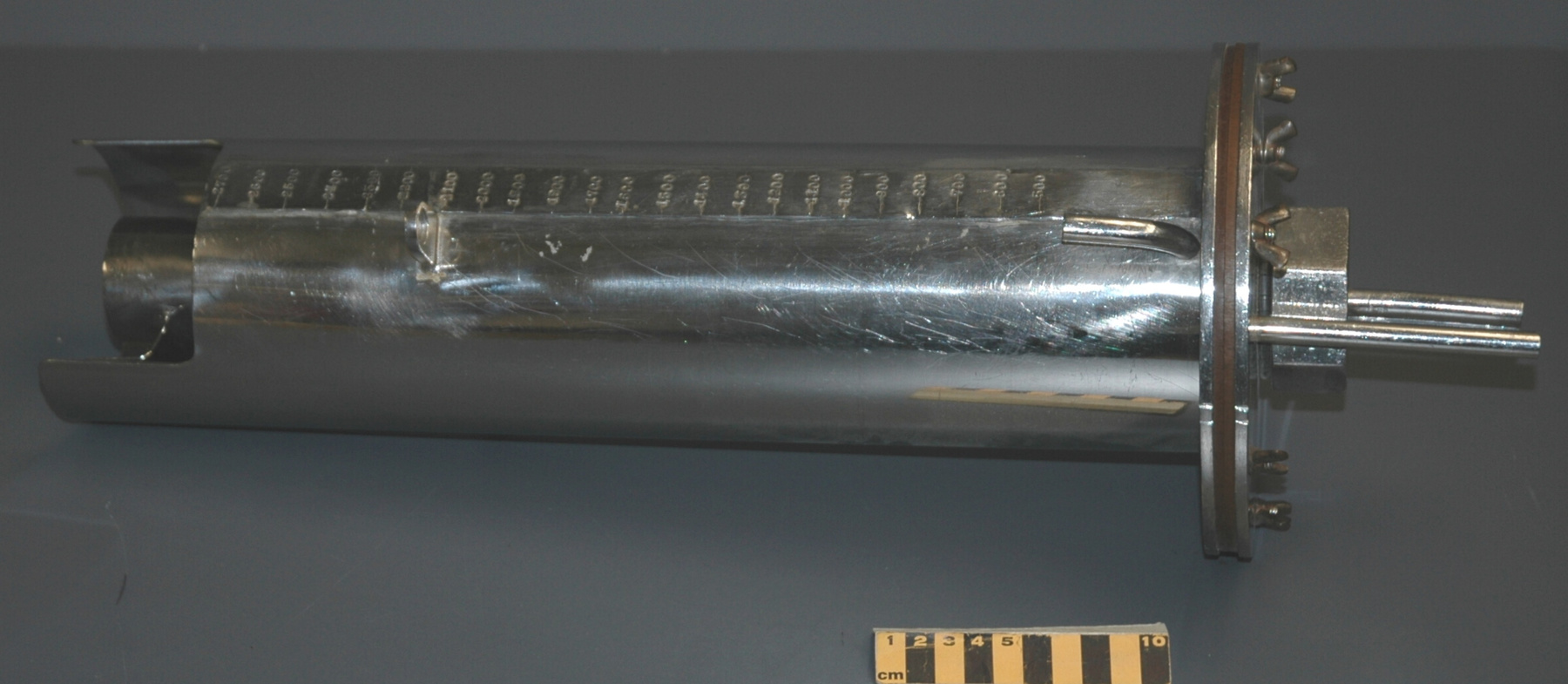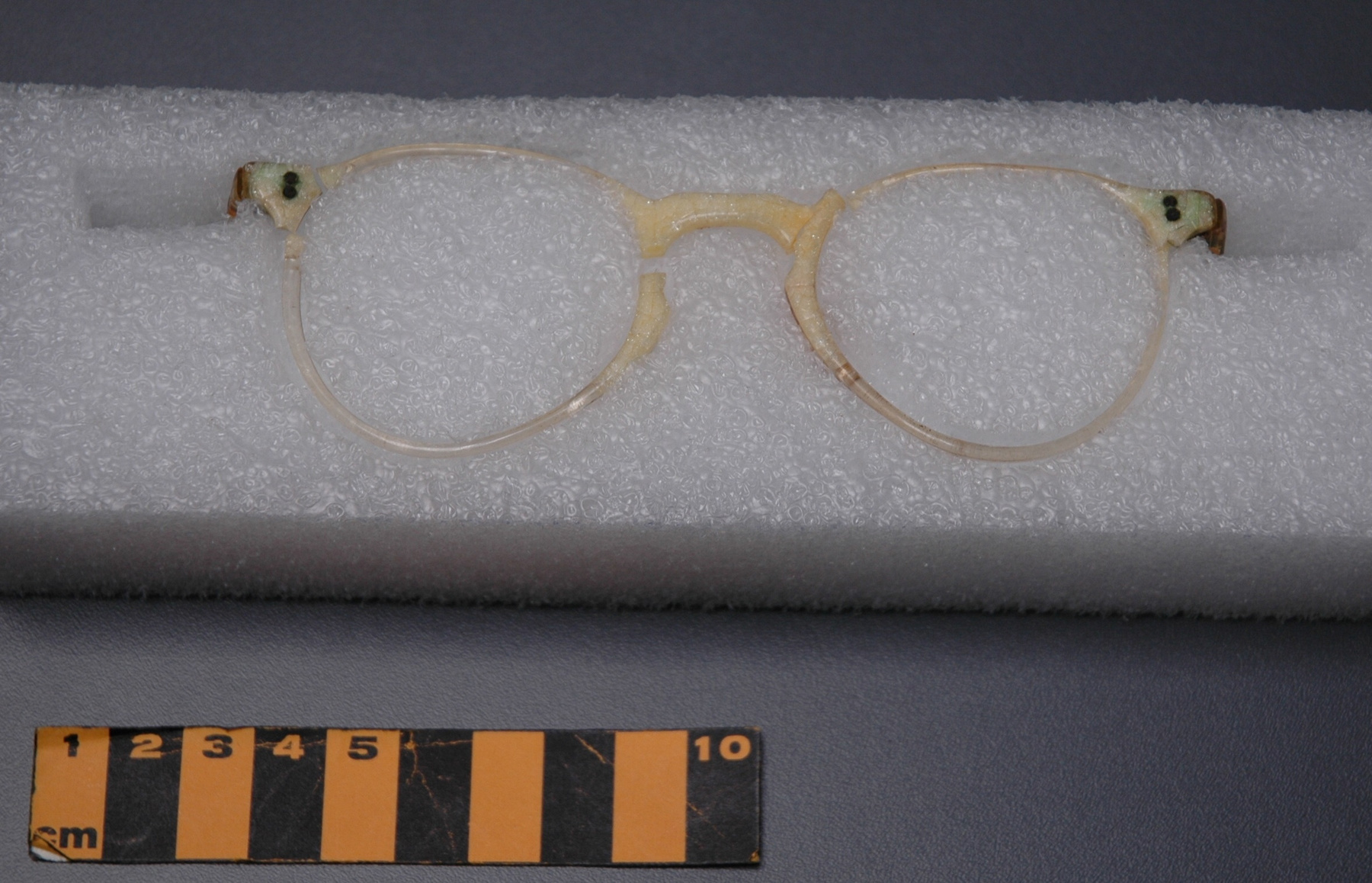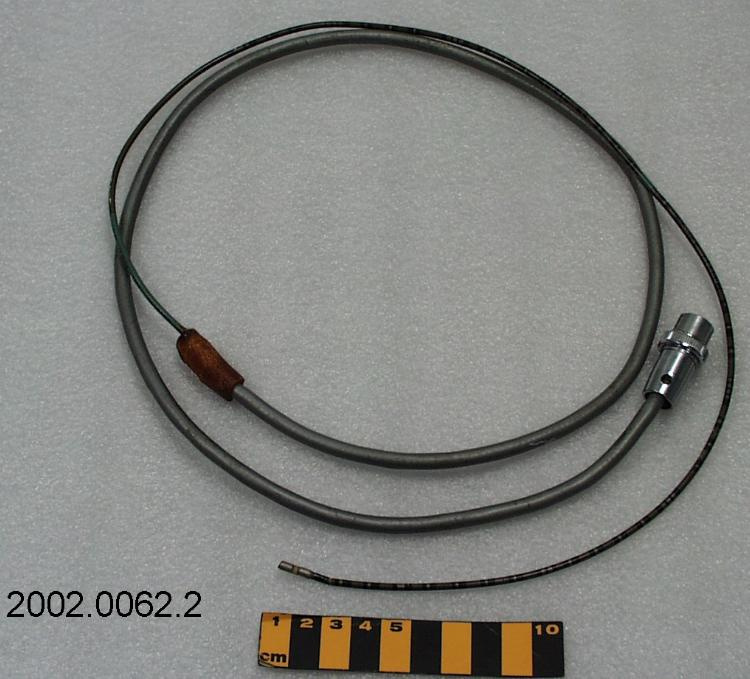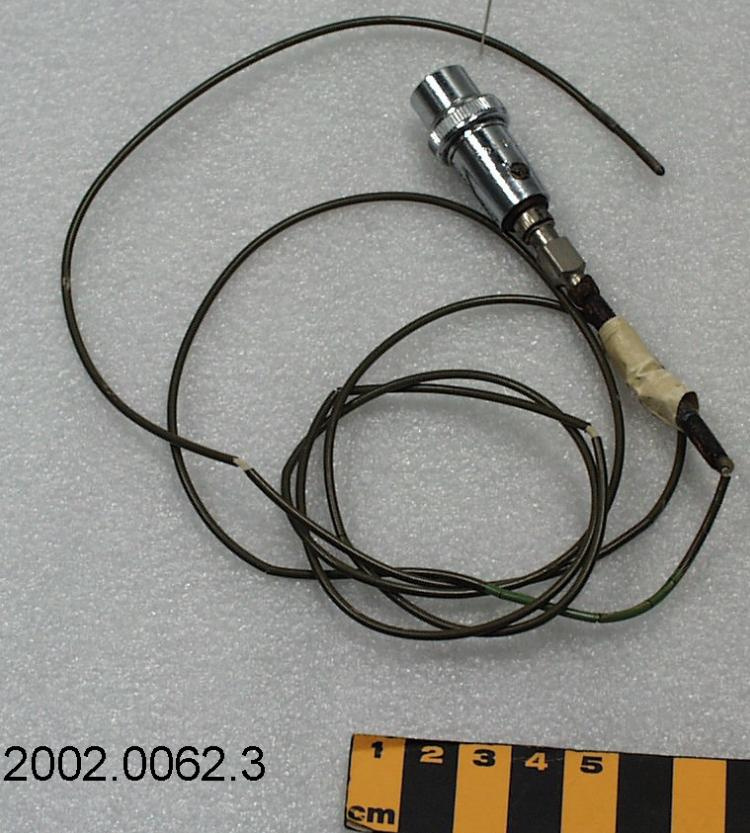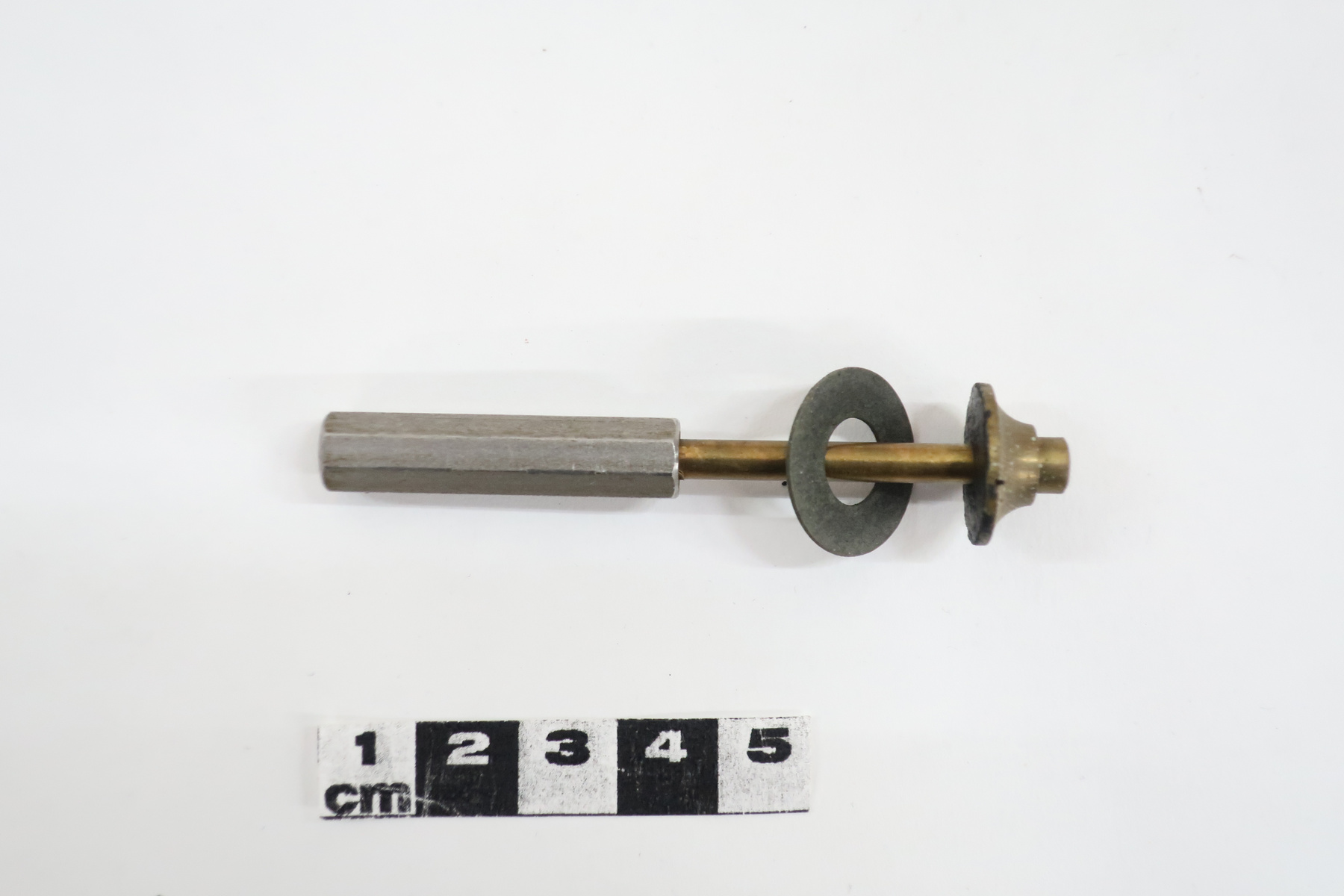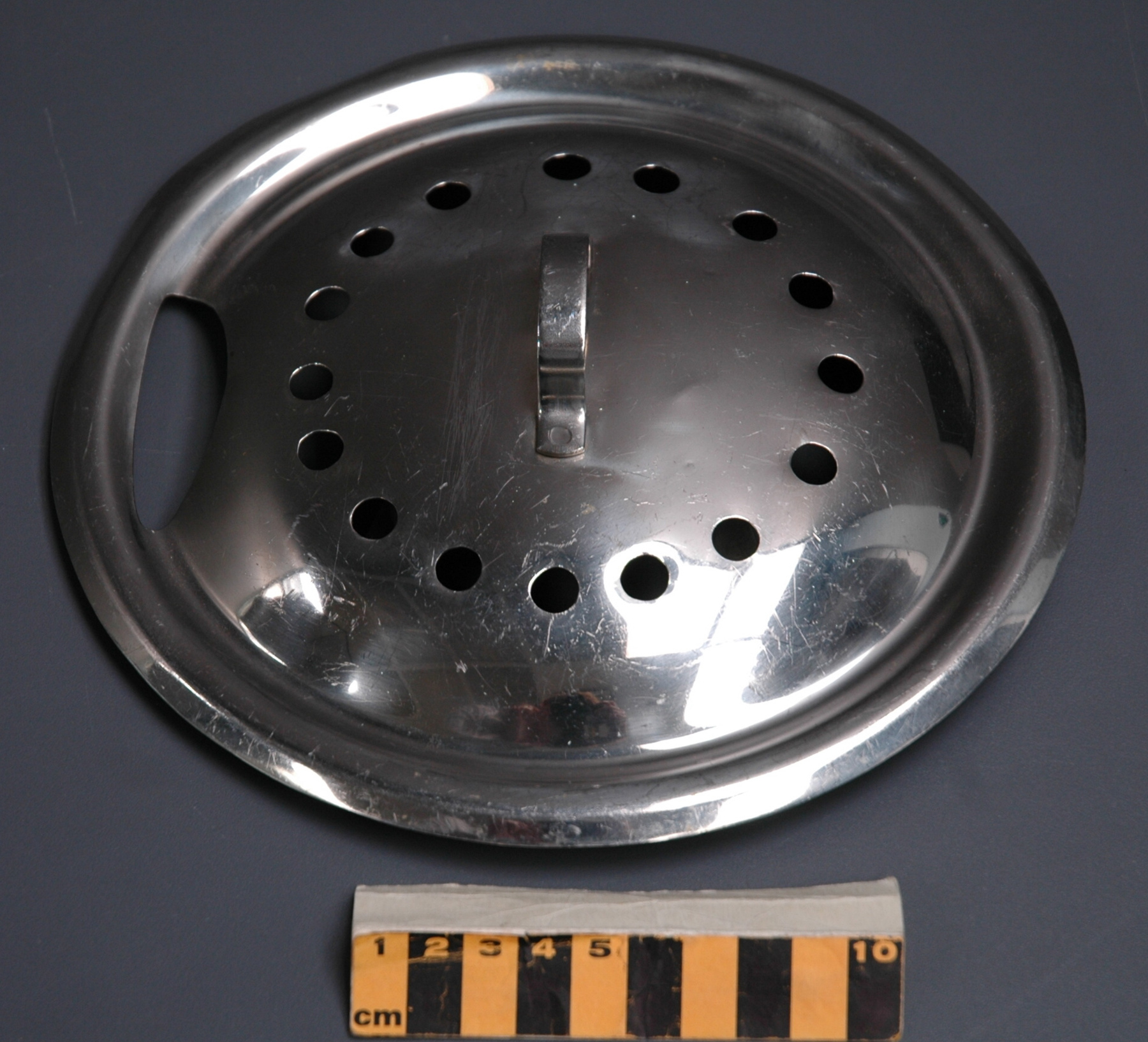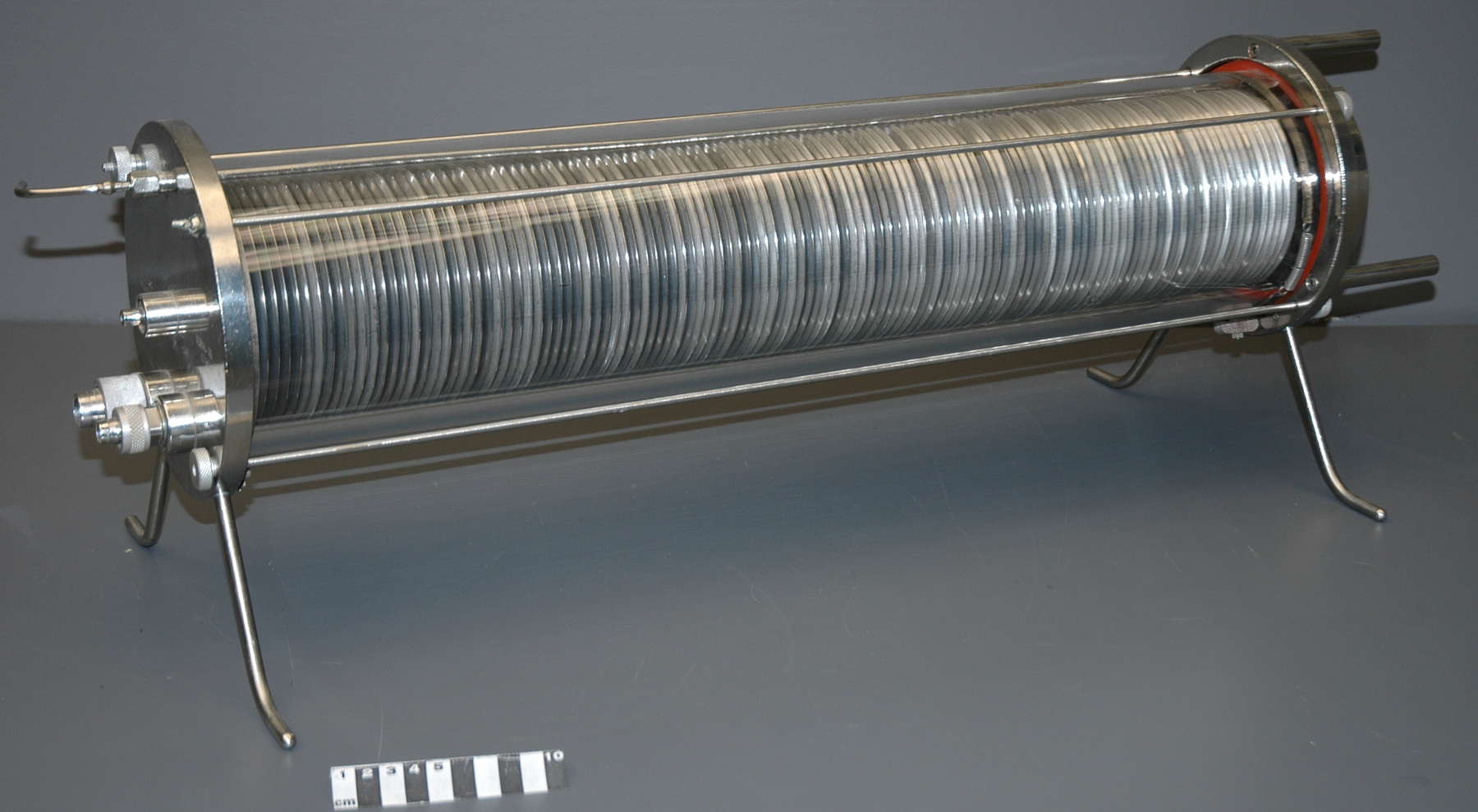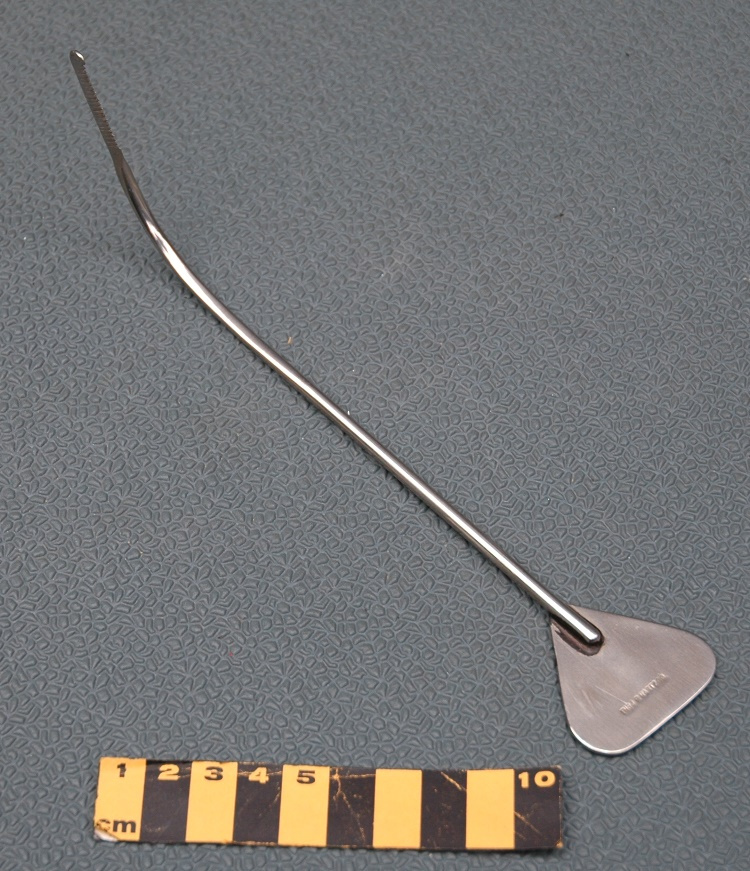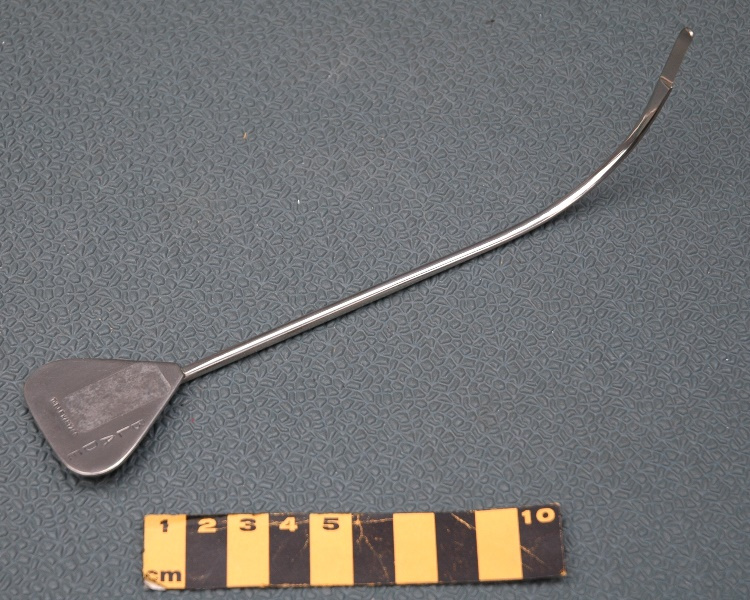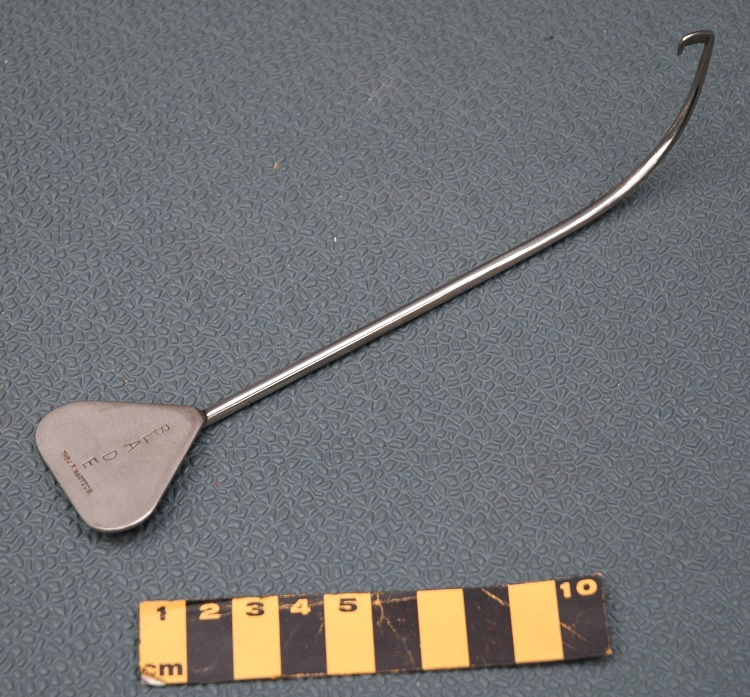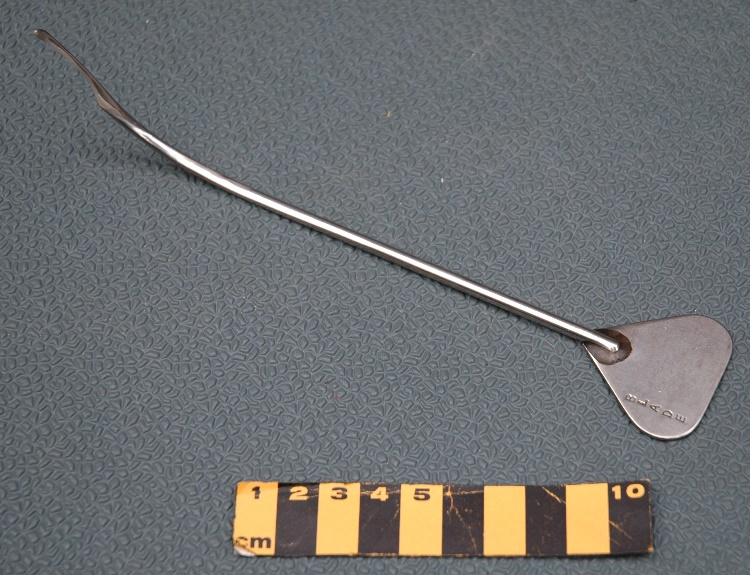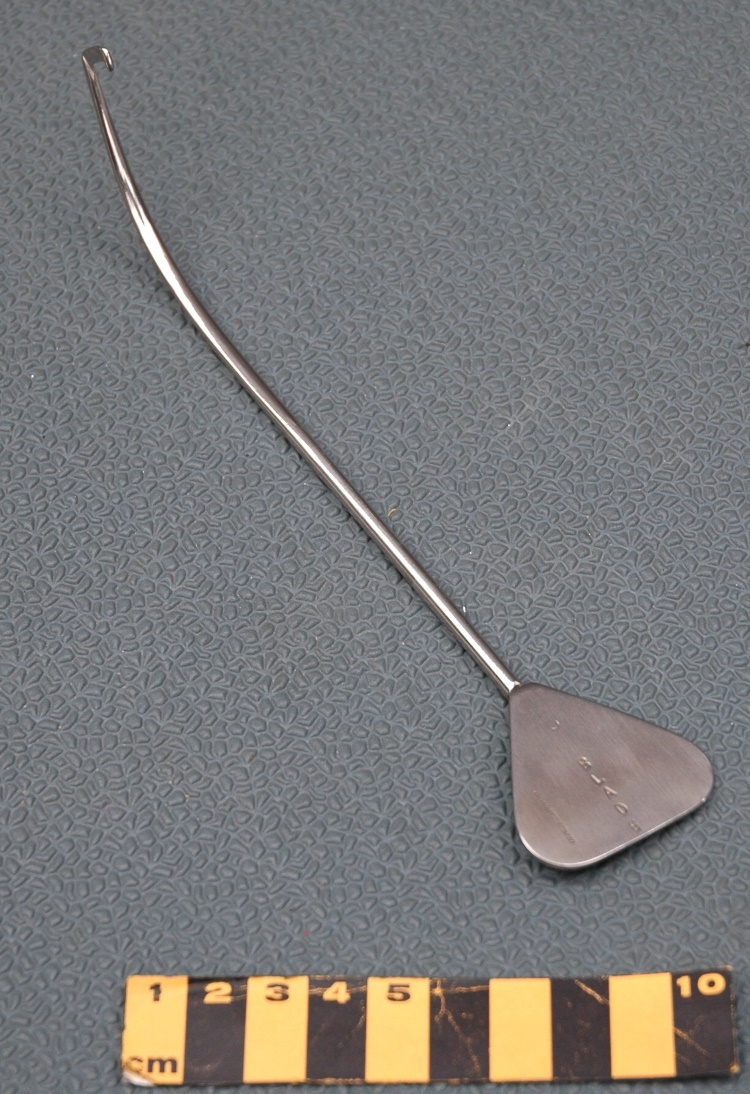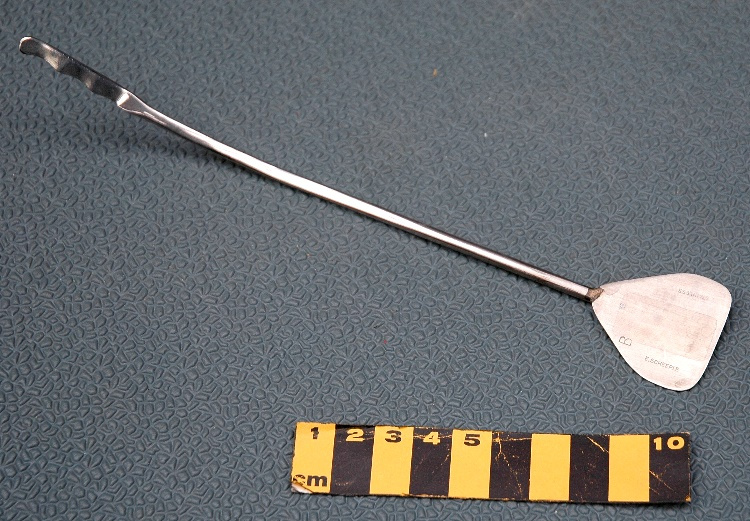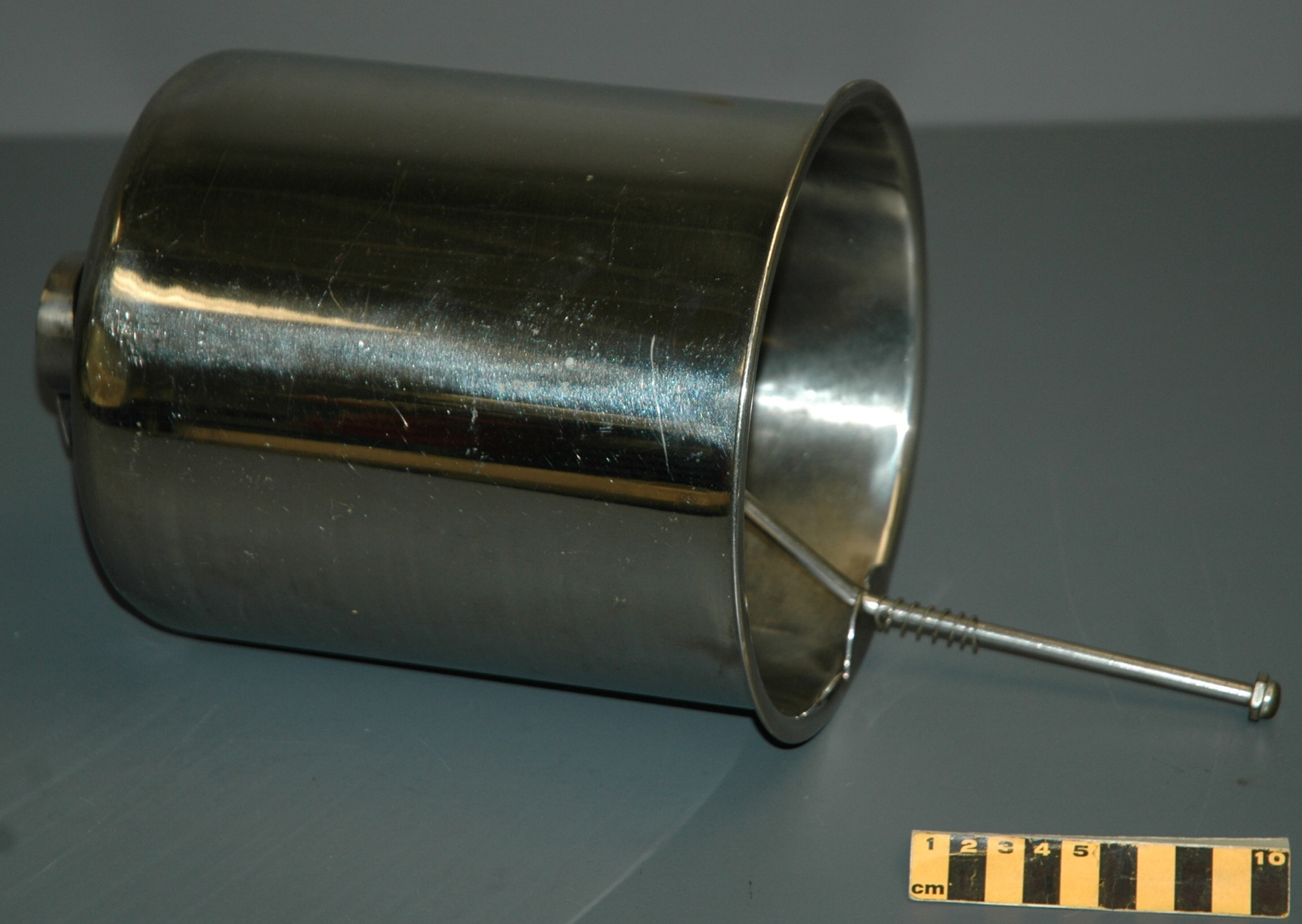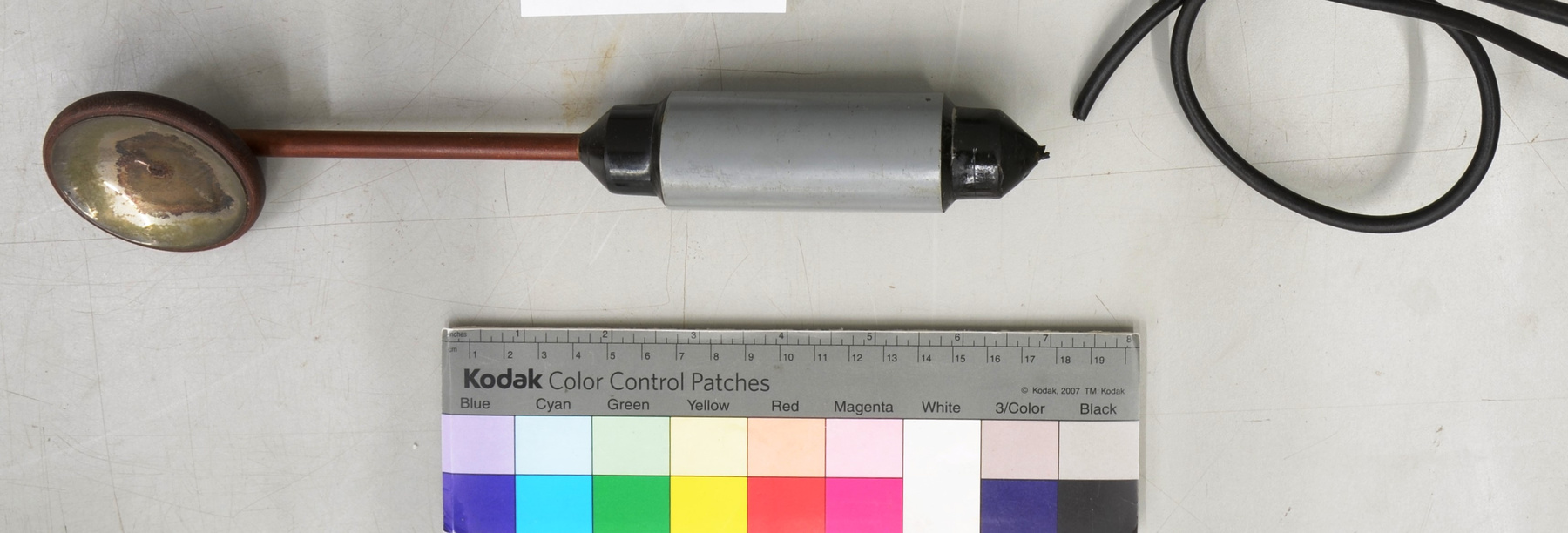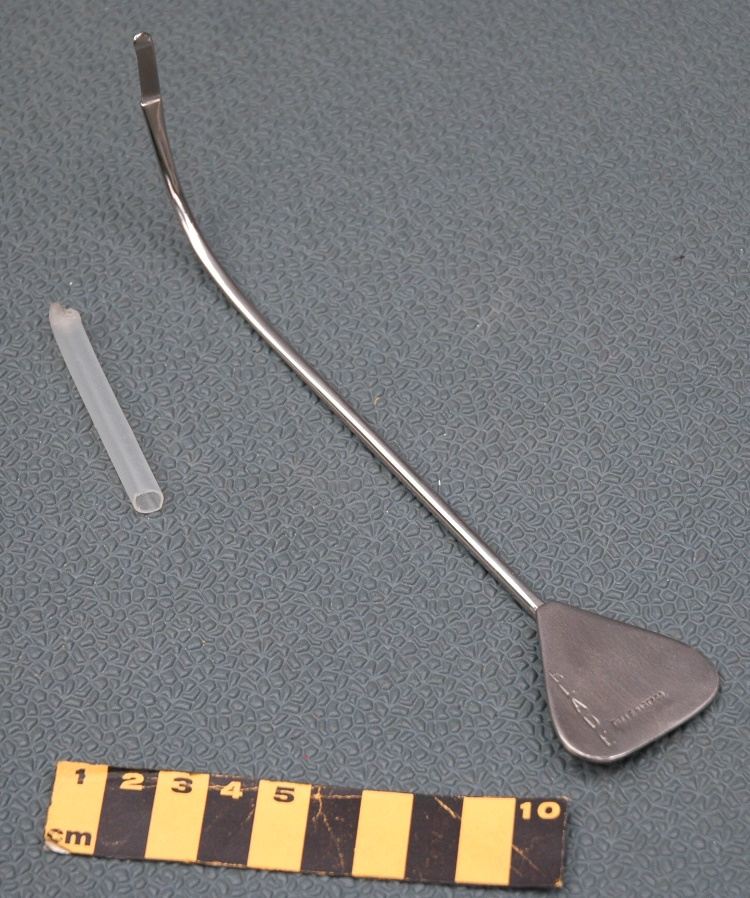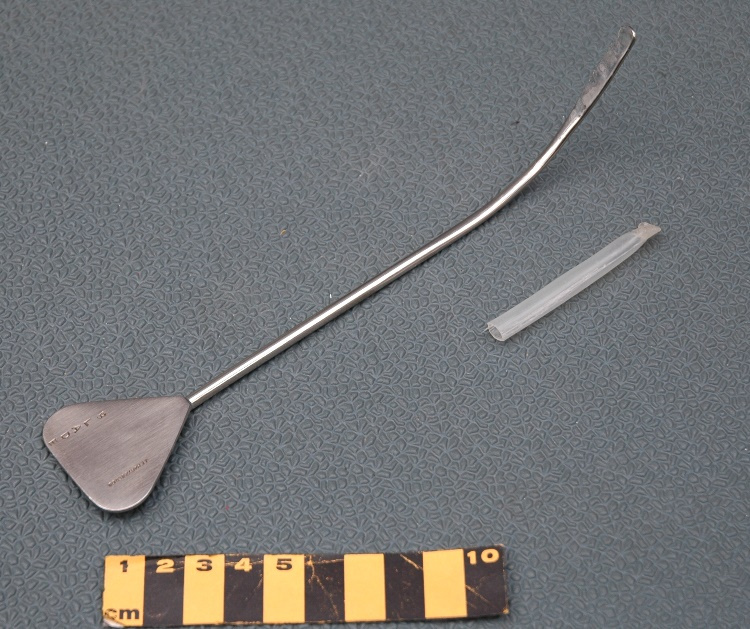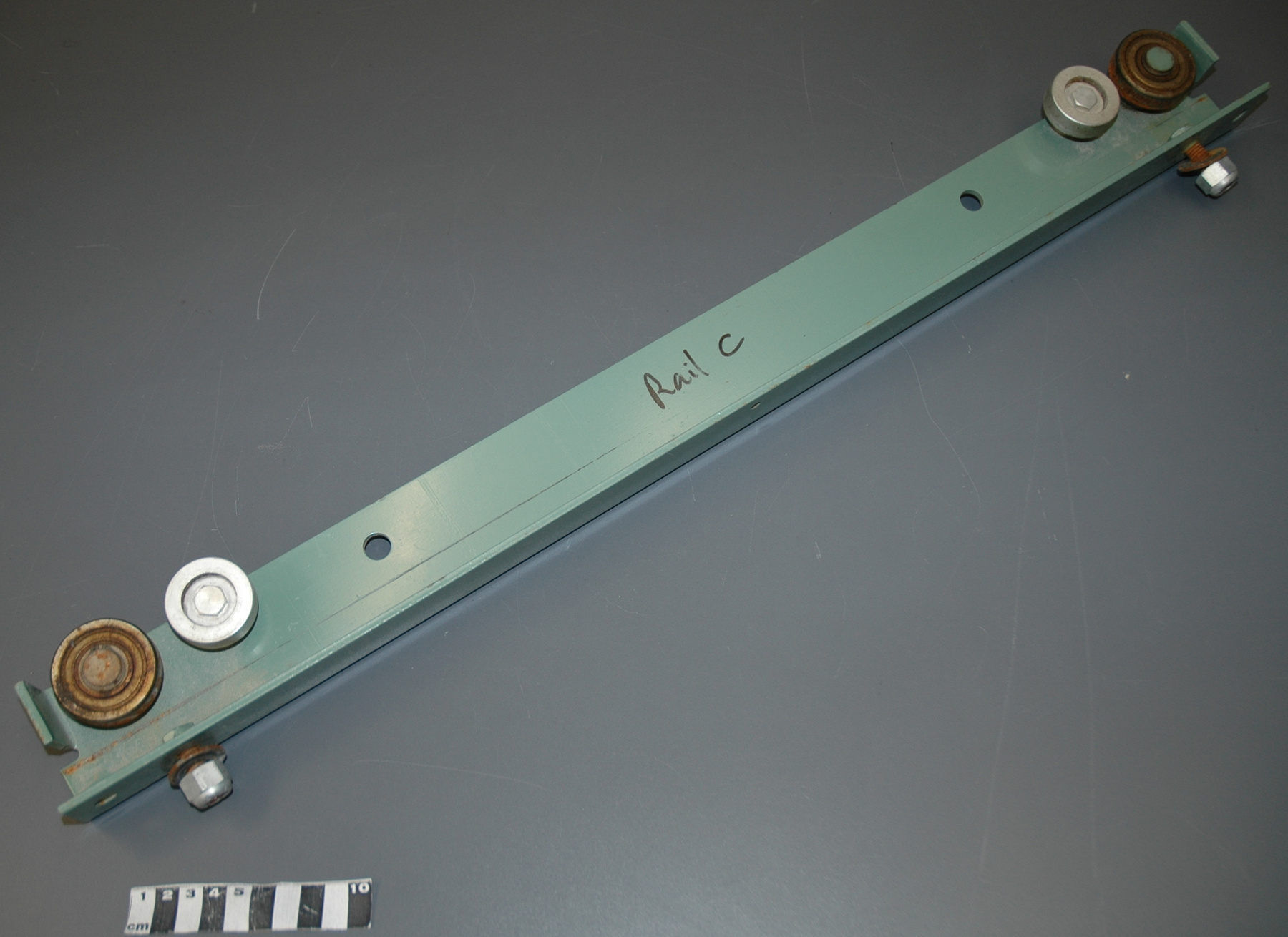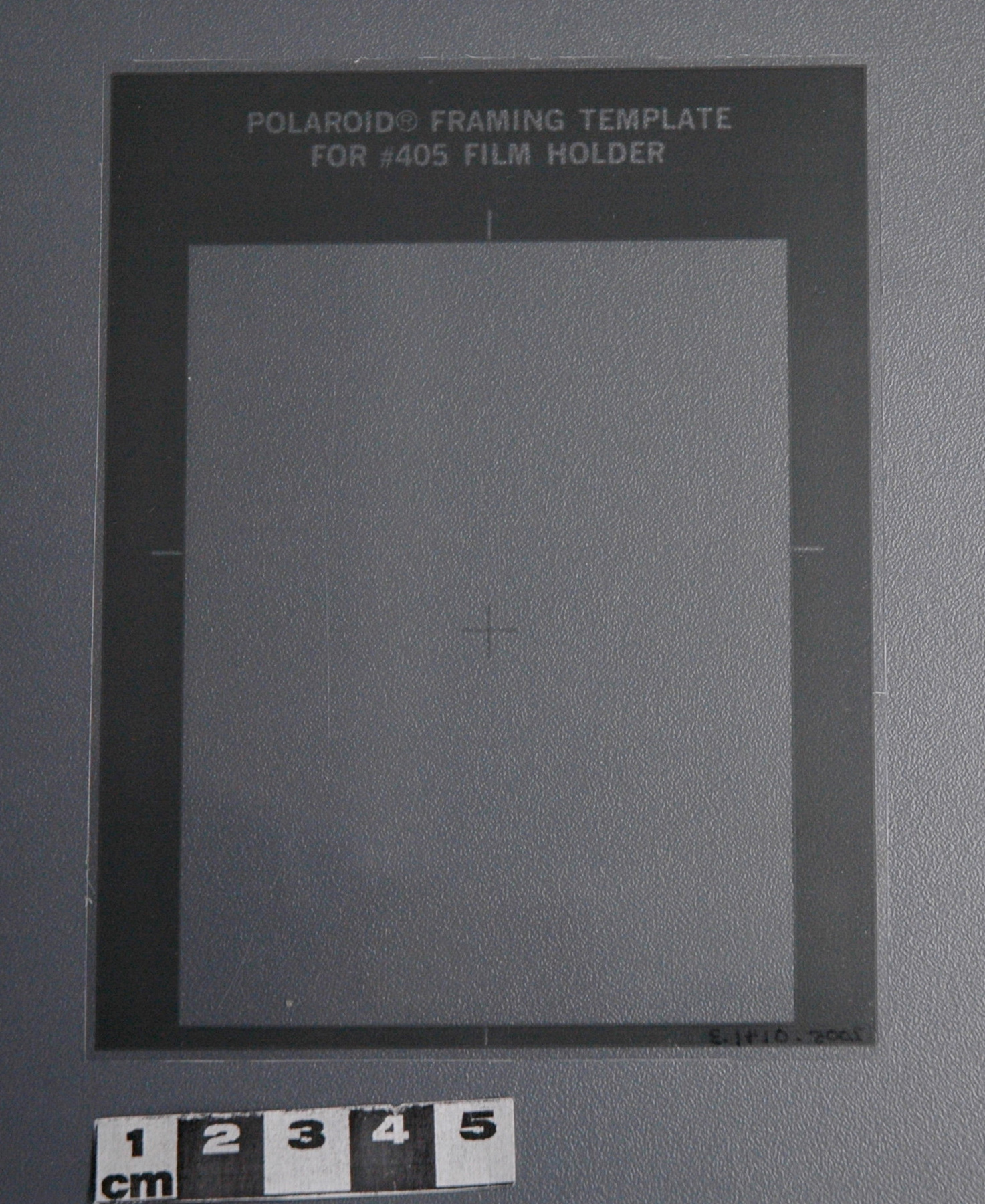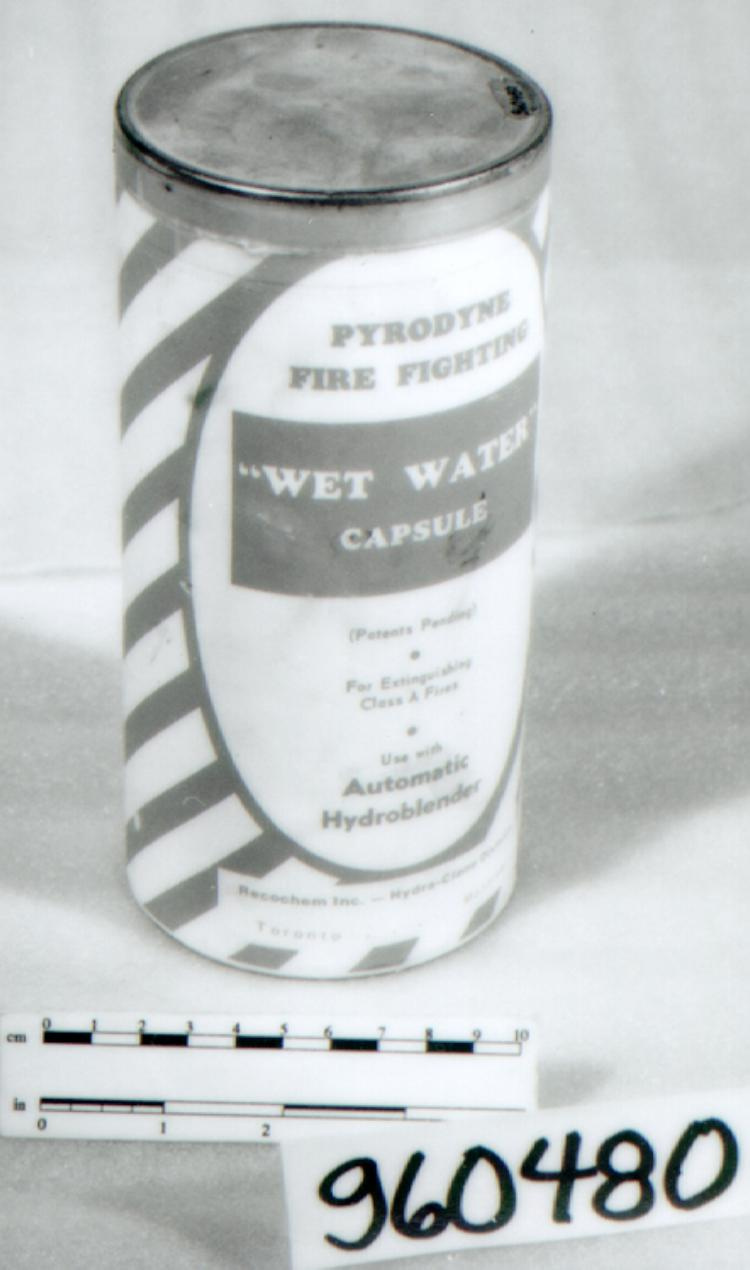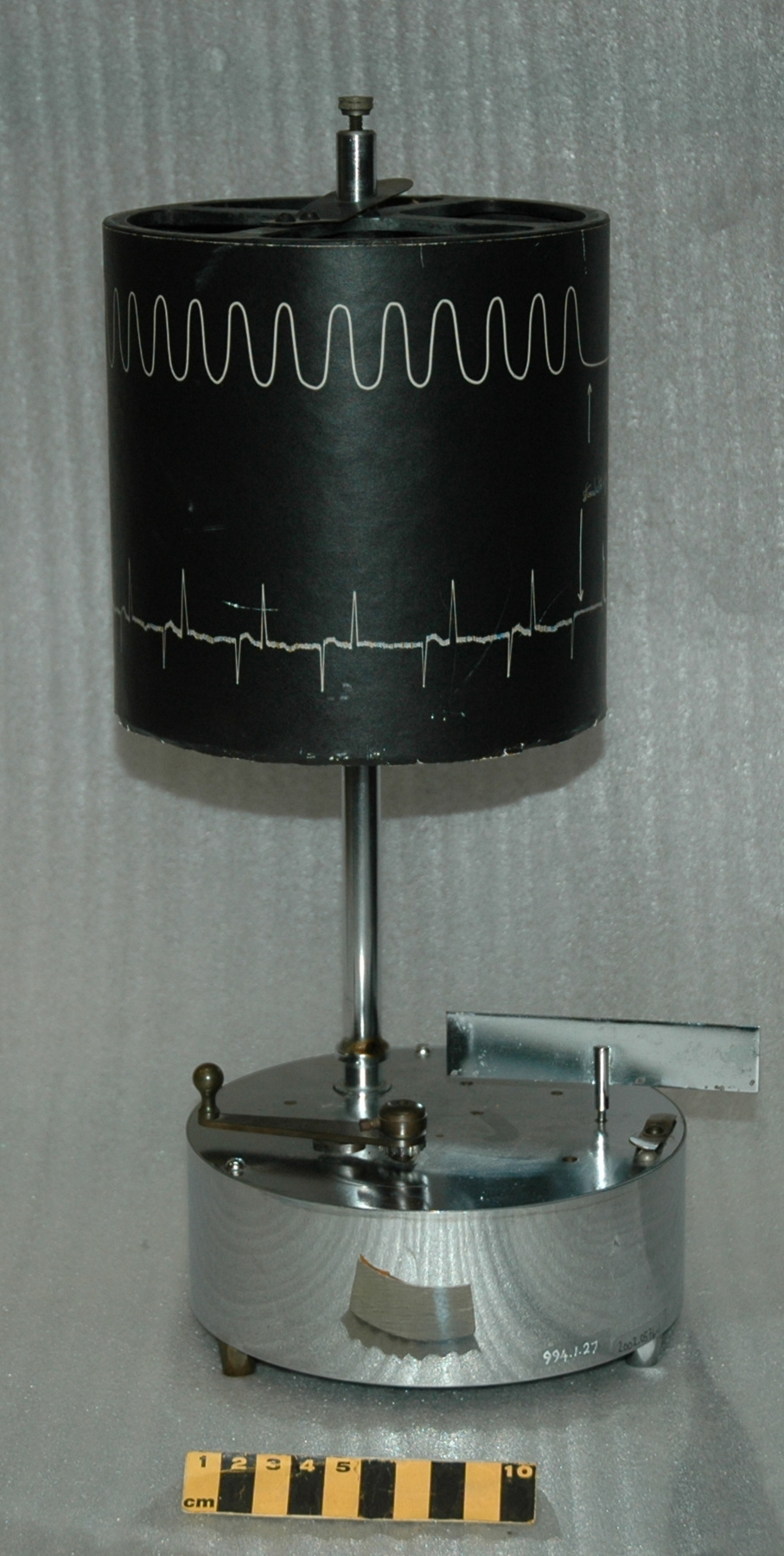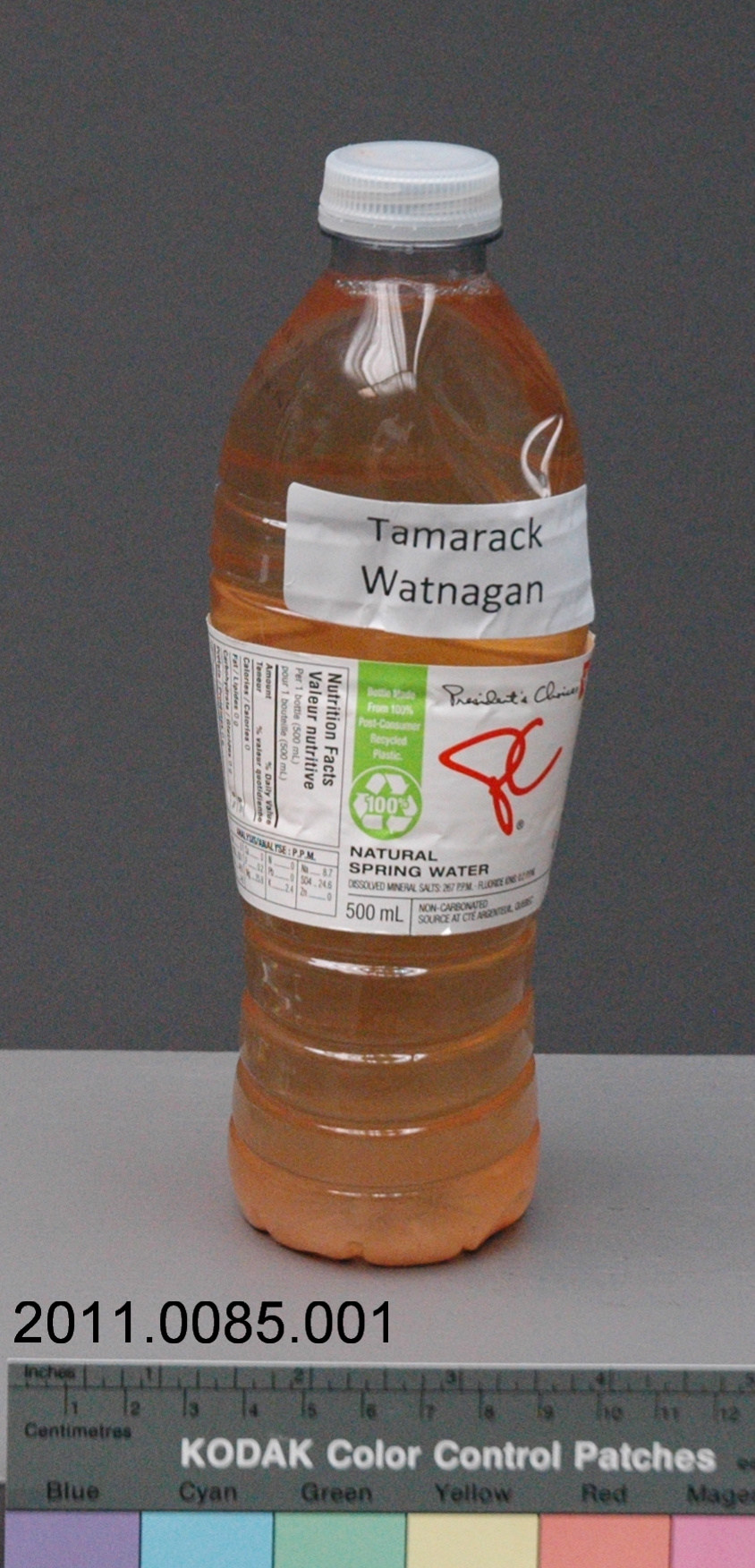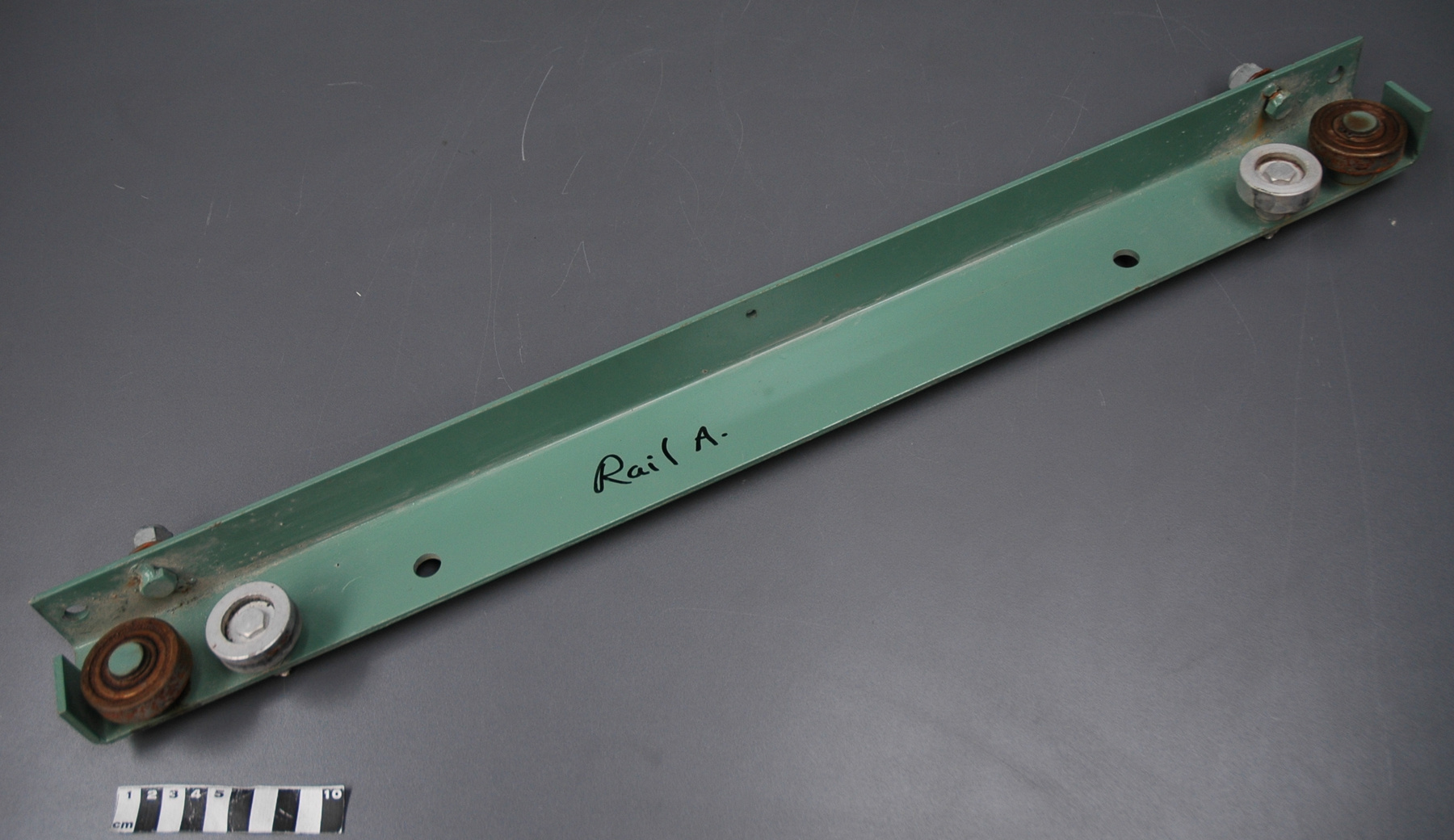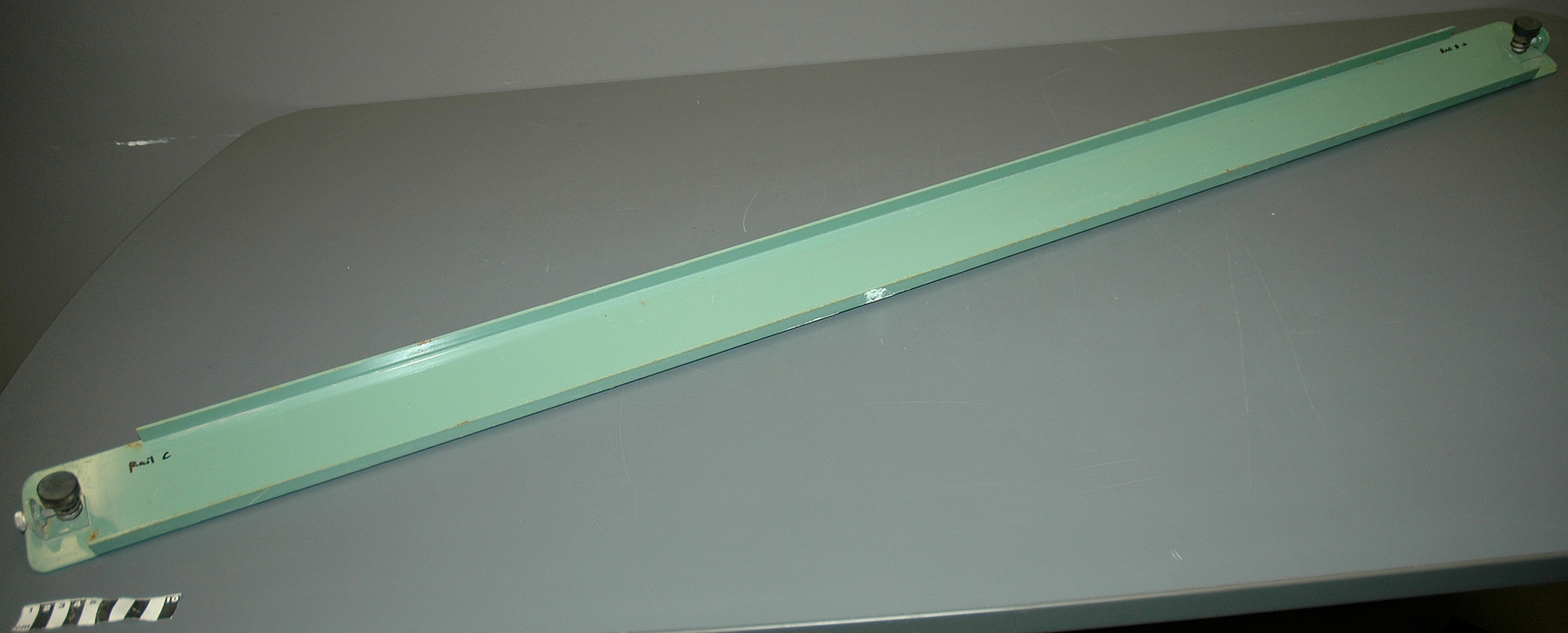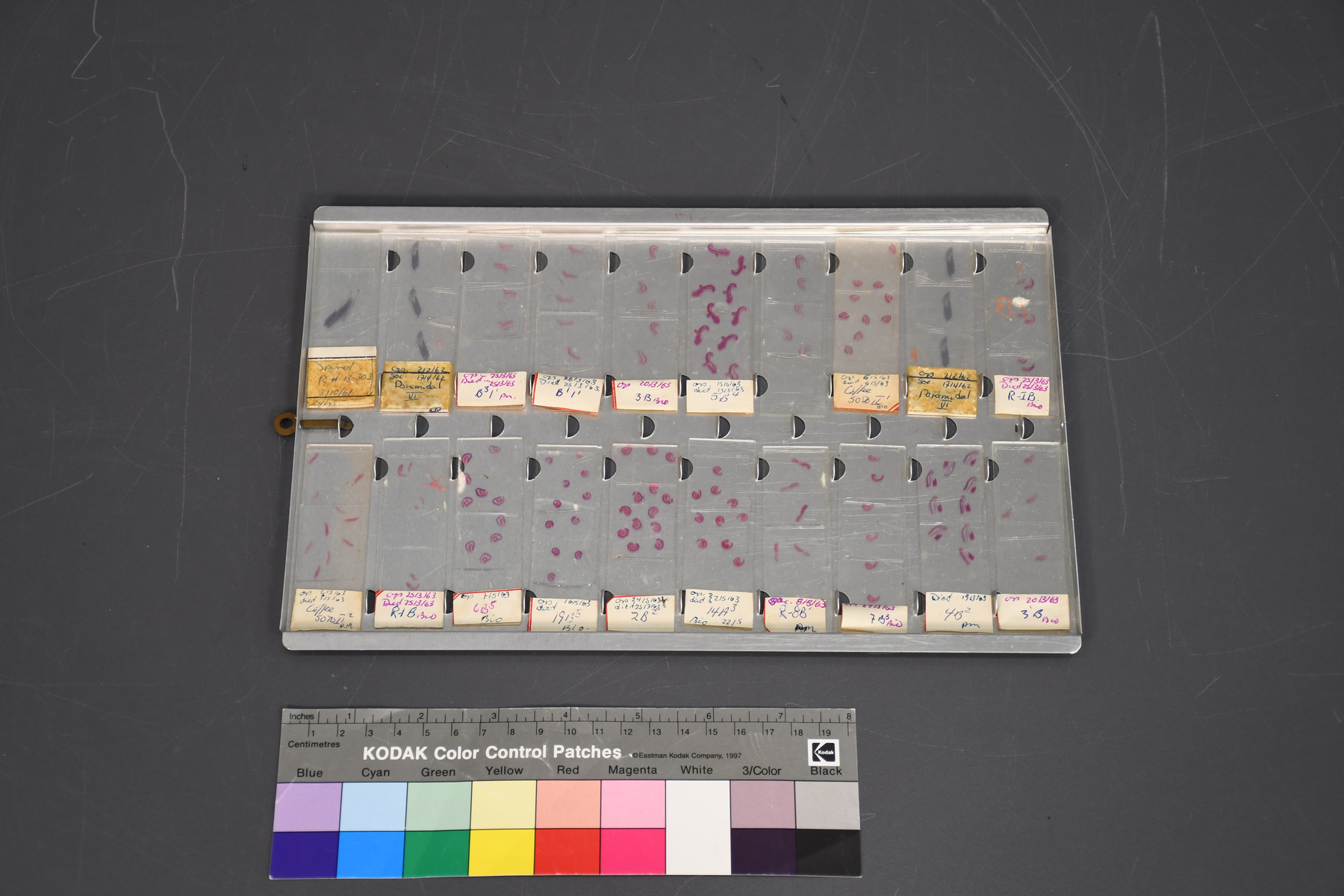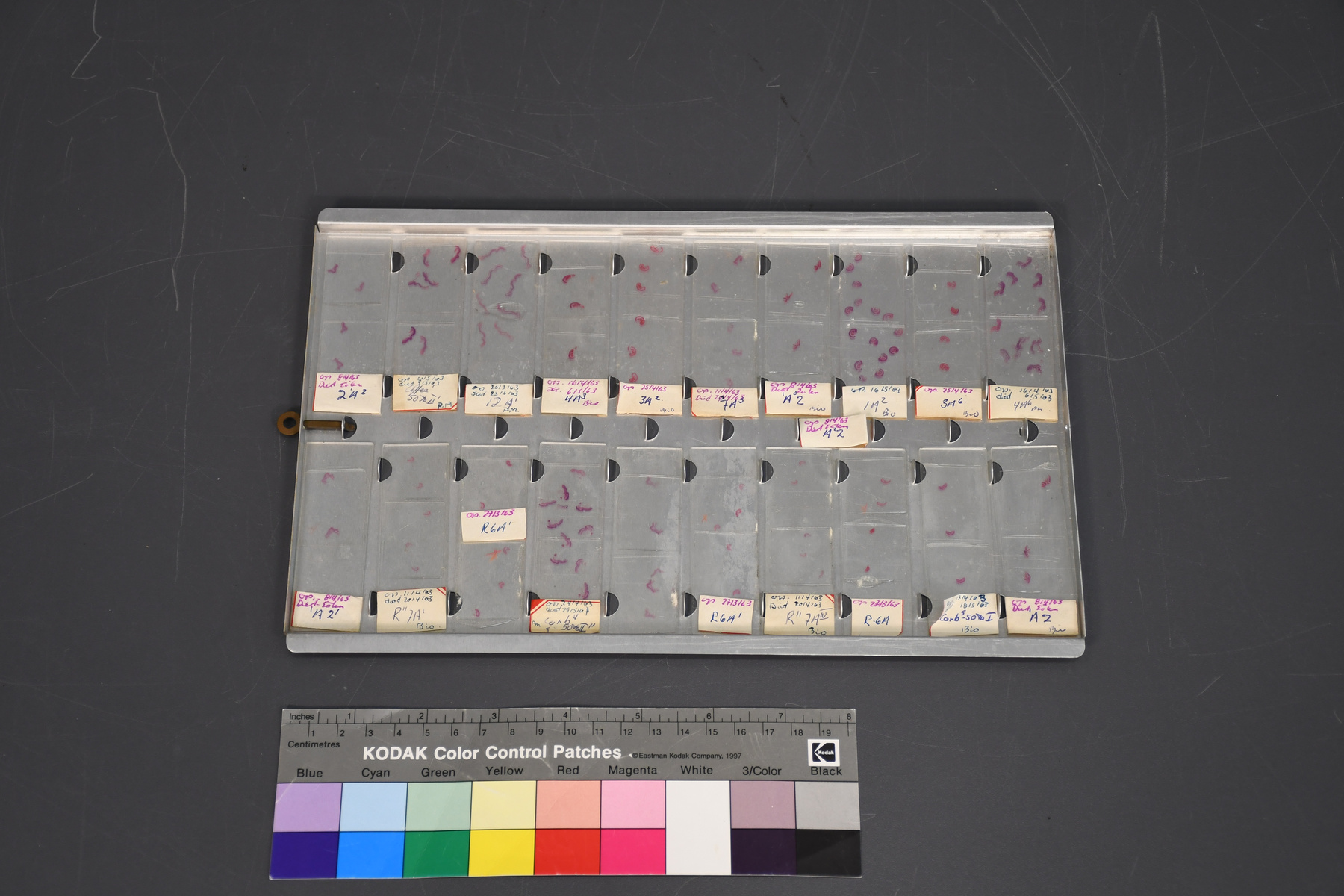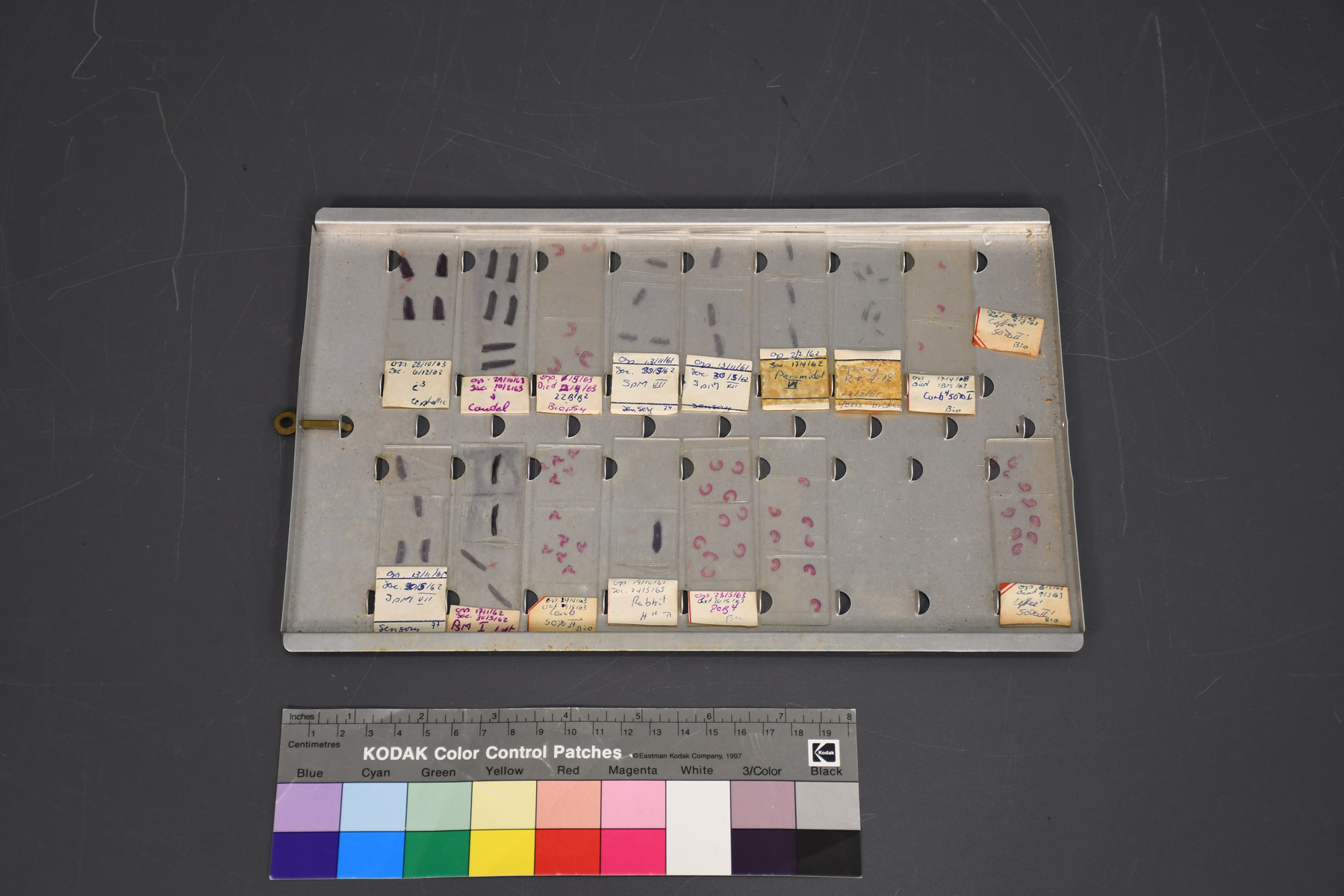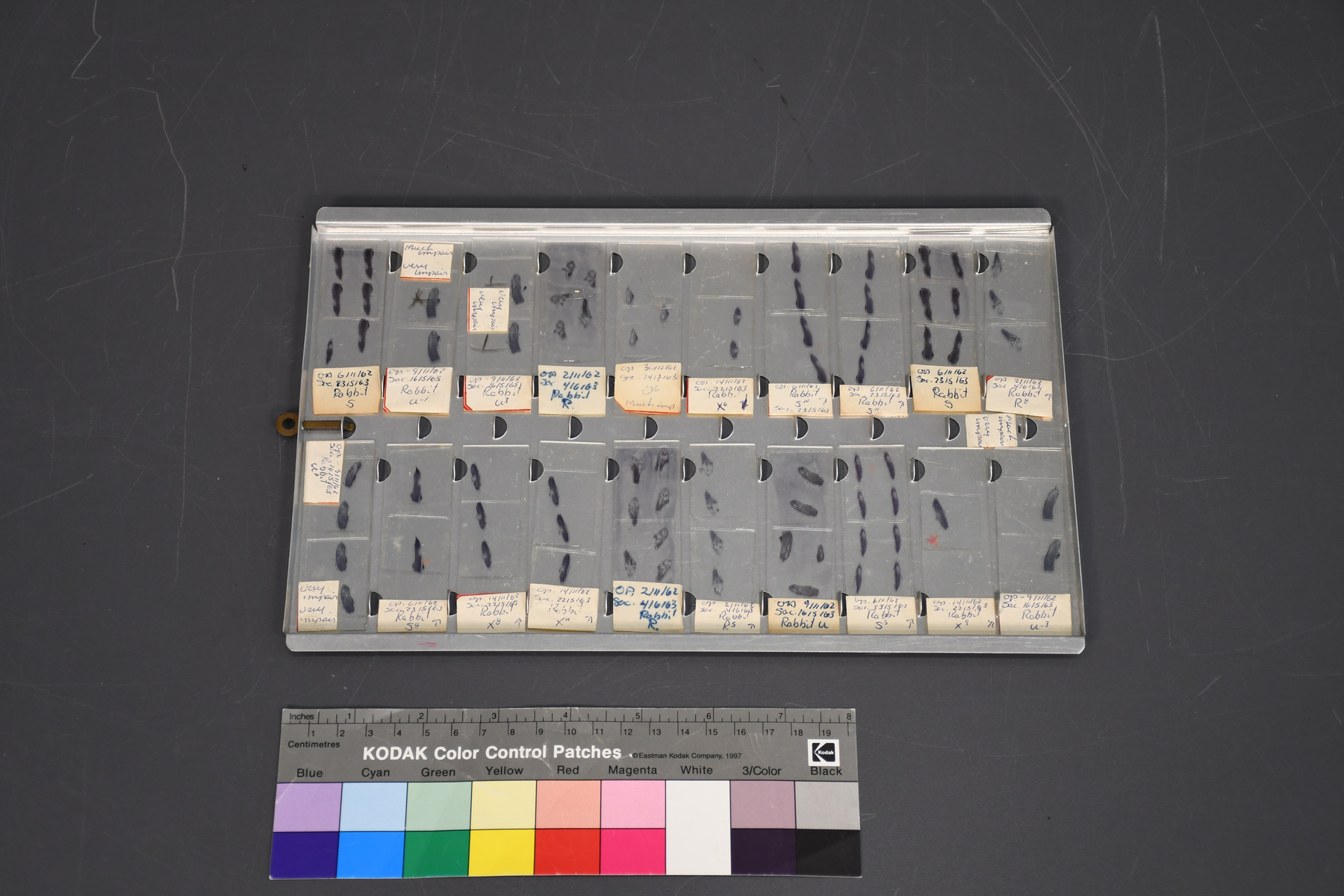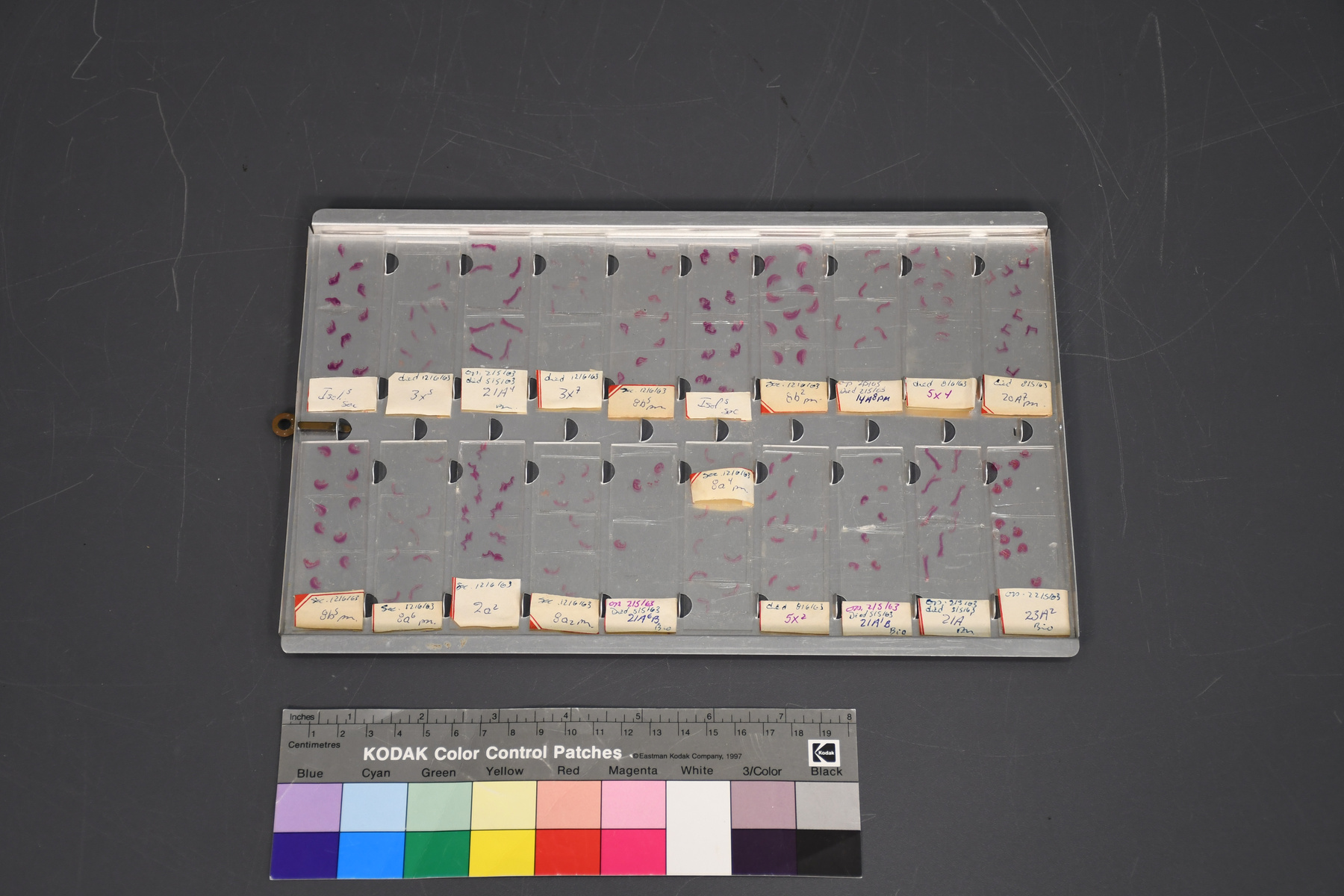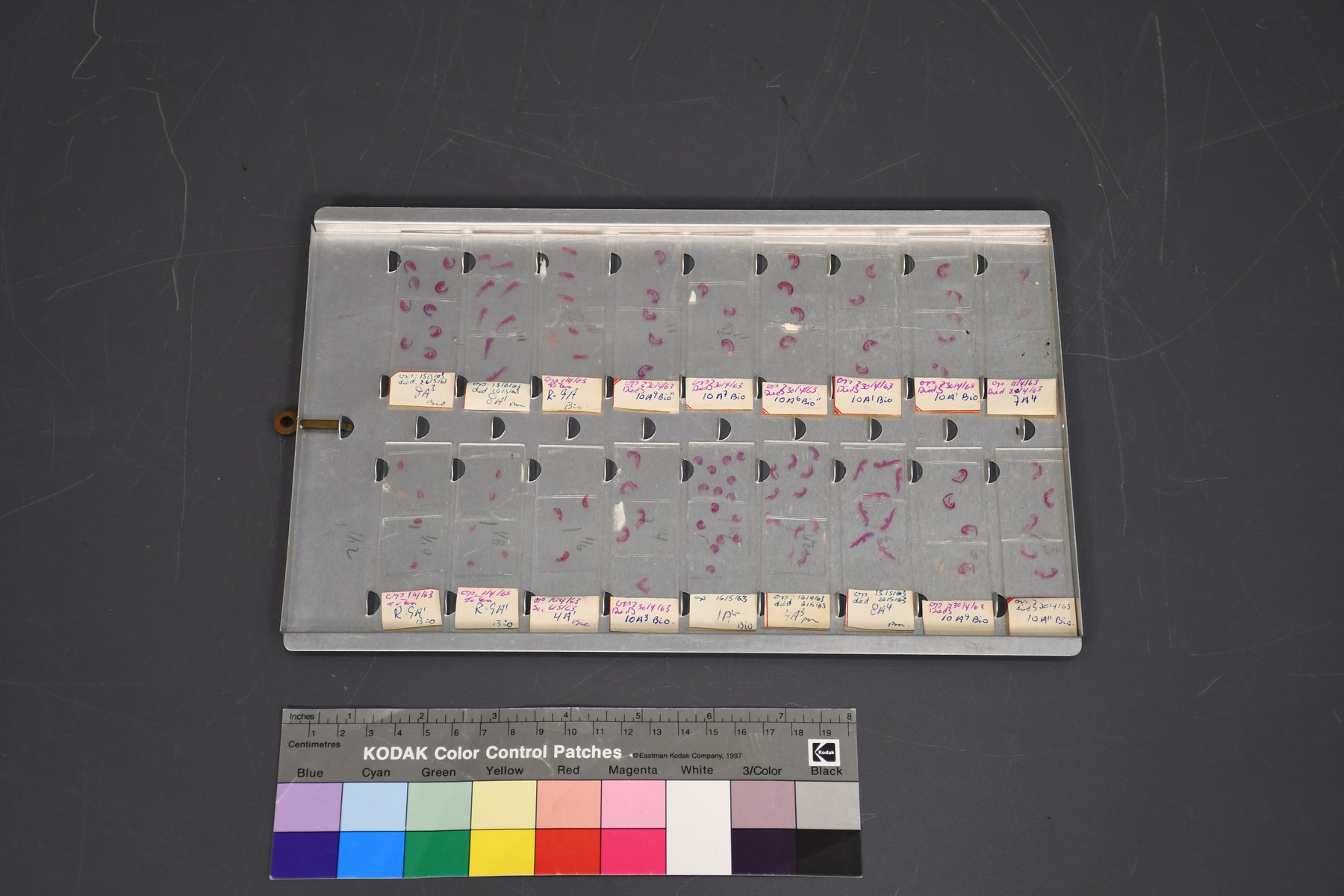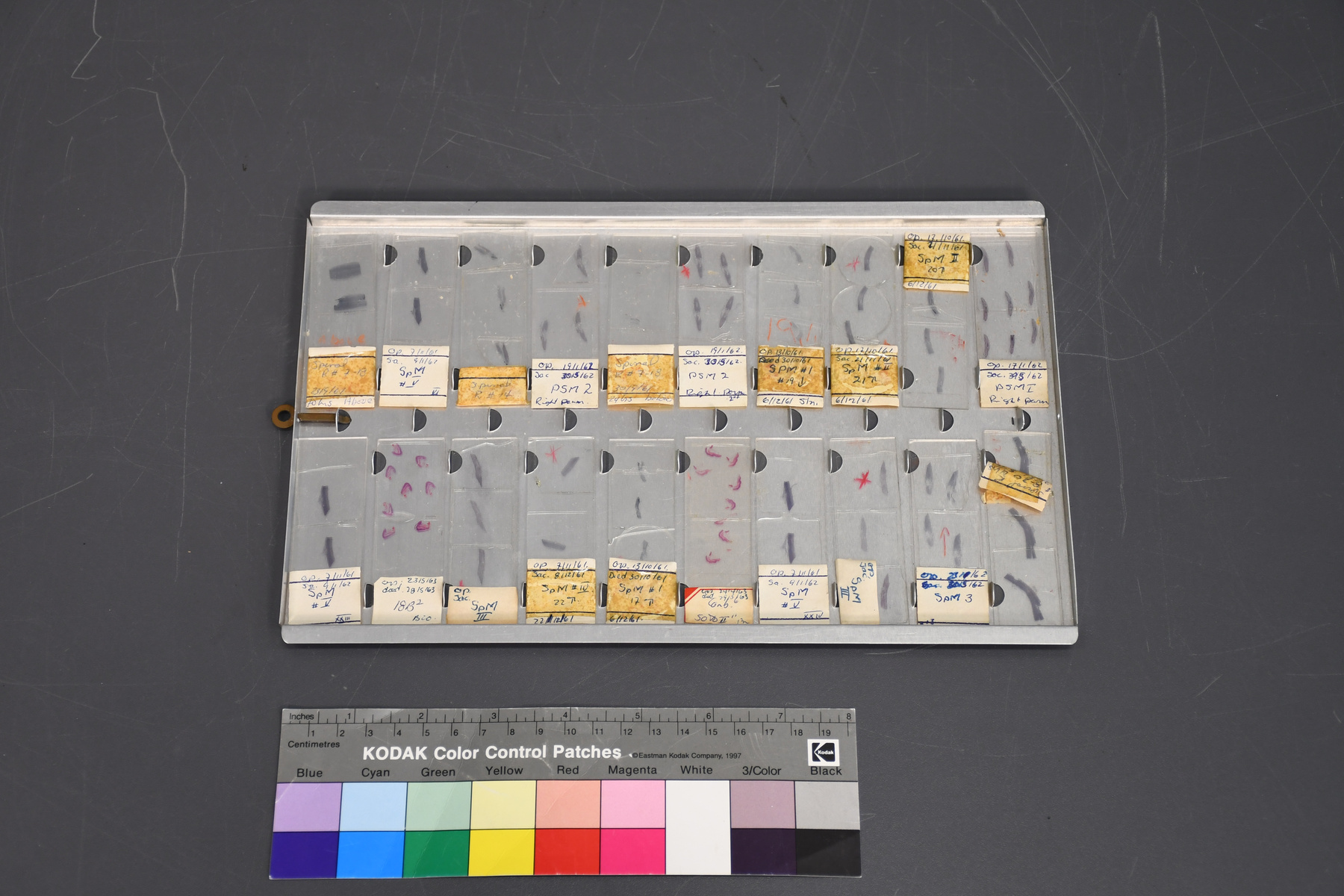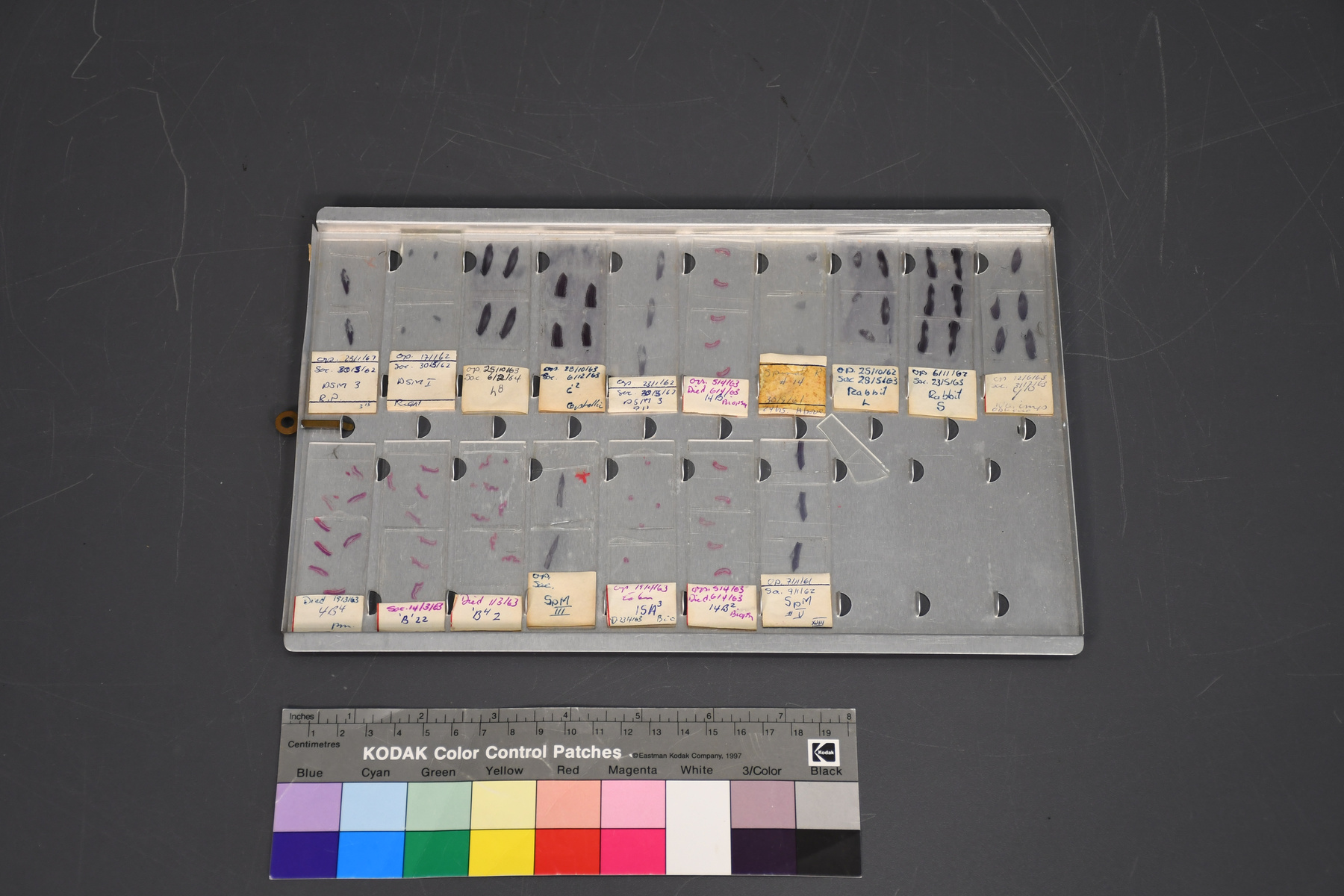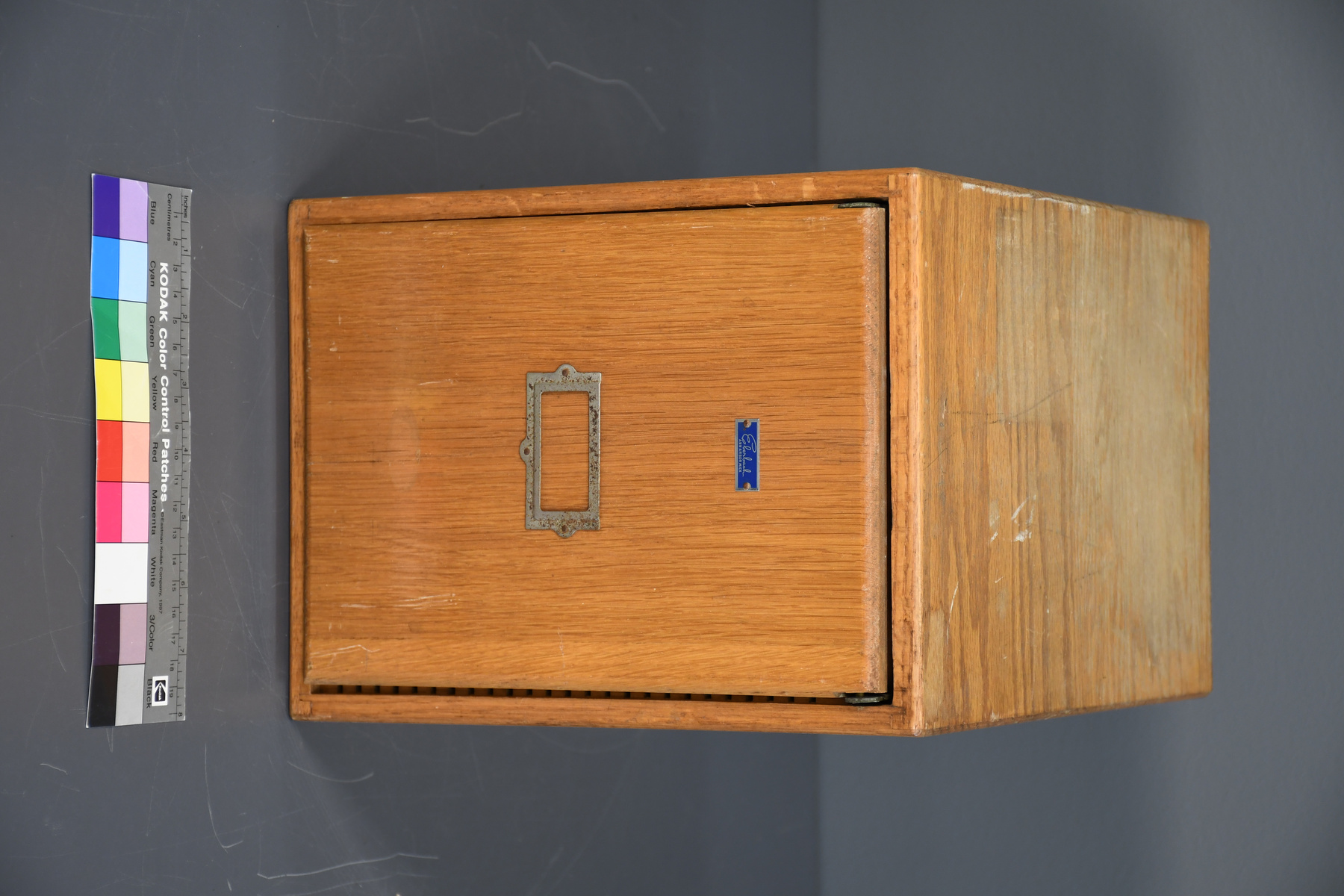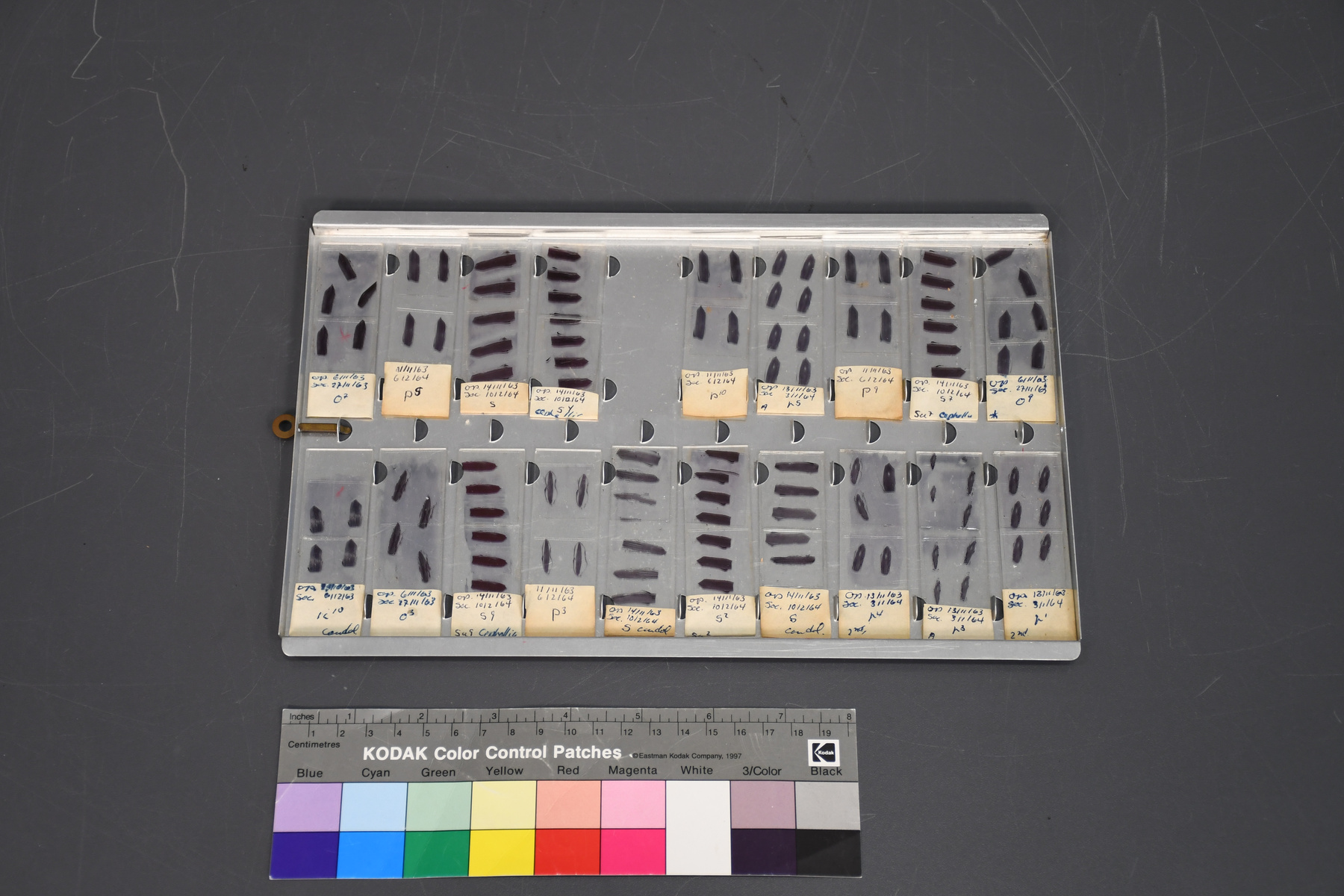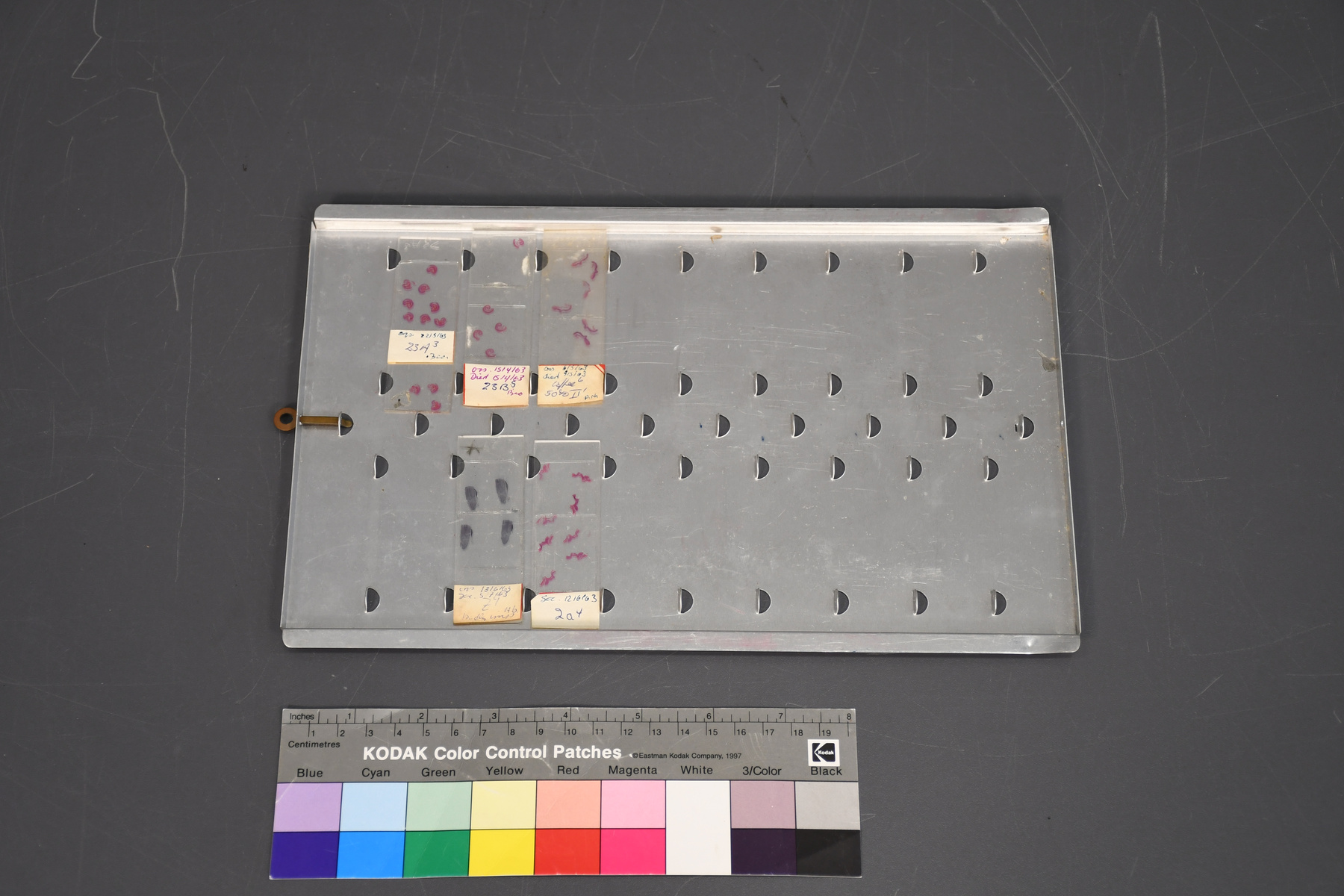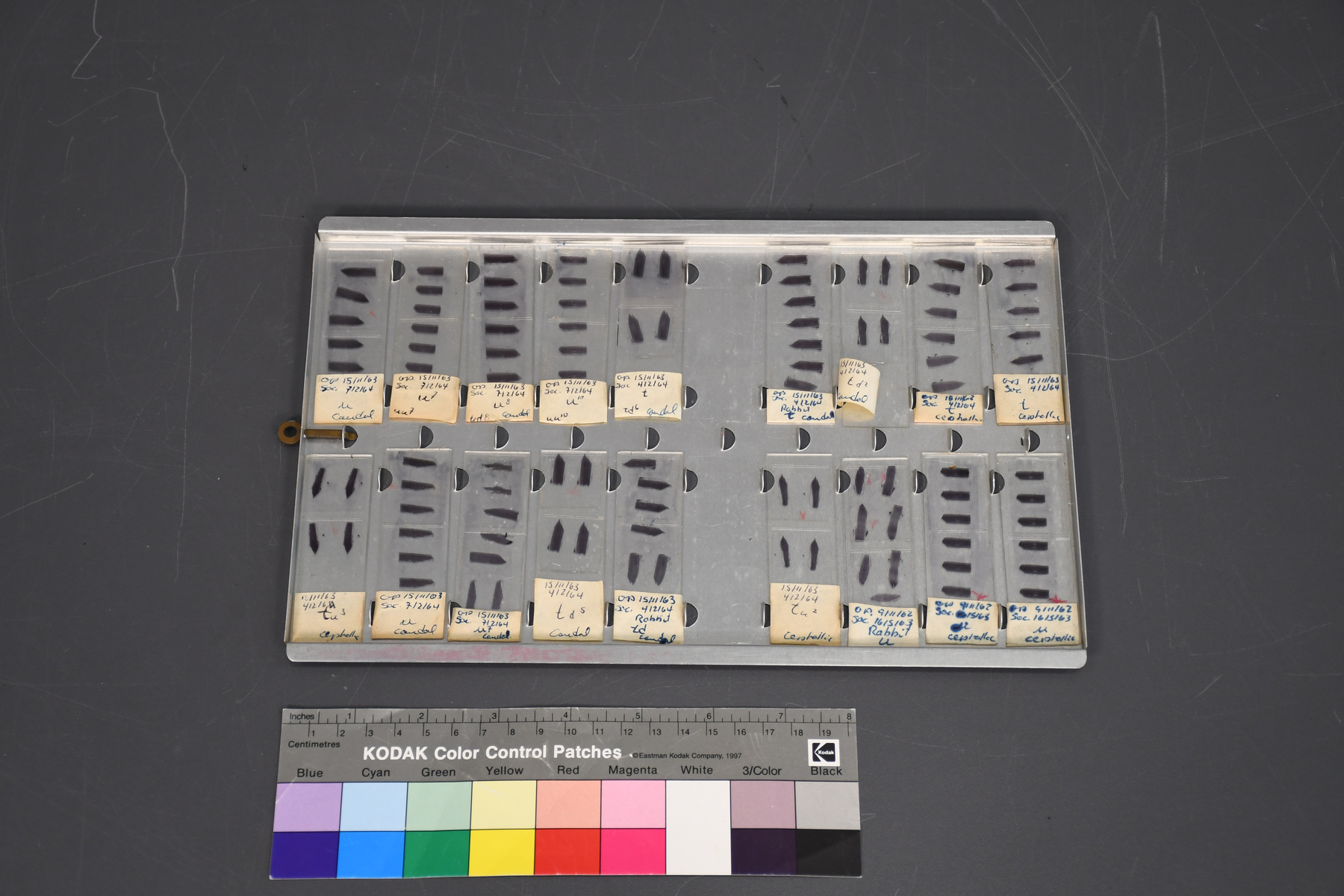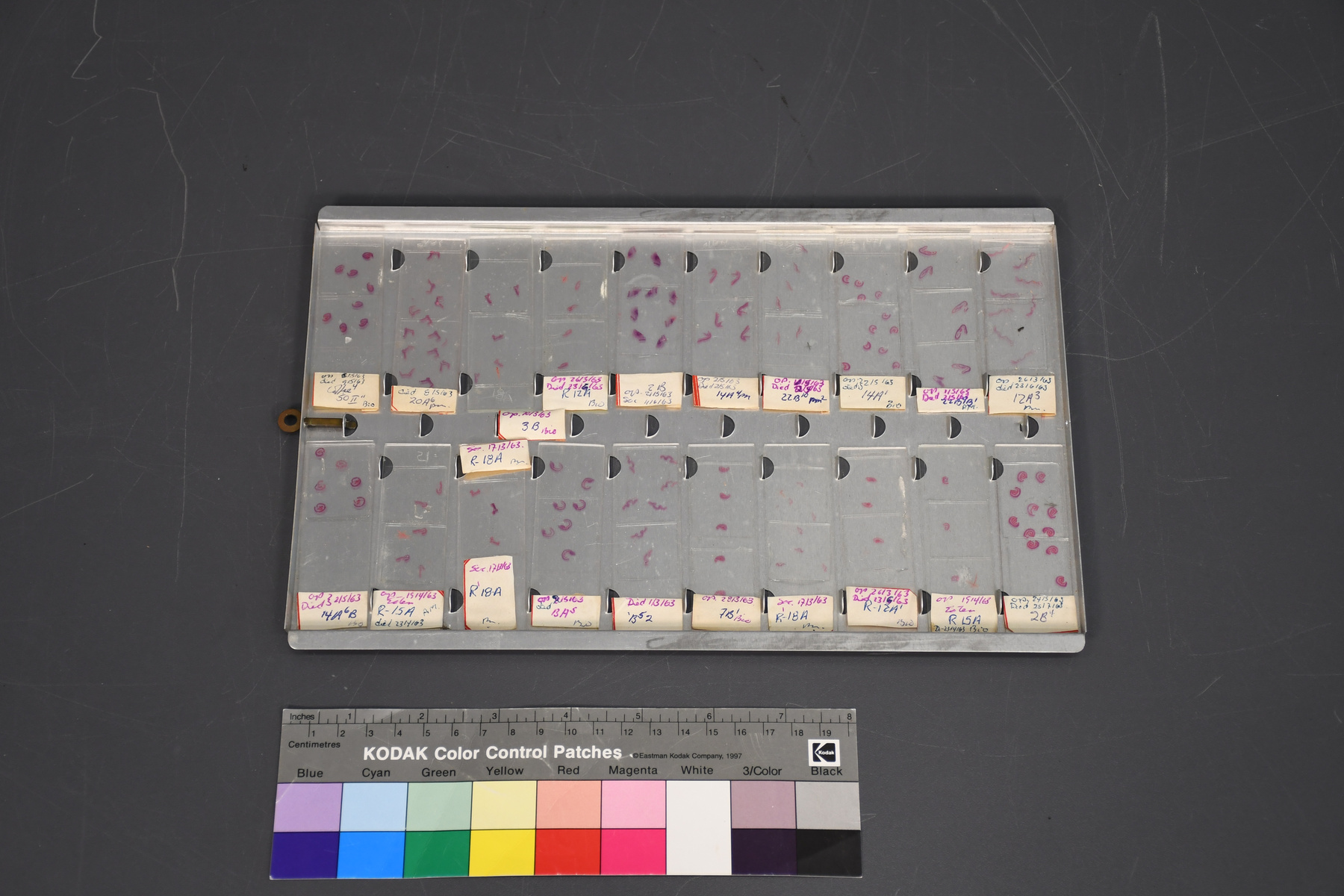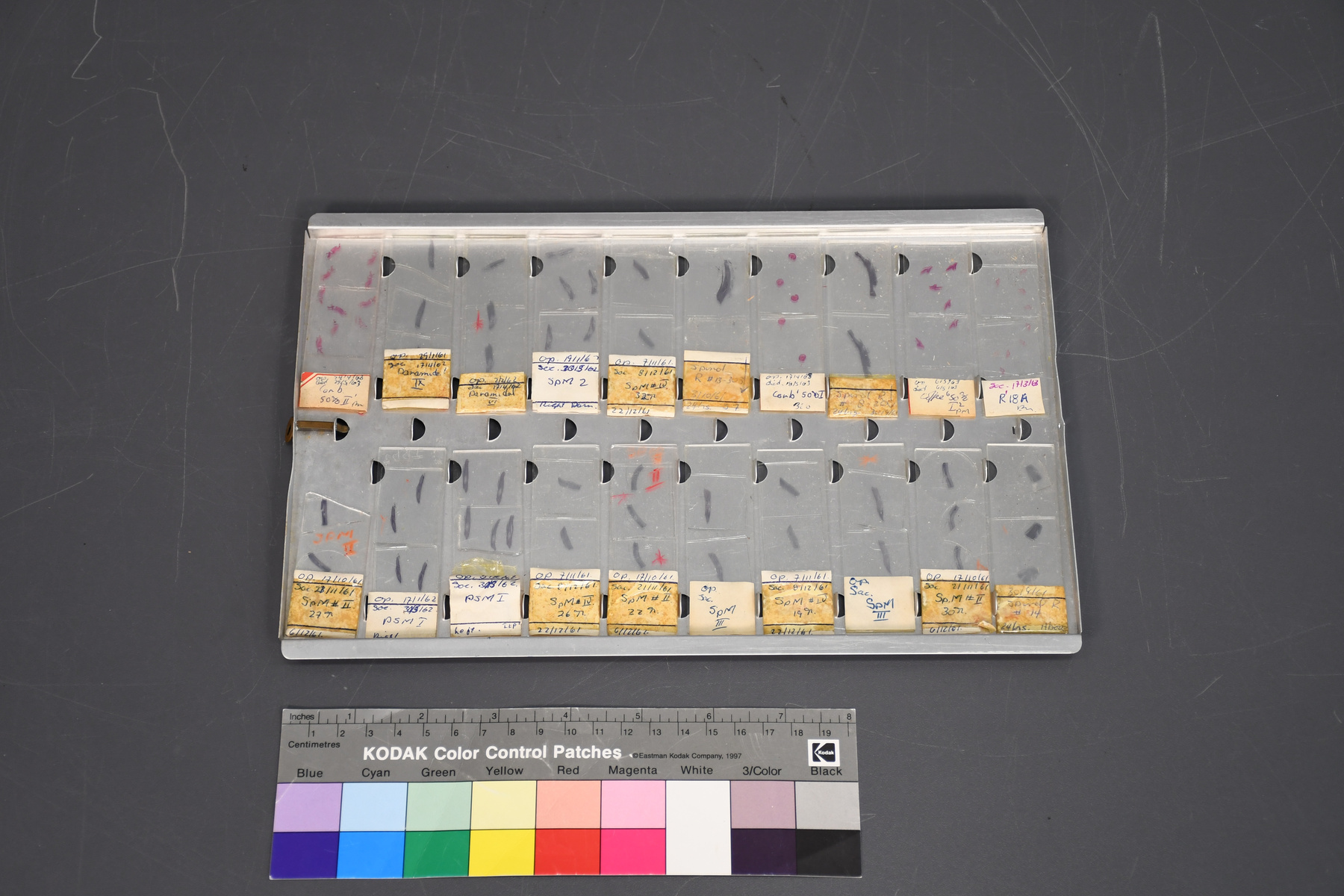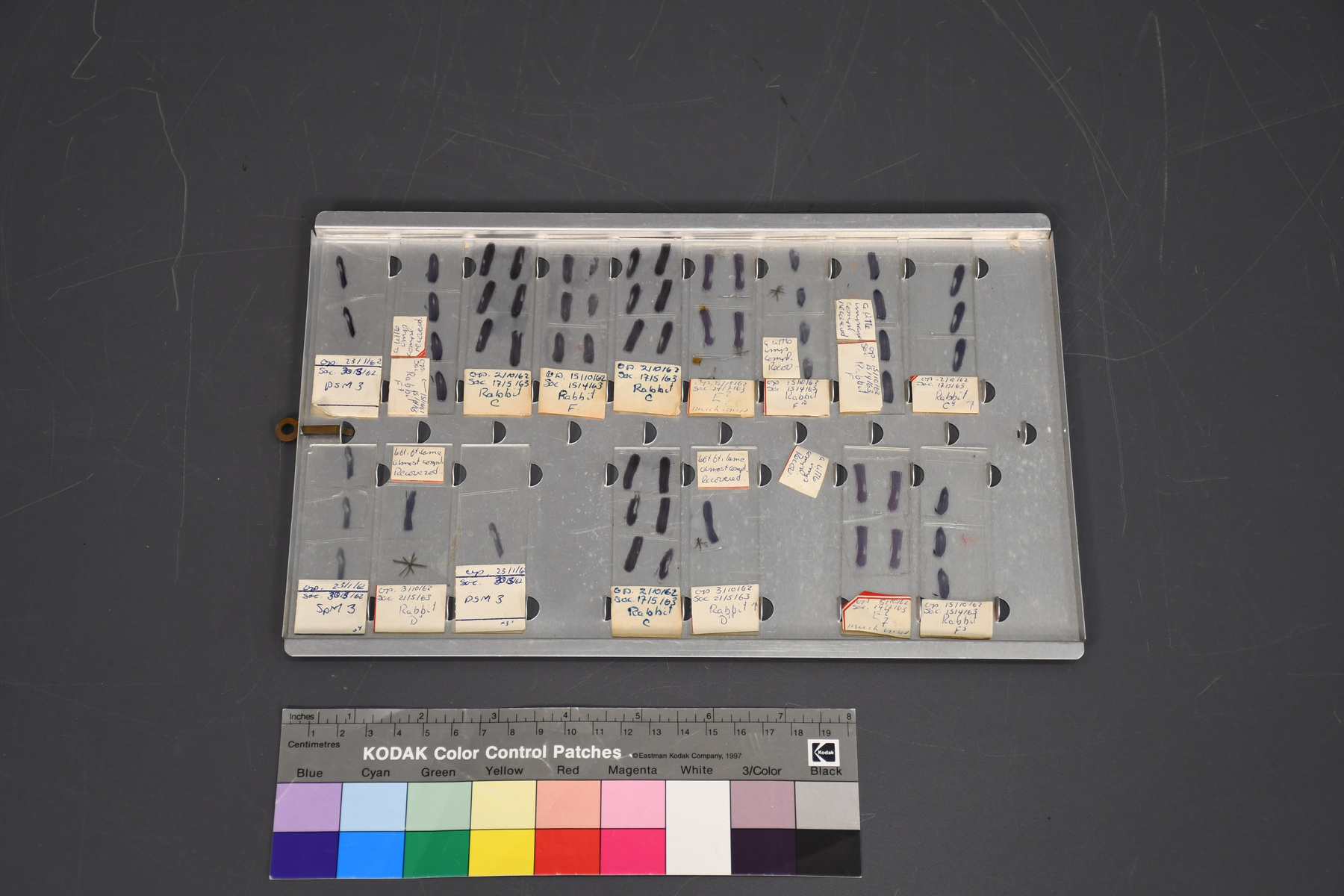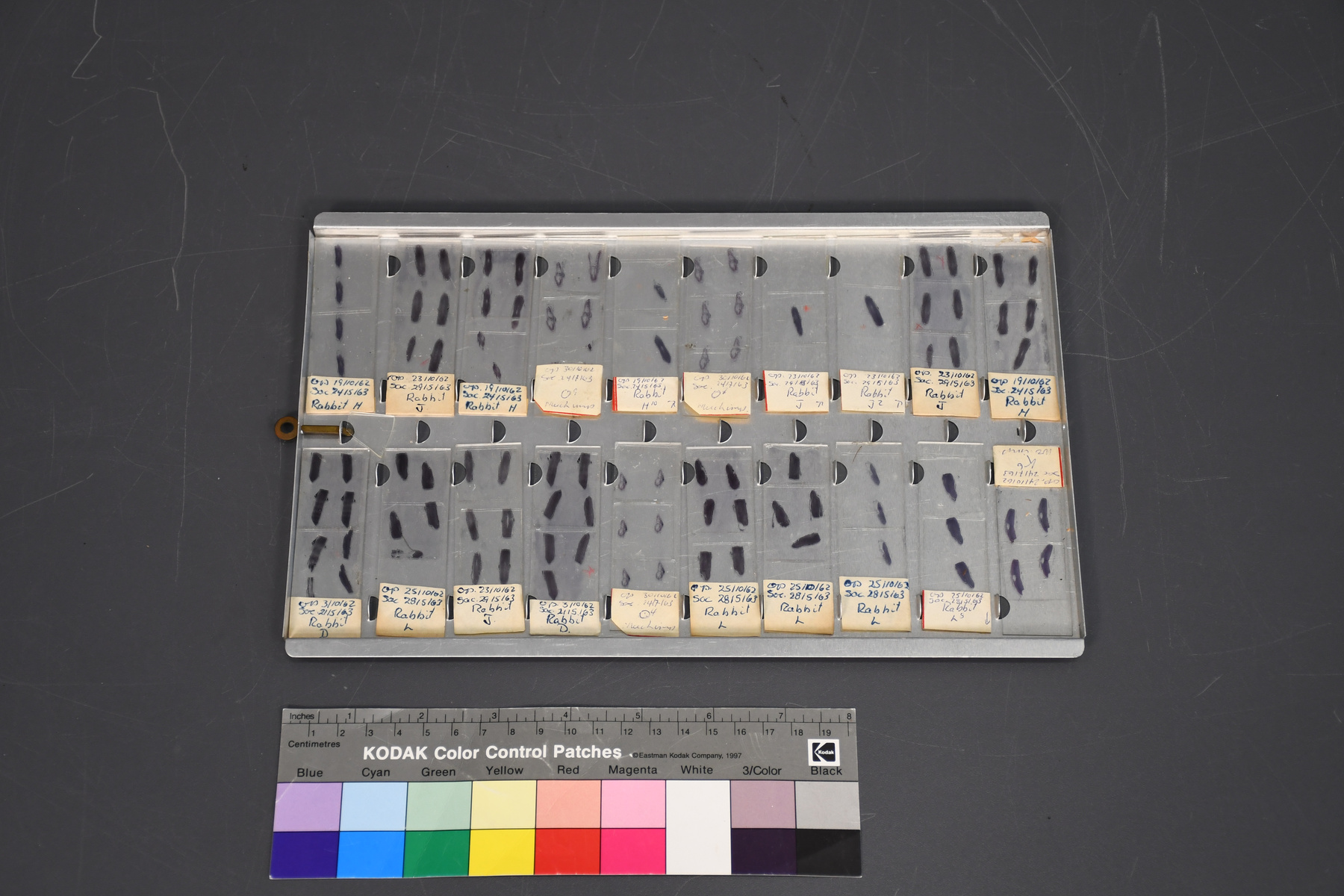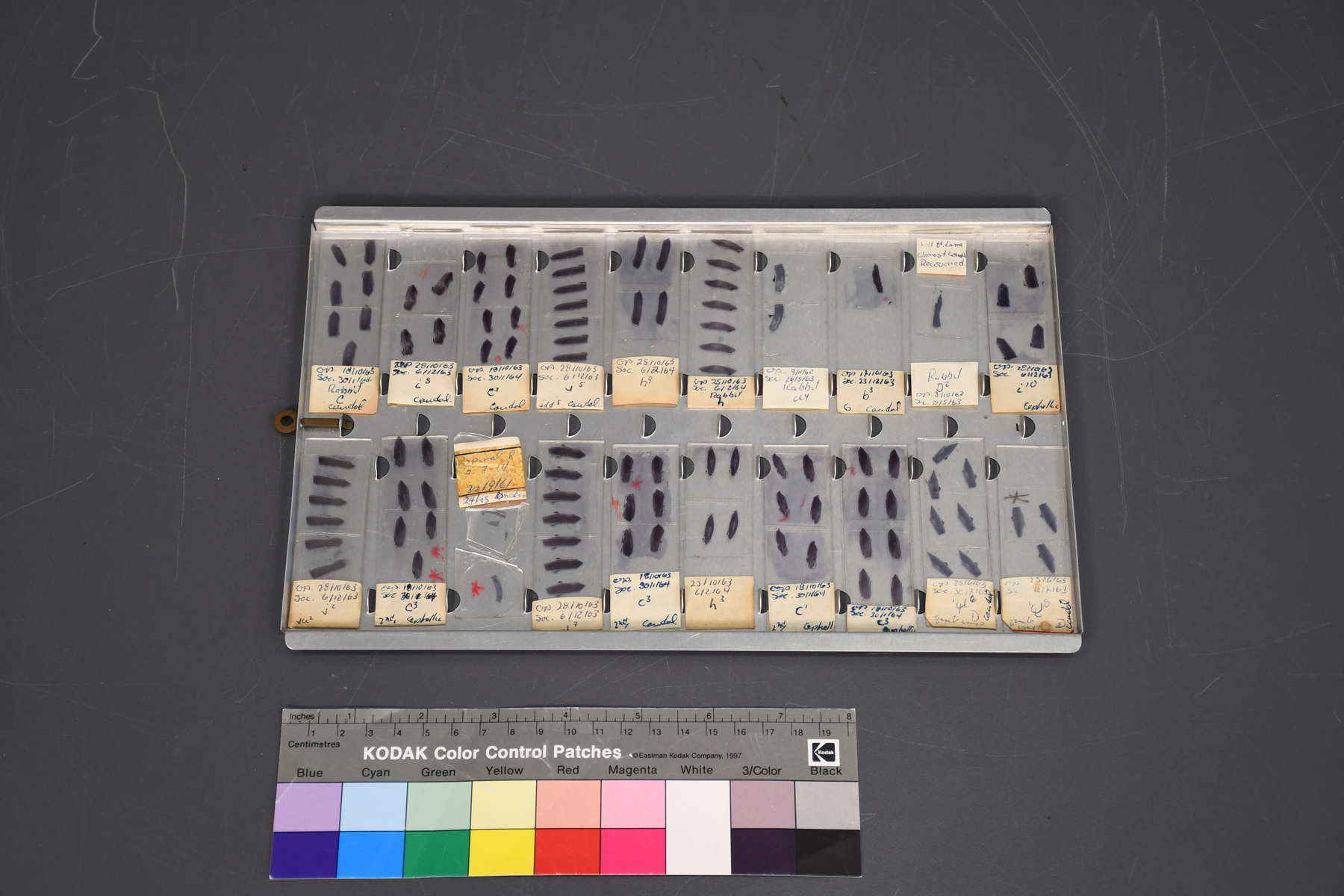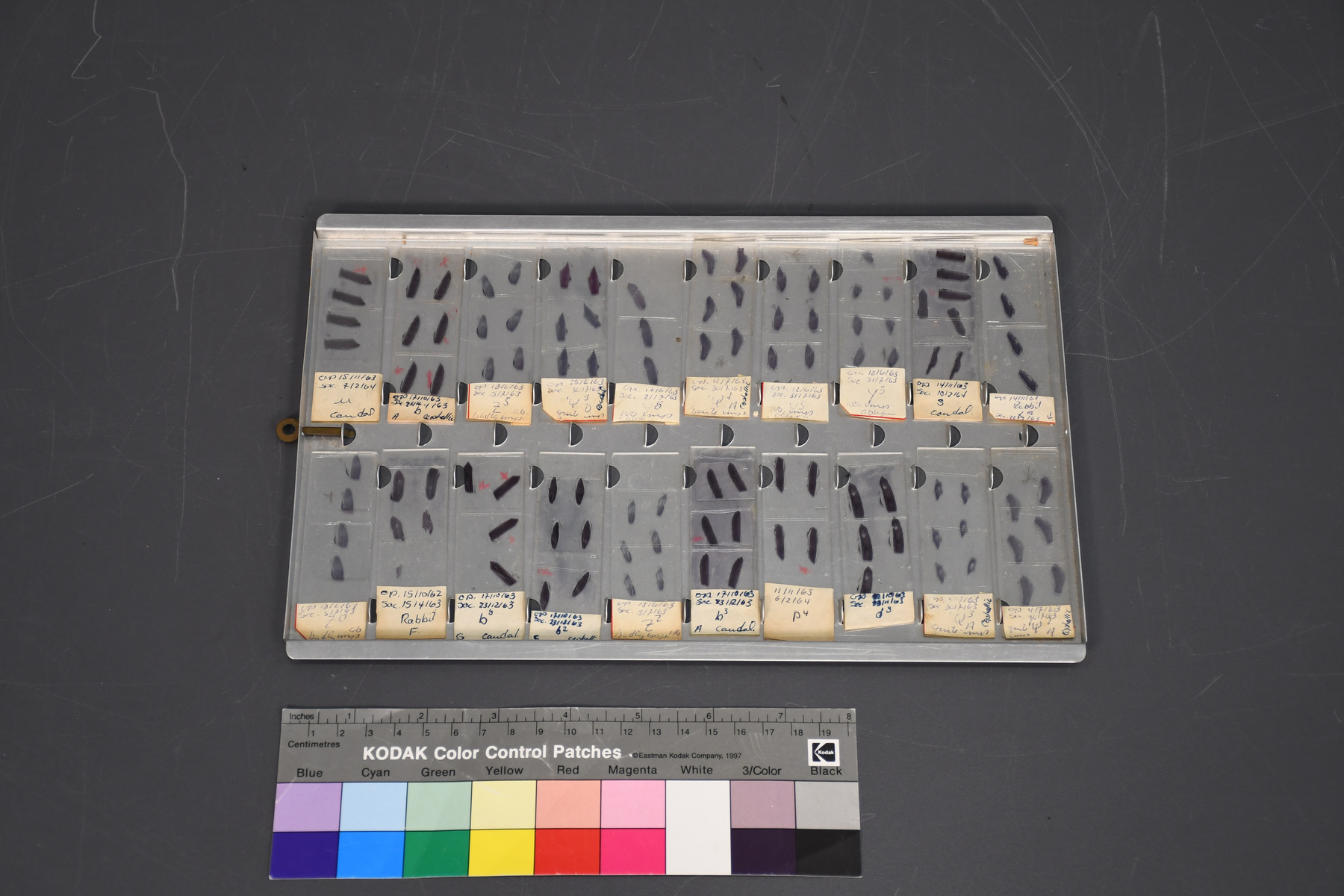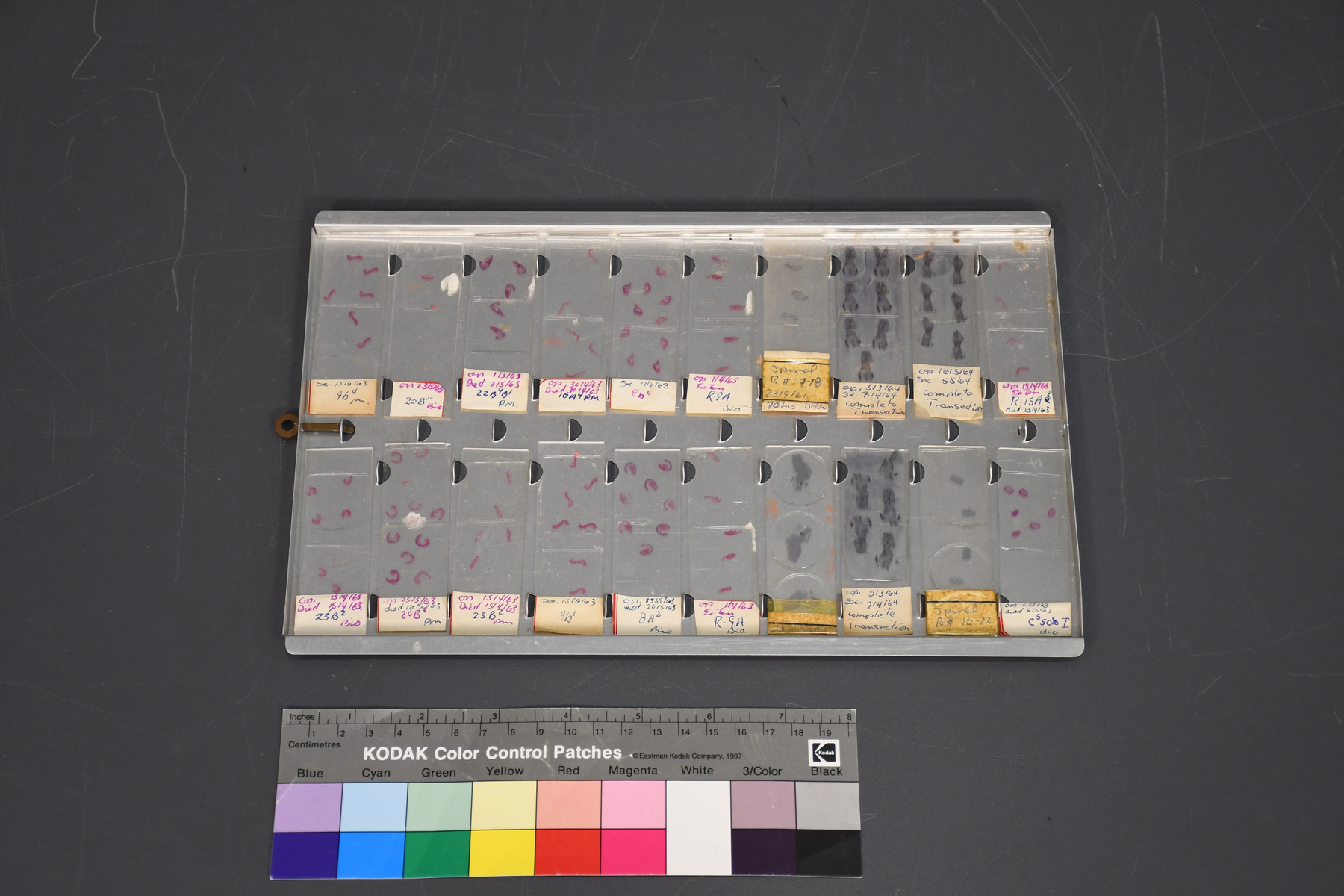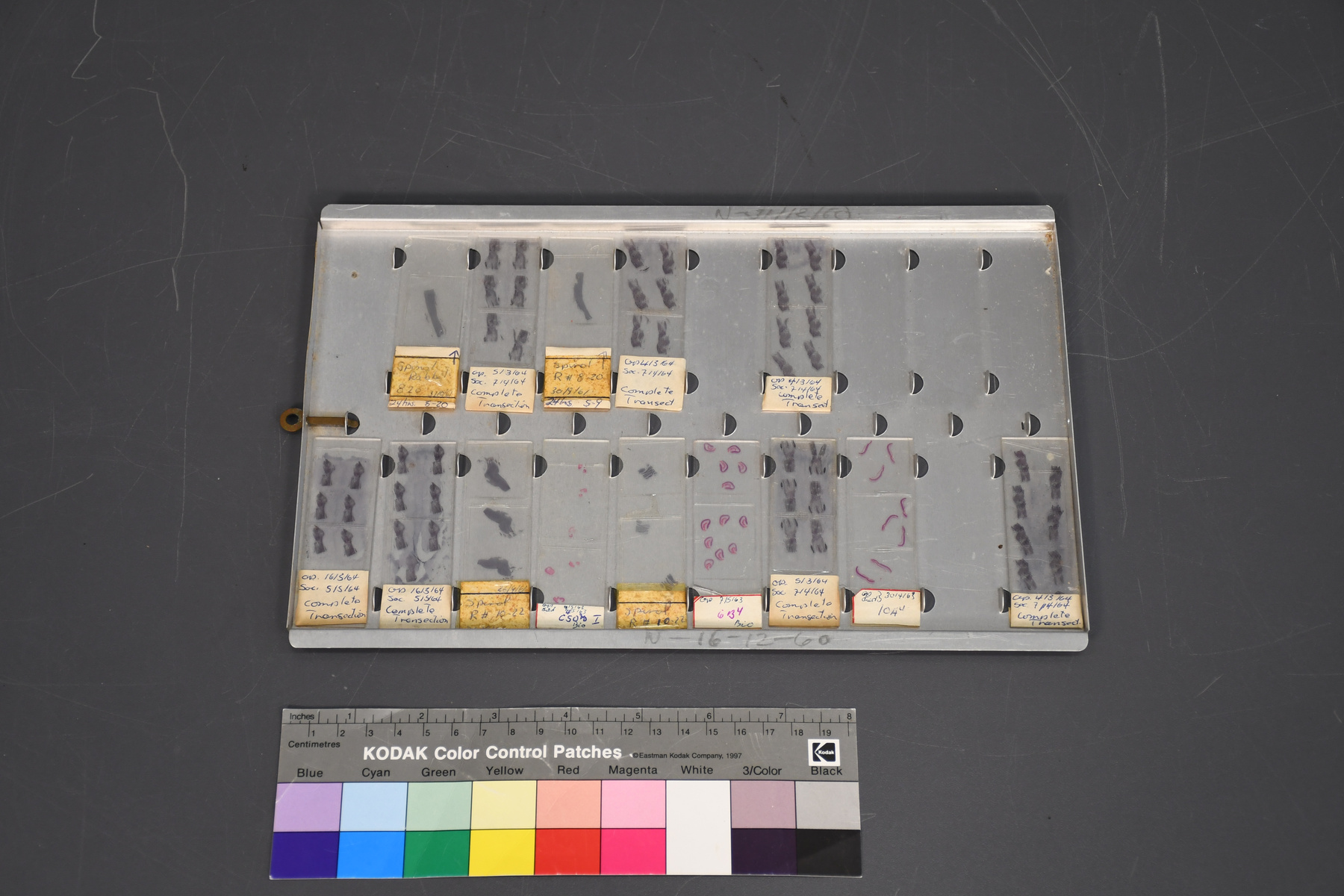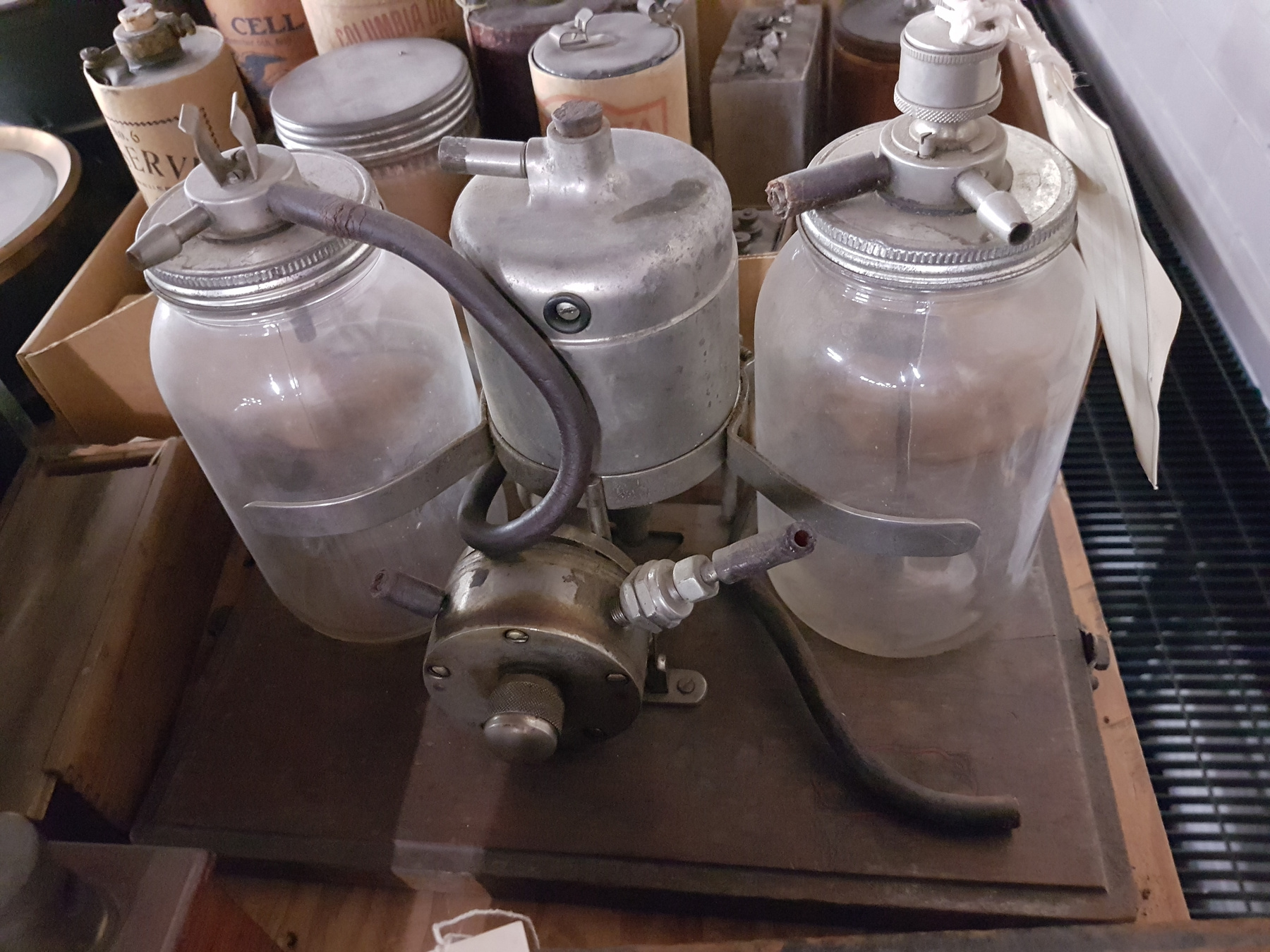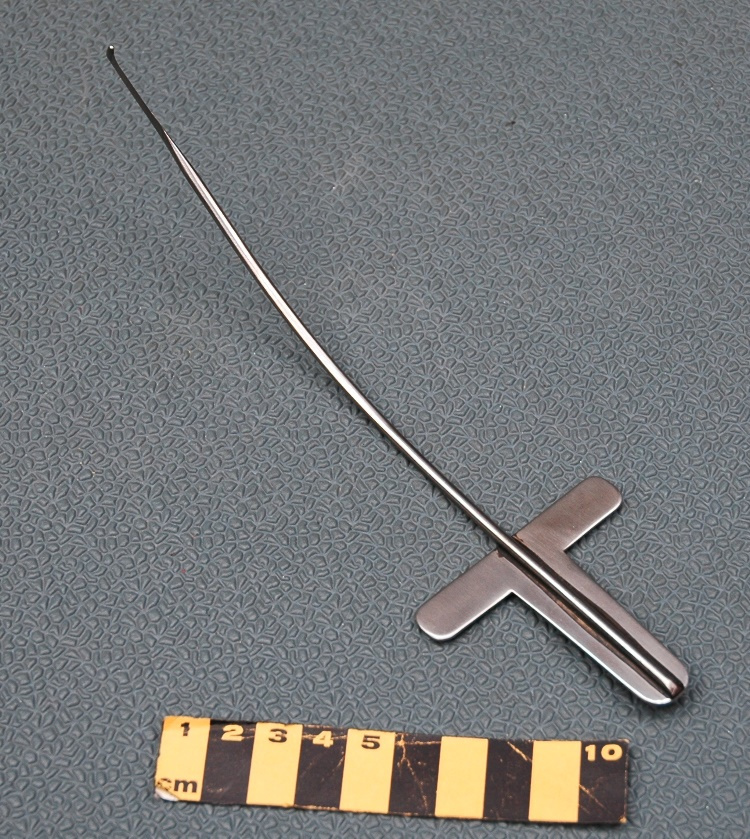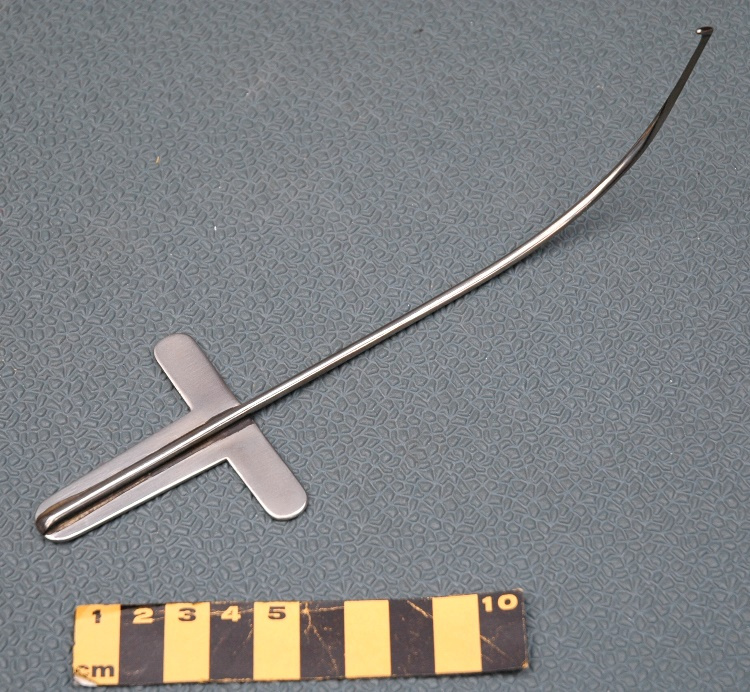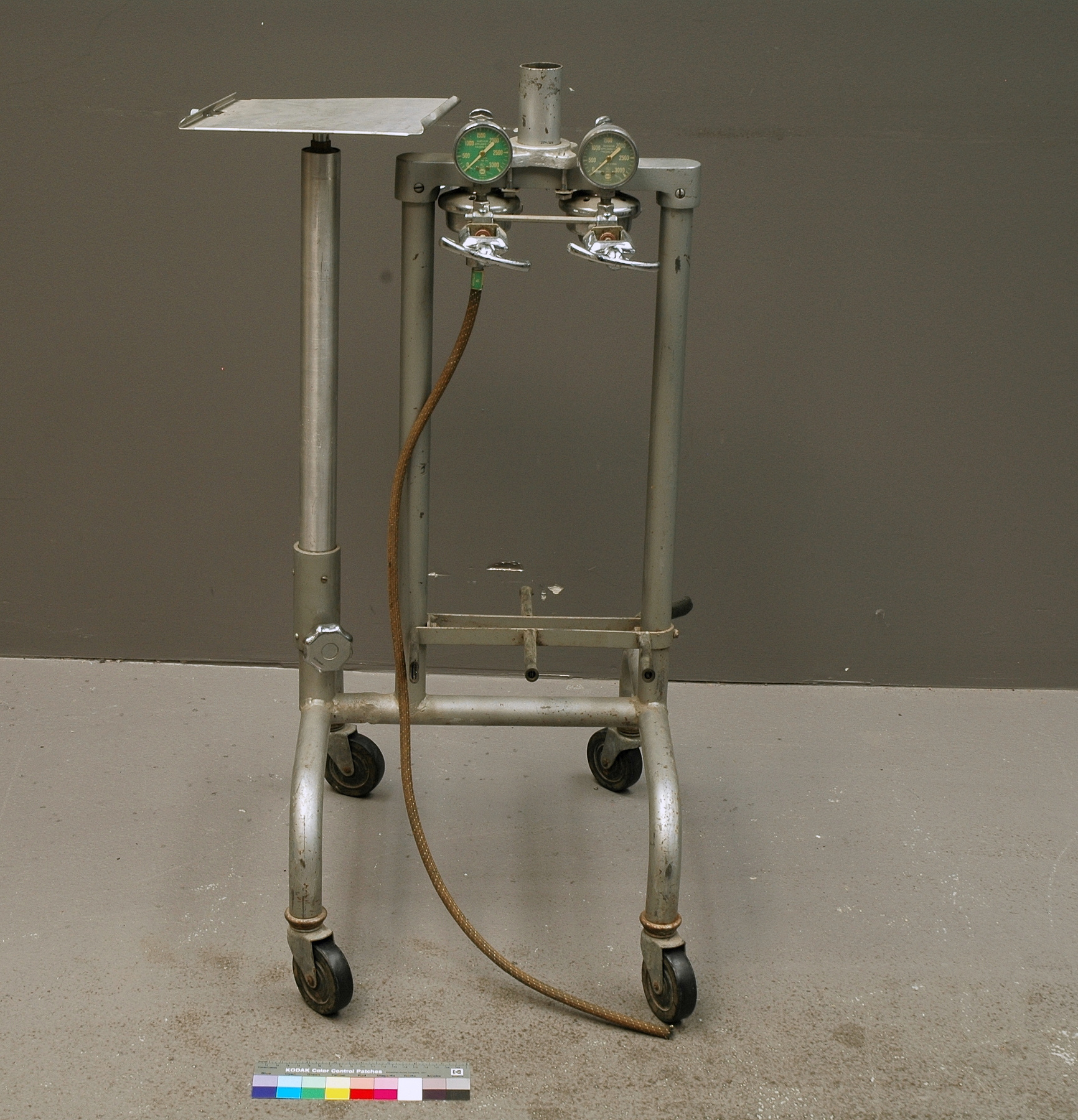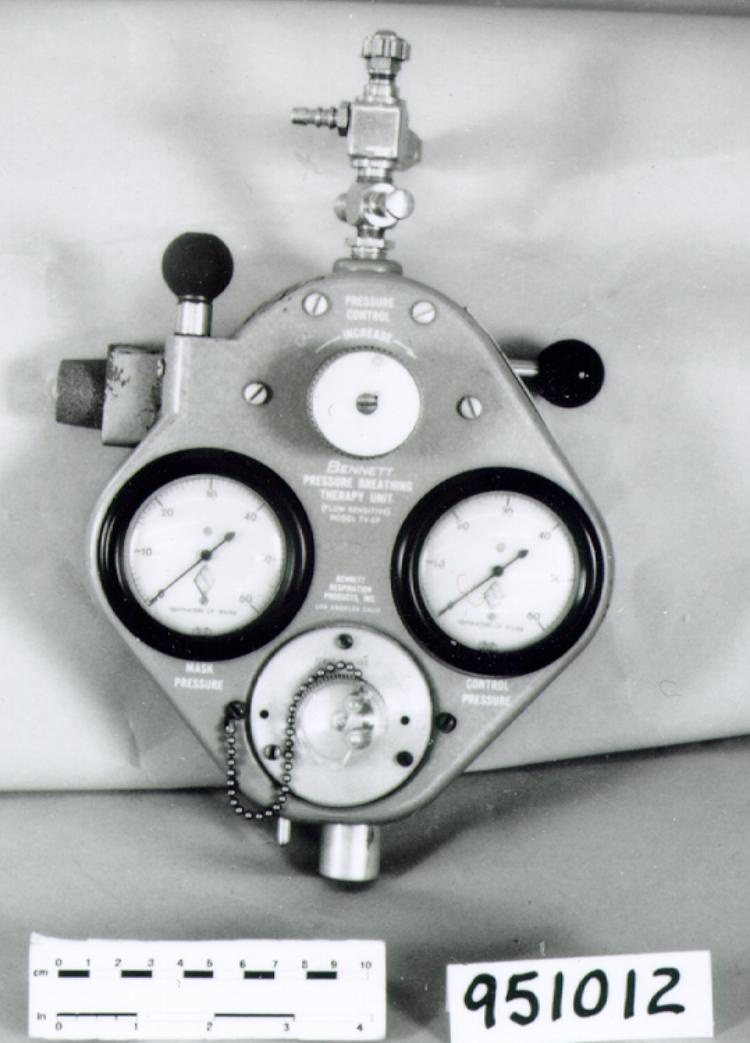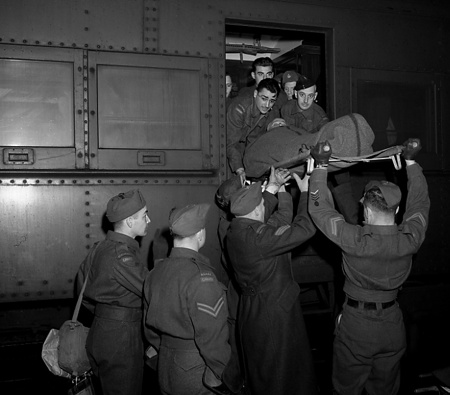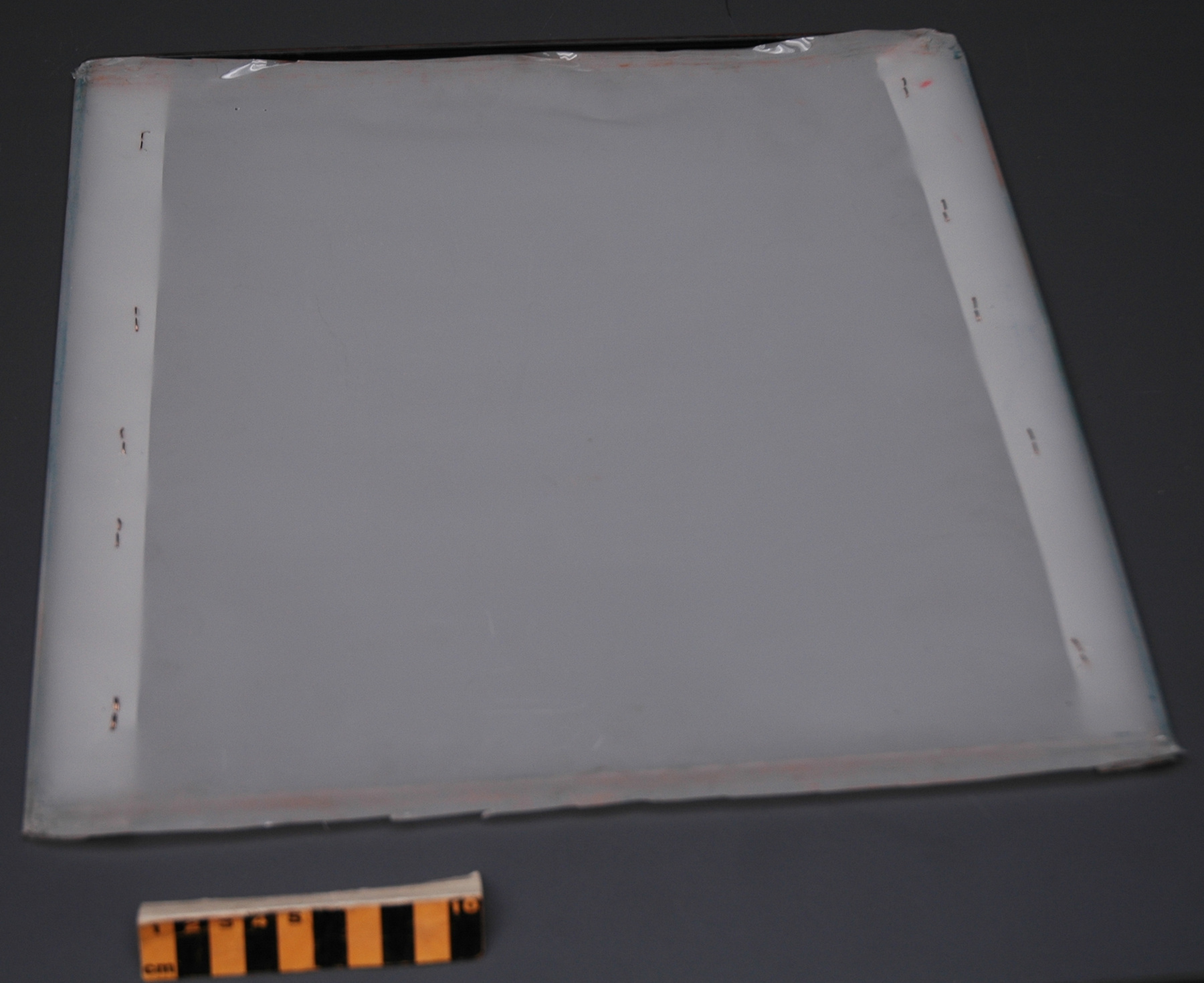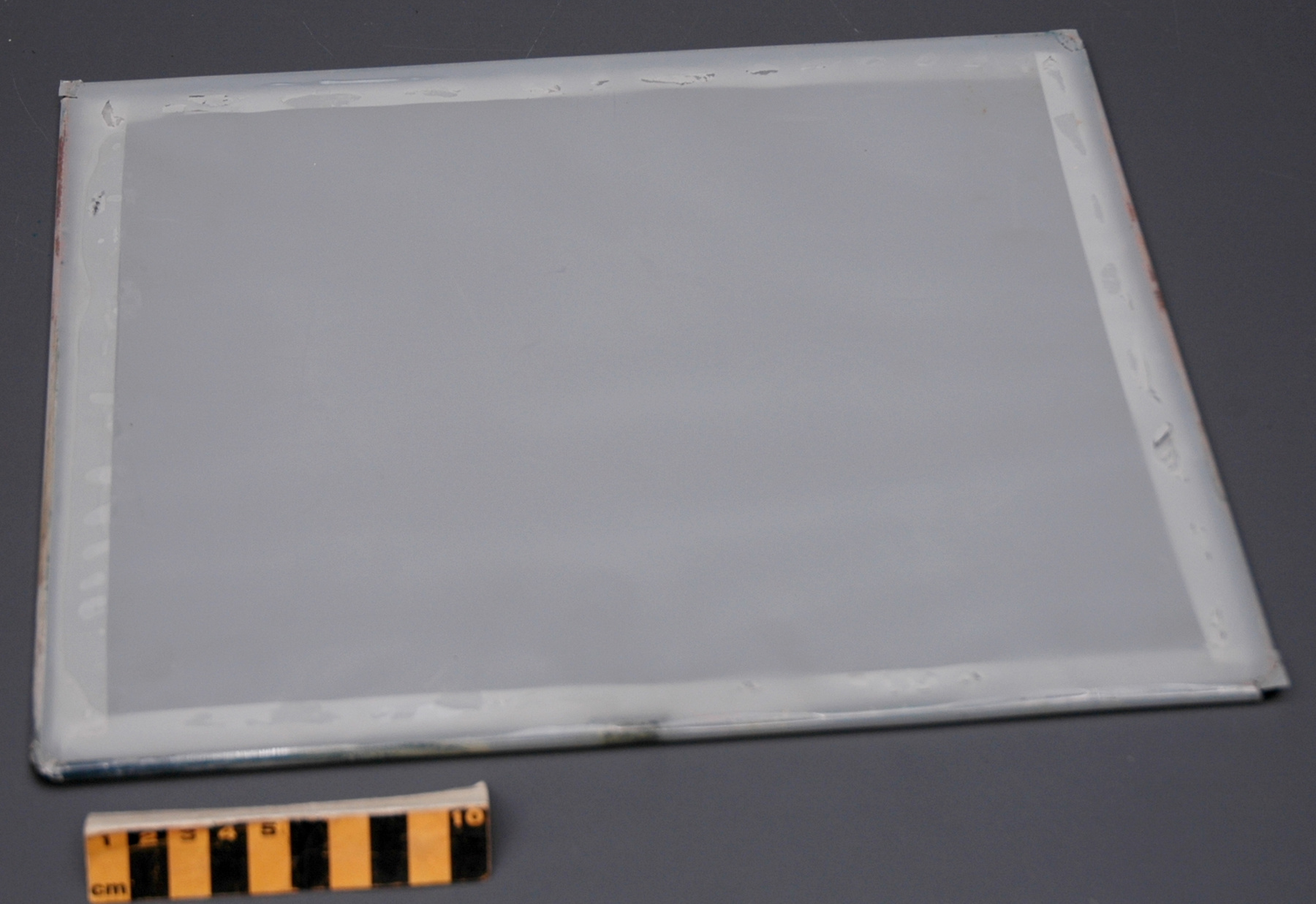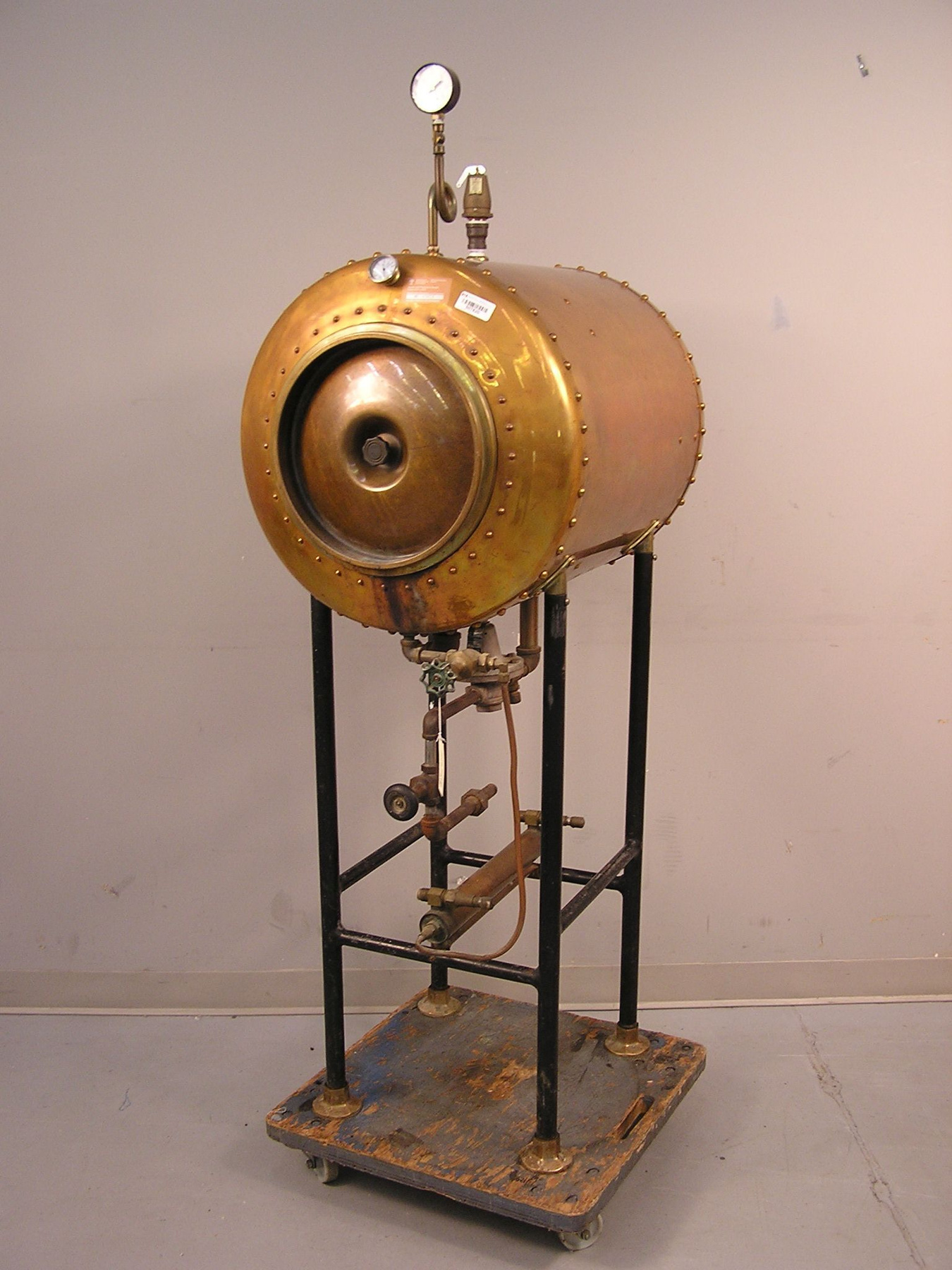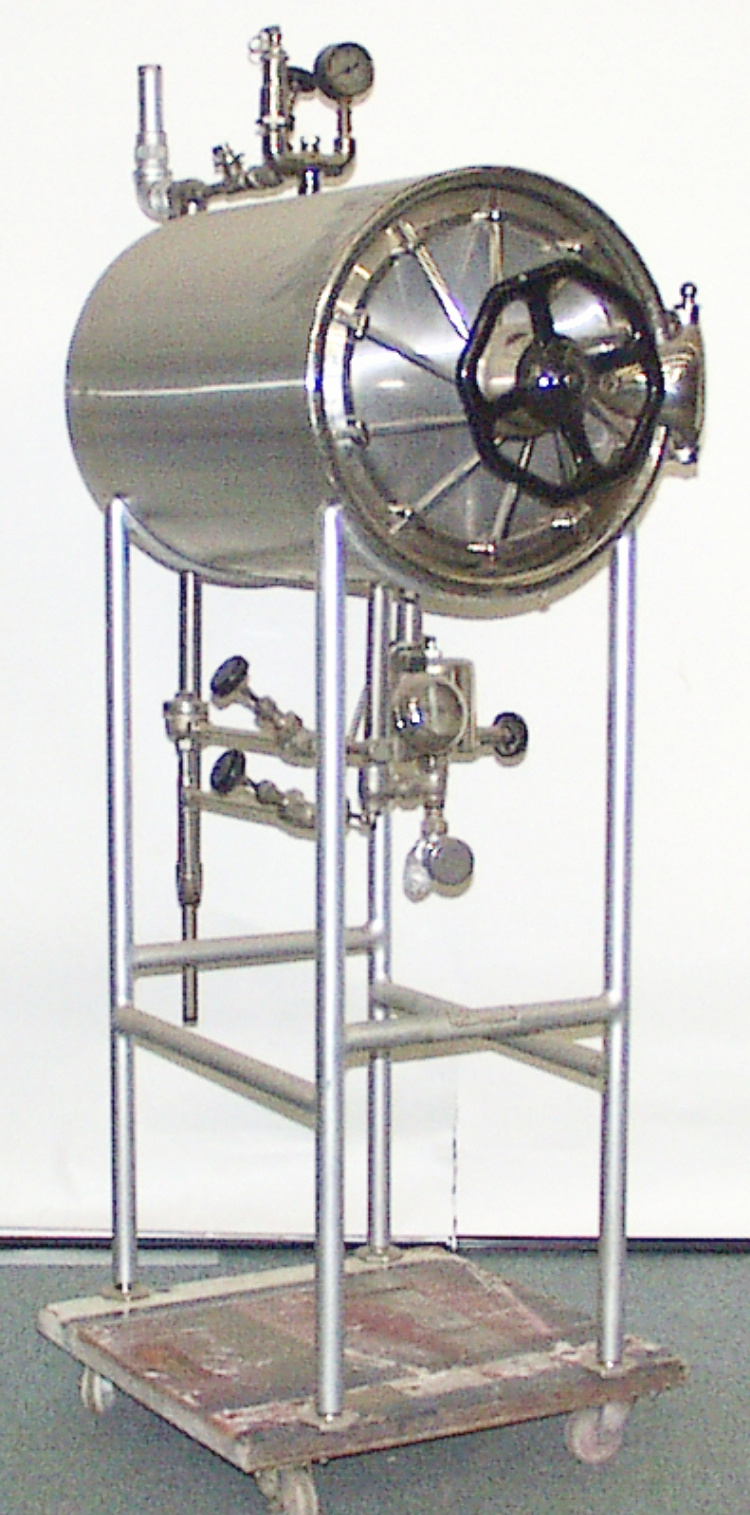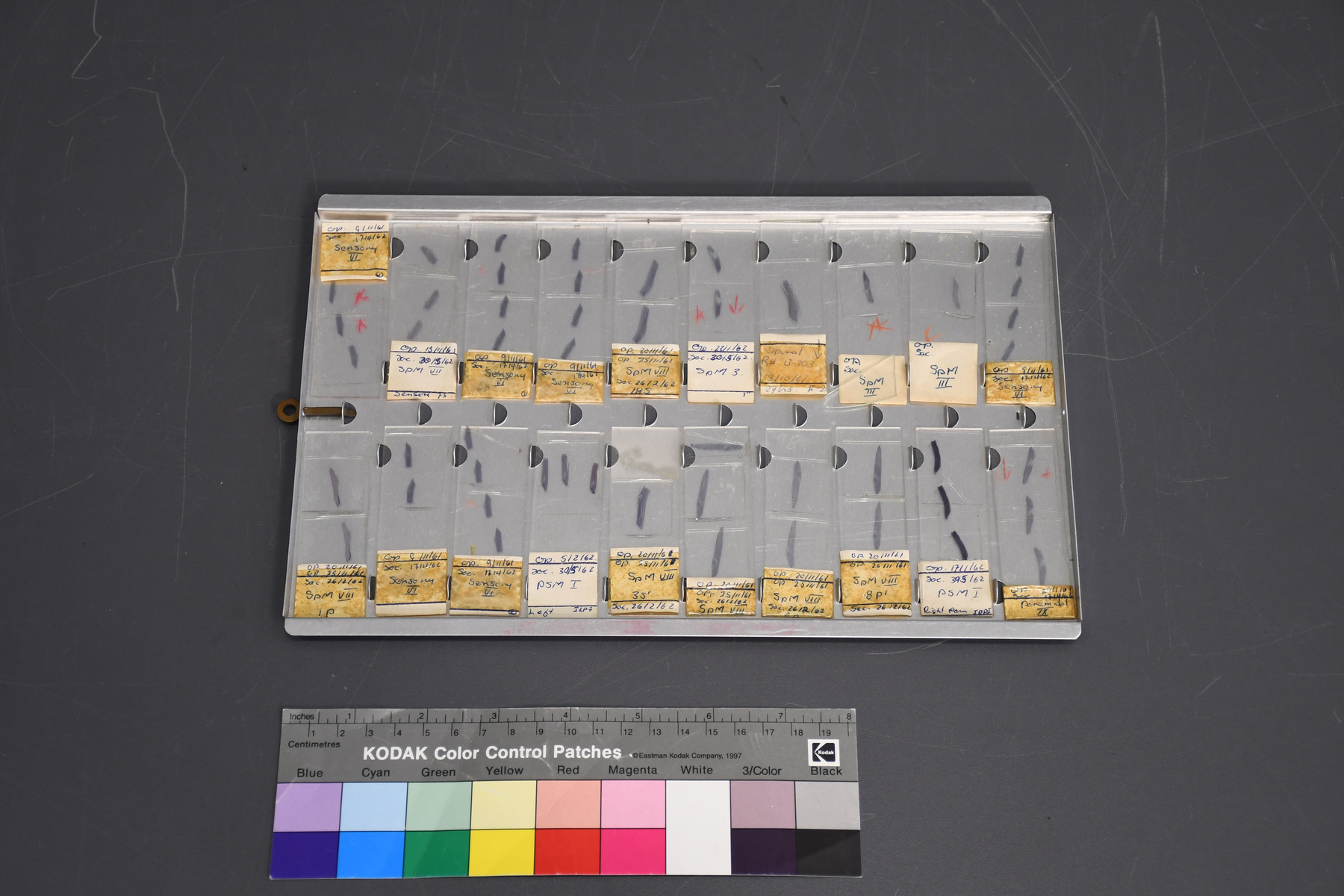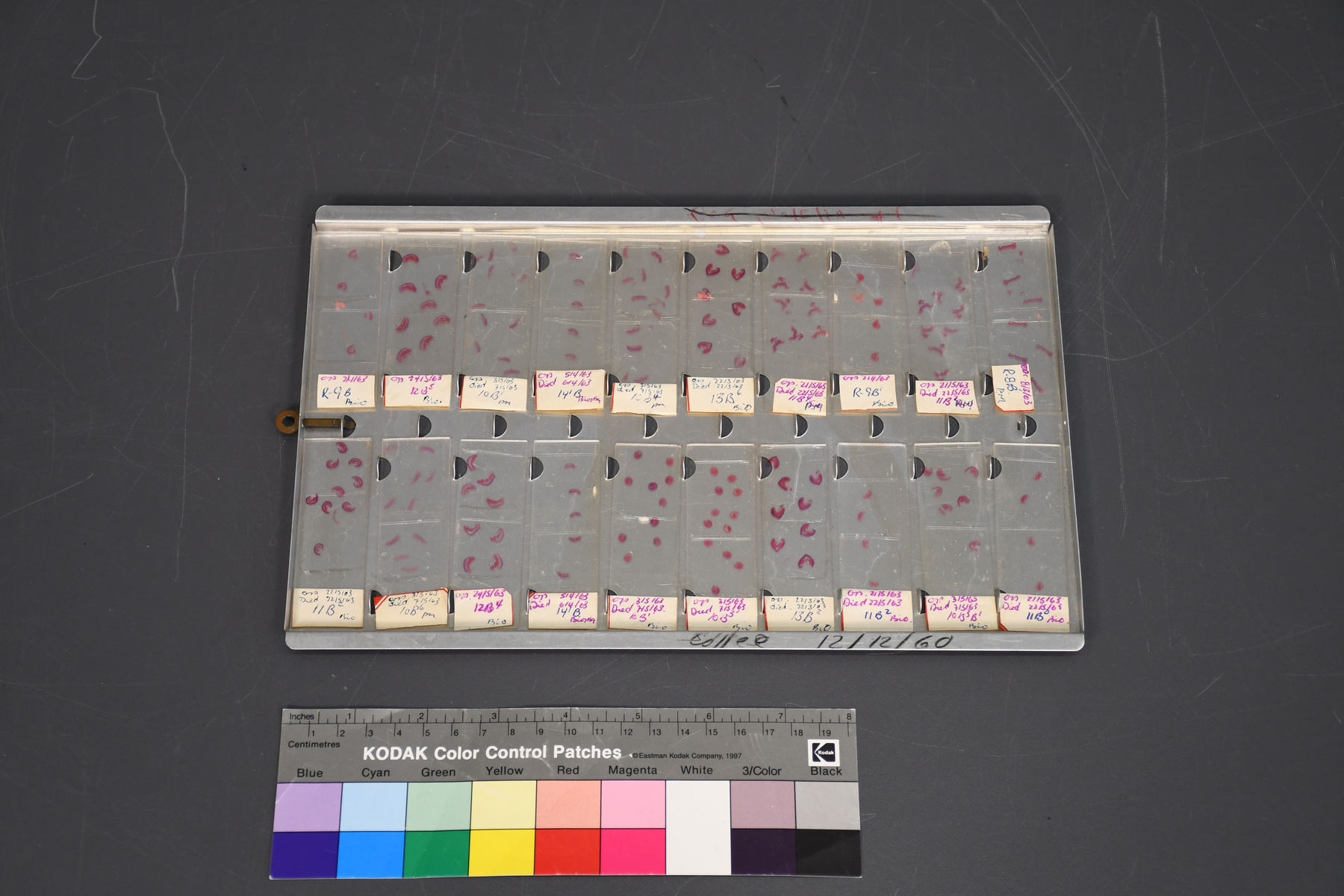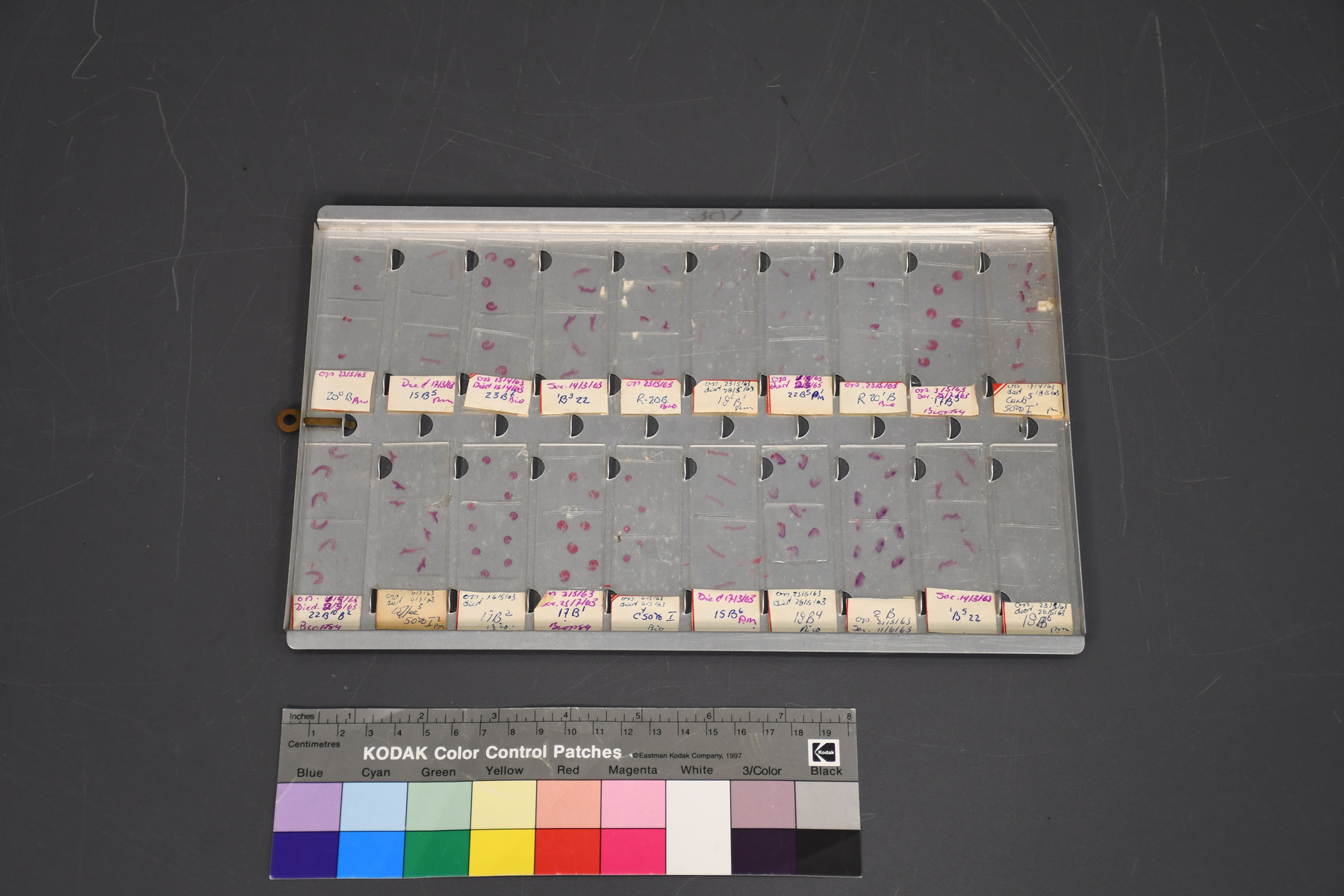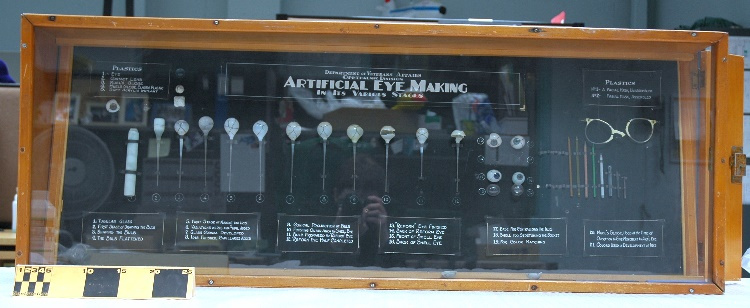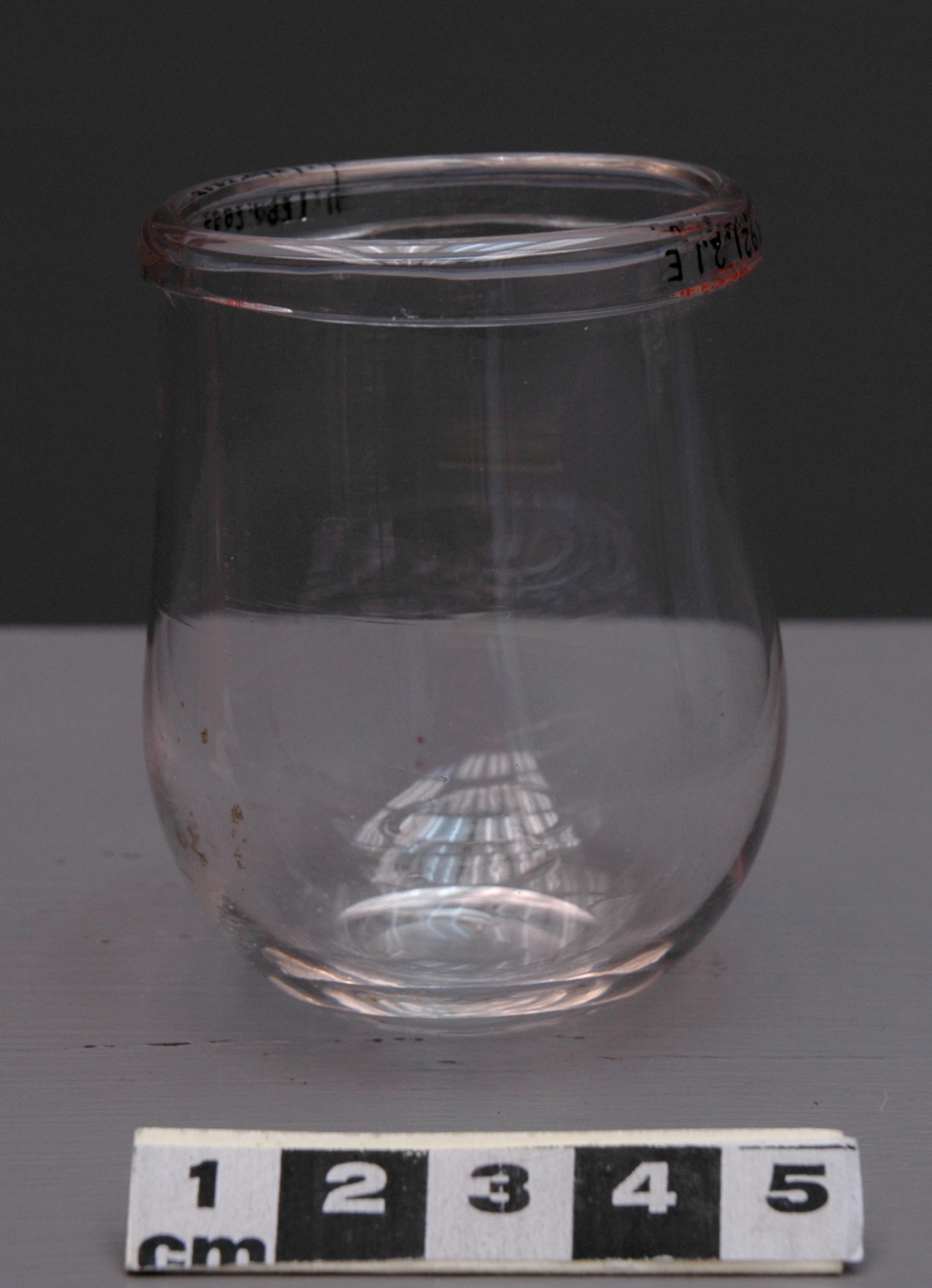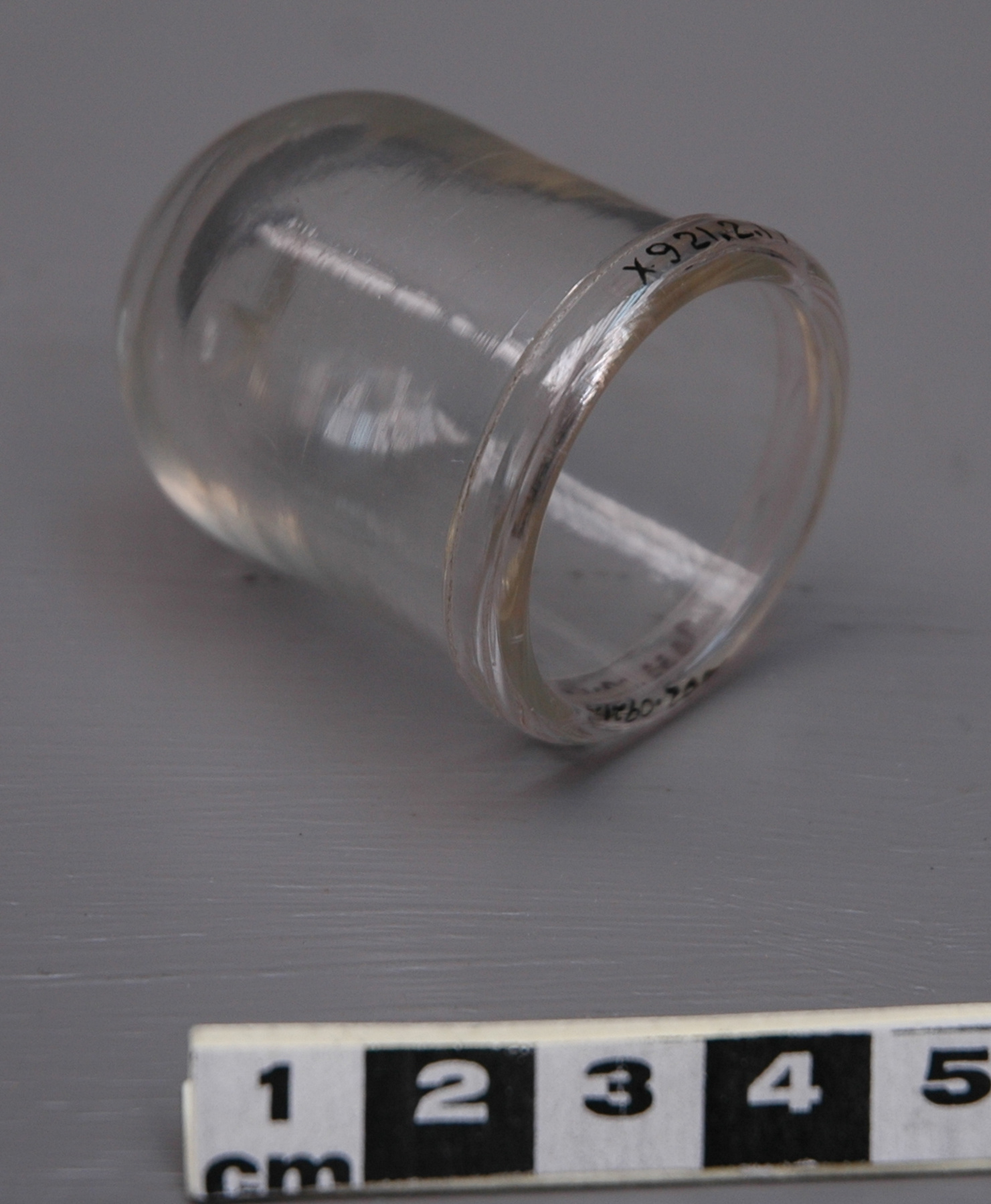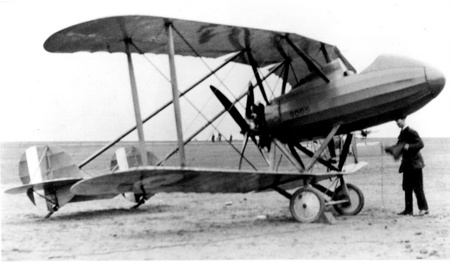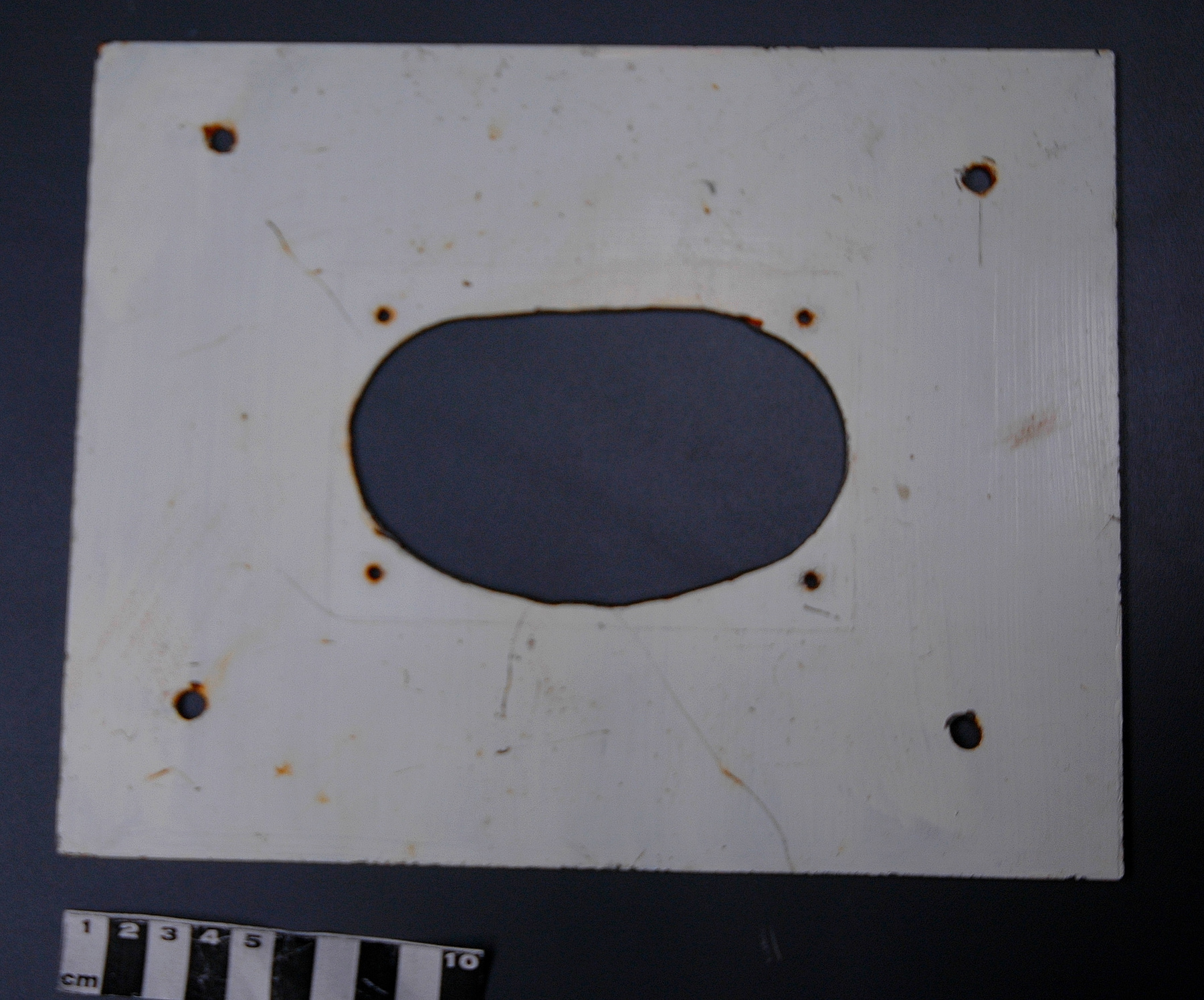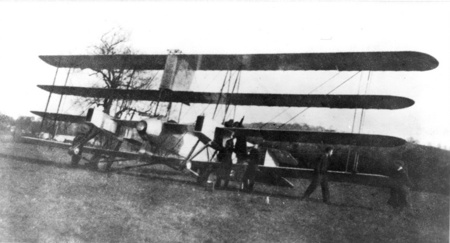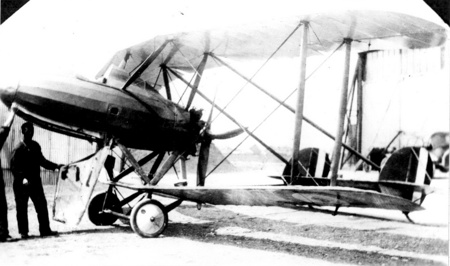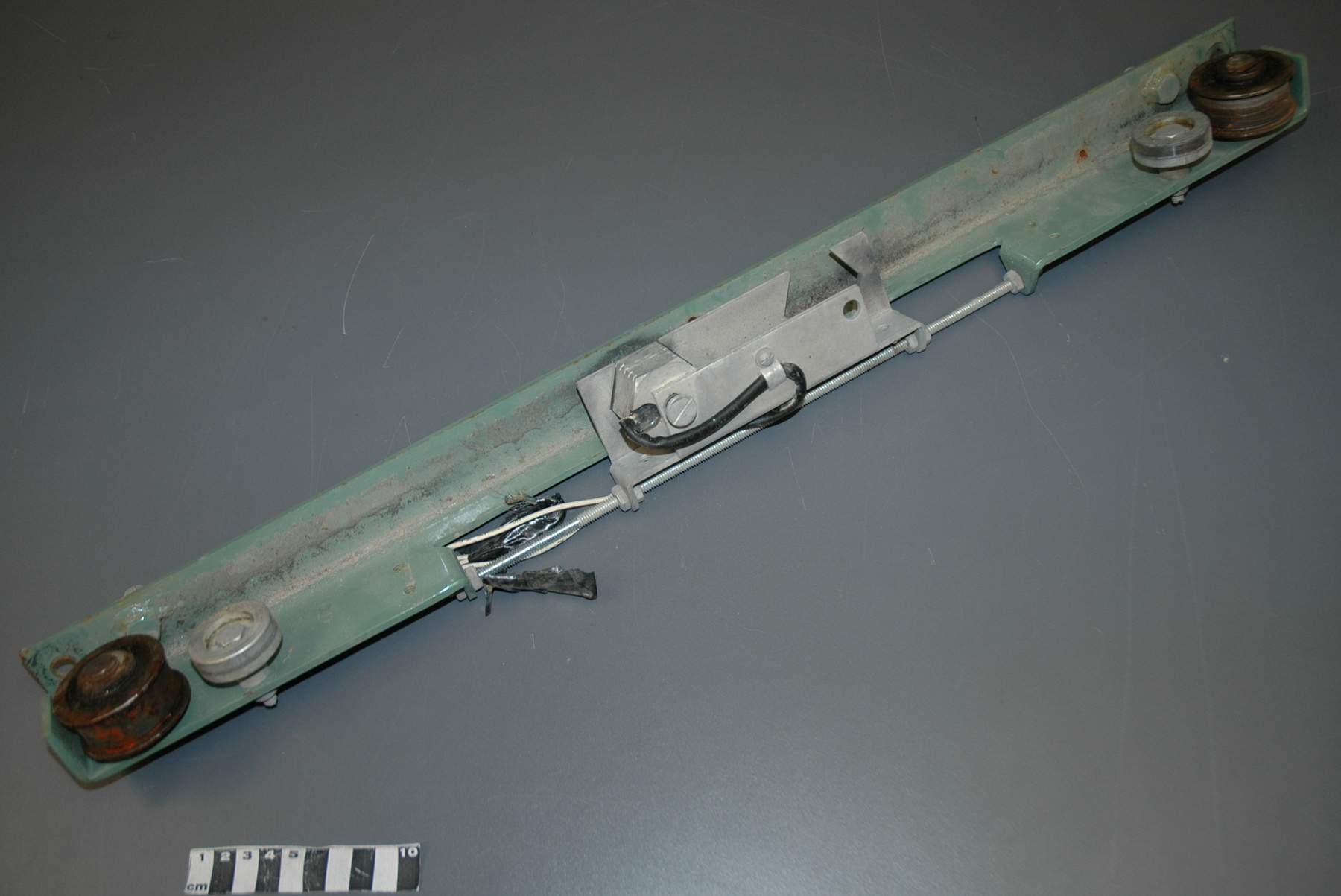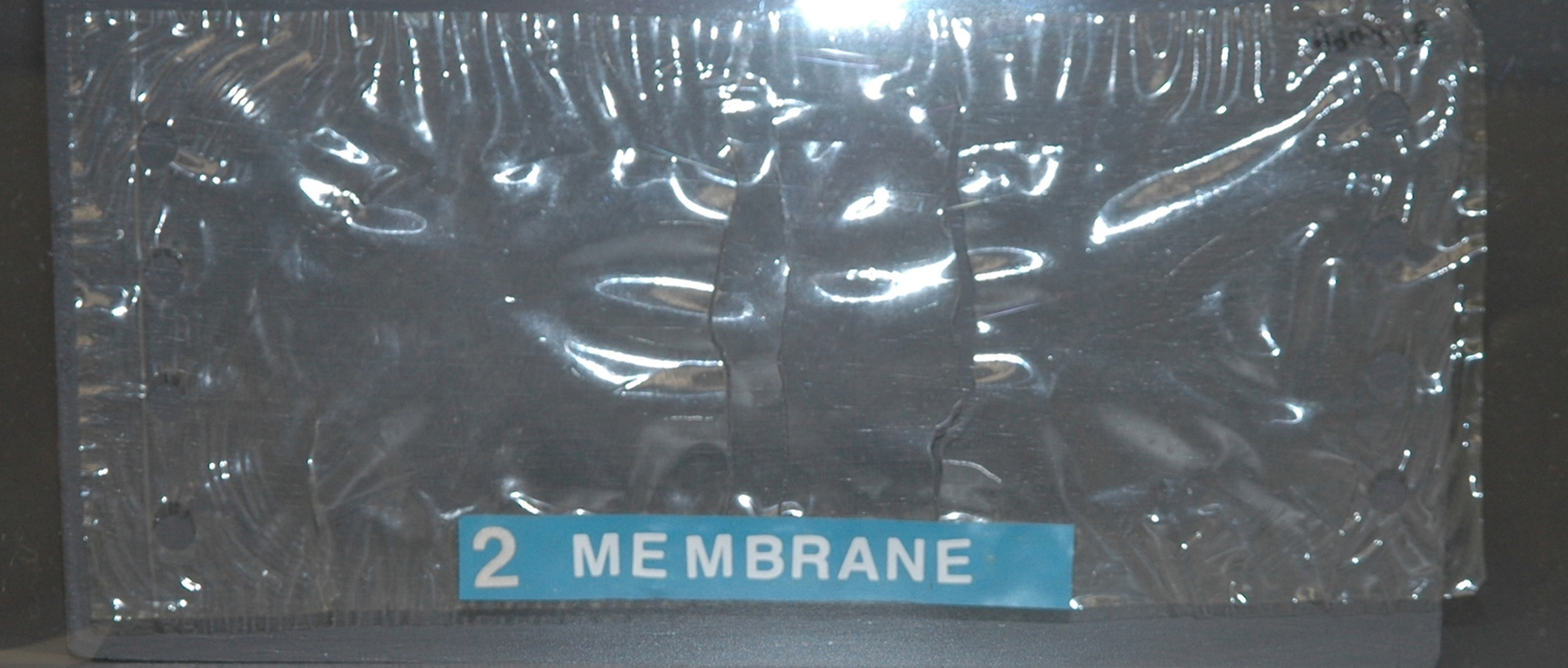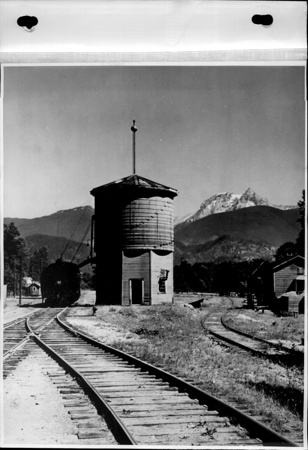Filtre
Utiliser cette image
Puis-je réutiliser cette image sans autorisation? Oui
Les images sur le portail de la collection d’Ingenium ont la licence Creative Commons suivante :
Copyright Ingenium / CC BY-NC-ND (Attribution-NonCommercial 4.0 International (CC BY-NC 4.0)
ATTRIBUER CETTE IMAGE
Ingenium,
2002.0620.007
Permalien:
Ingenium diffuse cette image sous le cadre de licence Creative Commons et encourage son téléchargement et sa réutilisation à des fins non commerciales. Veuillez mentionner Ingenium et citer le numéro de l’artefact.
TÉLÉCHARGER L’IMAGEACHETER CETTE IMAGE
Cette image peut être utilisée gratuitement pour des fins non commerciales.
Pour un usage commercial, veuillez consulter nos frais de reproduction et communiquer avec nous pour acheter l’image.
- TYPE D’OBJET
- S/O
- DATE
- 1951–1953
- NUMÉRO DE L’ARTEFACT
- 2002.0620.007
- FABRICANT
- Murray, Dr. G. & Roschlau, Dr. W.
- MODÈLE
- Inconnu
- EMPLACEMENT
- Toronto, Ontario, Canada
Plus d’information
Renseignements généraux
- Nº de série
- prototype
- Nº de partie
- 7
- Nombre total de parties
- 10
- Ou
- artificial kidney machine dialyzer
- Brevets
- S/O
- Description générale
- cellophane (stored inside mylar envelope)
Dimensions
Remarque : Cette information reflète la taille générale pour l’entreposage et ne représente pas nécessairement les véritables dimensions de l’objet.
- Longueur
- 19,5 cm
- Largeur
- 8,4 cm
- Hauteur
- S/O
- Épaisseur
- S/O
- Poids
- S/O
- Diamètre
- S/O
- Volume
- S/O
Lexique
- Groupe
- Technologie médicale
- Catégorie
- Matériel médical
- Sous-catégorie
- S/O
Fabricant
- Ou
- Murray Roschlau
- Pays
- Canada
- État/province
- Ontario
- Ville
- Toronto
Contexte
- Pays
- Canada
- État/province
- Ontario
- Période
- Used c. 1951-1953.
- Canada
-
Second artificial kidney designed and manufactured by Drs. Gordon Murray and Walter Roschlau at W.P Caven Research Foundation, Toronto c. 1951-1953. It was used experimentally in his laboratory on Holmwood Ave. (site of the CRV) and once for emergency treatment on a patient suffering kidney failure at Toronto General Hospital. [Ref.4] Murray's second-generation machine was an improvement from the original: it's design features made it more compact and efficient, easier to handle, set-up and use, and less intimidating for both patient and hospital staff. [Ref. 8] Murray abandoned his renal dialysis research c. 1954 . Murray was a remarkable surgeon and innovator whose work earned him international recognition. In the 1930s Dr. Murray introduced the anticoagulant Heparin to world clinical practice; in the '40s he developed the first artificial kidney in North America; and in 1955 he performed the first successful transplant of a human heart valve. Unfortunately, these achievements are often overshadowed by his later, controversial work on an anti-cancer serum, and on unconventional surgery for injuries caused by traumatic paraplegia. (2002.0619 Ref. 3] - Fonction
-
Part of assembled filter unit of artificial kidney machine. - Technique
-
Within dialyzer, cellophane sheet is sandwiched between a rubber gasket and and blood chamber: two cellophane sheets are arranged in this way in each dialyzing unit. The cellophane dialyzing sheets are made of sausage casing supplied by C.A. Pemberton & Co. Ltd. (1953), Toronto. When dry, they are cut to the size of the blood frames. Because cellophane has a tendency to expand slightly when wet, the required number of sheets is then soaked in water. Covered with a blood frame for full immersion, the soaking sheets [n their water bath] are autoclaved. After cooling, a blood frame template is positioned over the stacked wet sheets, and eight holes punched with a sharp cork borer. The still-wet sheets are placed in a suitable container filled with water, and autoclaved again for storage. Cellophane (Pemberton W x 24) is impermeable to bacteria and viruses, so dialysate [solution] does not require sterilization for use. [Ref. 5] - Notes sur la région
-
Inconnu
Détails
- Marques
- UHN catalogue no. "994.18.1" printed by hand in black ink in one corner . "2 MEMBRANE" printed in white on blue label applied to lower front edge of mylar storage & display envelope housing sheet.
- Manque
- None.
- Fini
- clear cellophane sheet stored with clear mylar envelope.
- Décoration
- S/O
FAIRE RÉFÉRENCE À CET OBJET
Si vous souhaitez publier de l’information sur cet objet de collection, veuillez indiquer ce qui suit :
Murray, Dr. G. & Roschlau, Dr. W., Filtre, entre 1951–1953, Numéro de l'artefact 2002.0620, Ingenium - Musées des sciences et de l'innovation du Canada, http://collections.ingeniumcanada.org/fr/id/2002.0620.007/
RÉTROACTION
Envoyer une question ou un commentaire sur cet artefact.
Plus comme ceci

